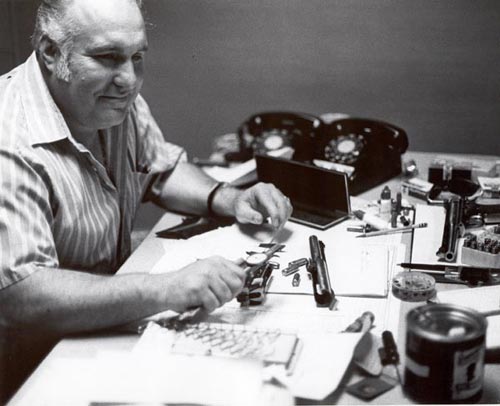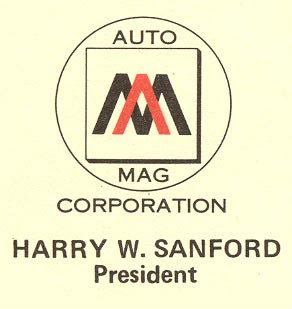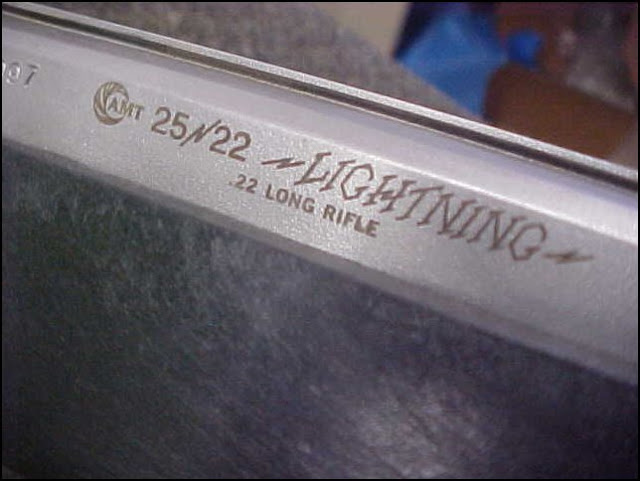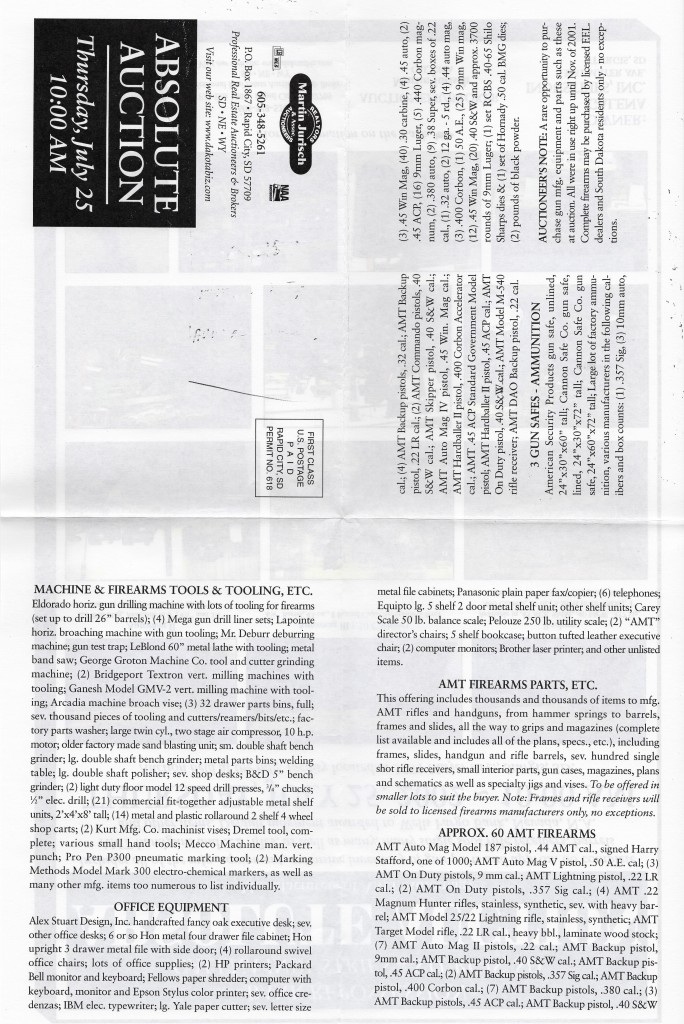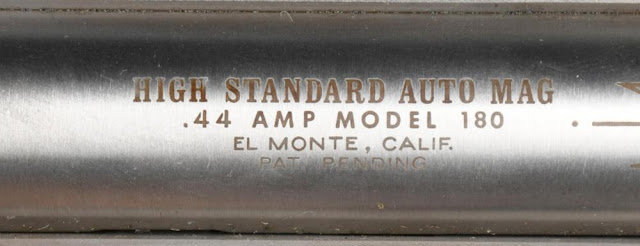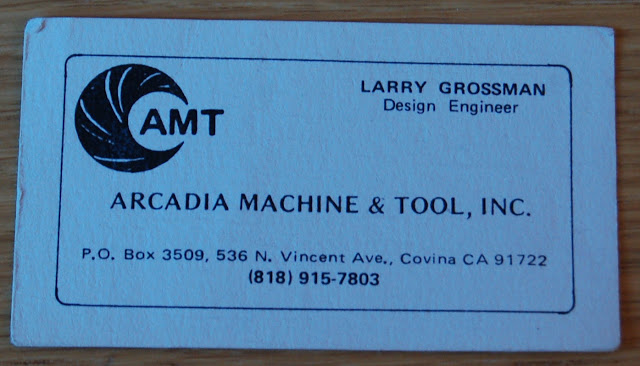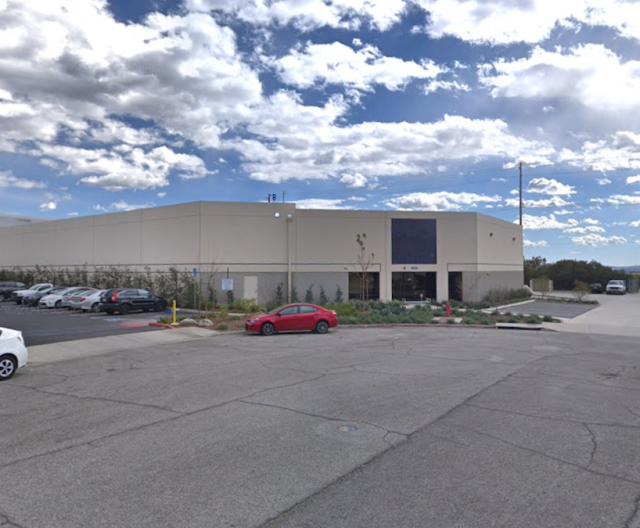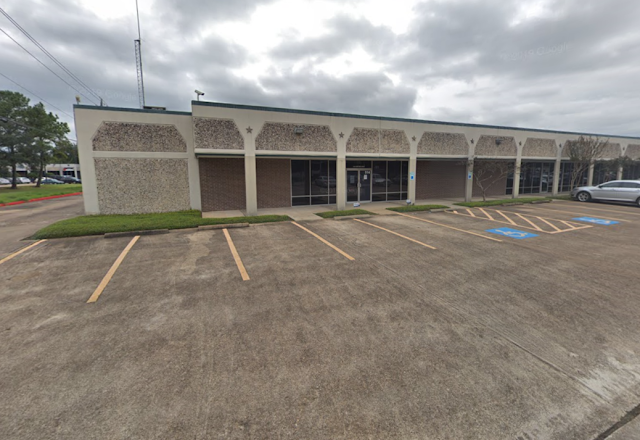Category: All About Guns
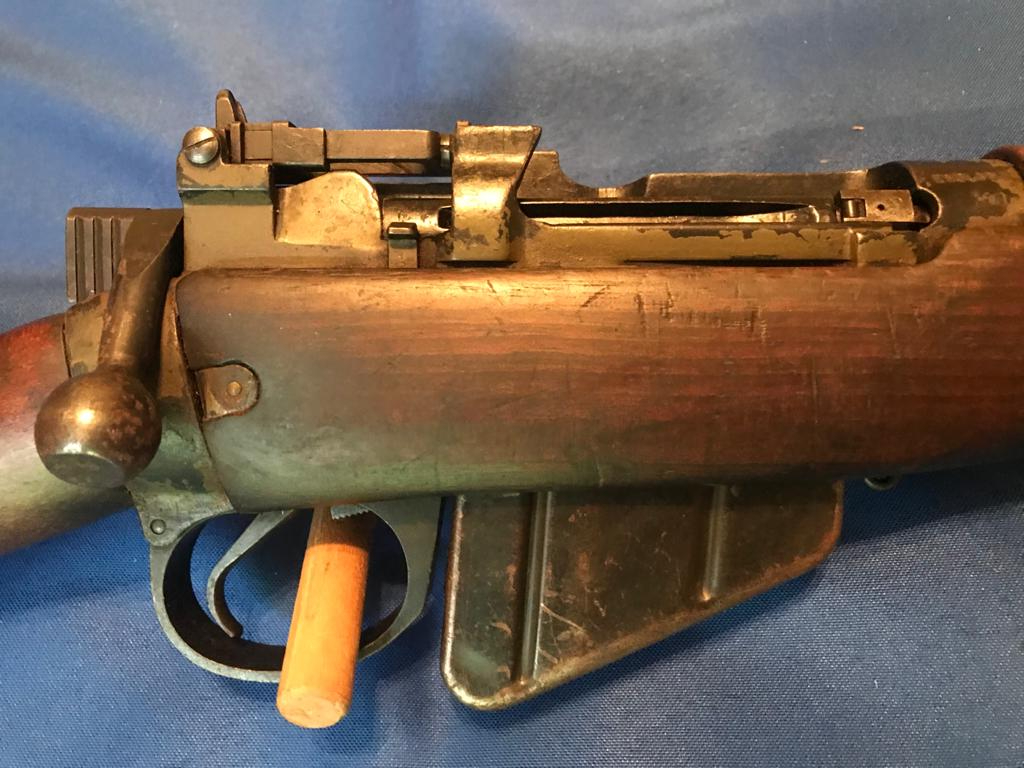
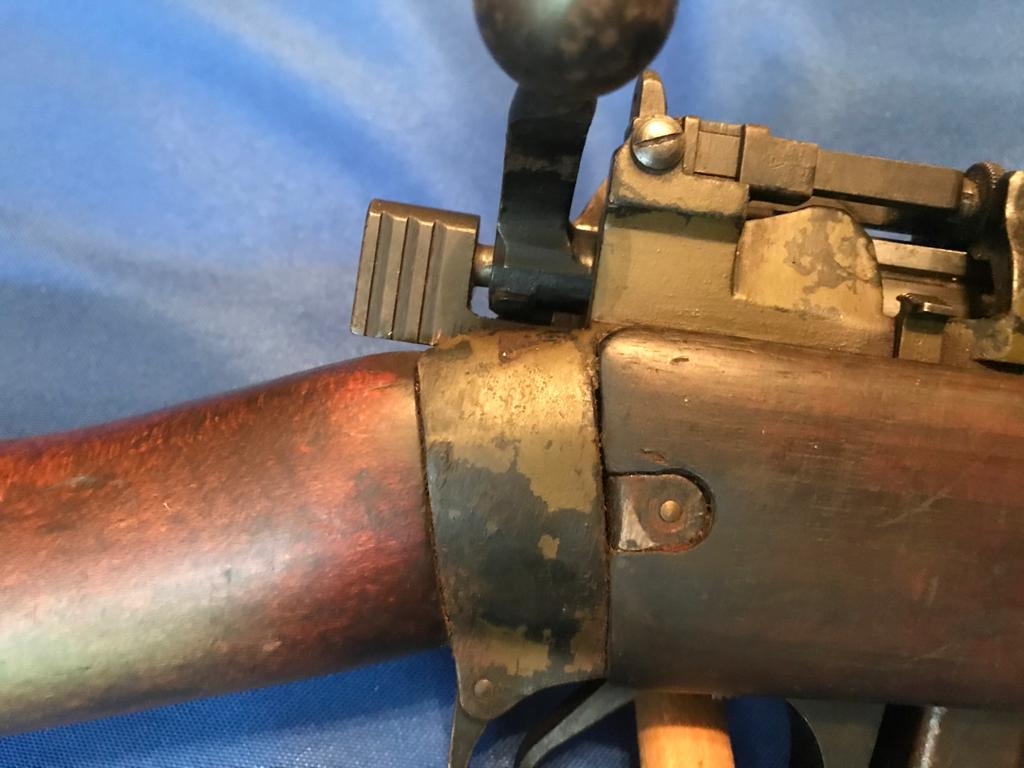
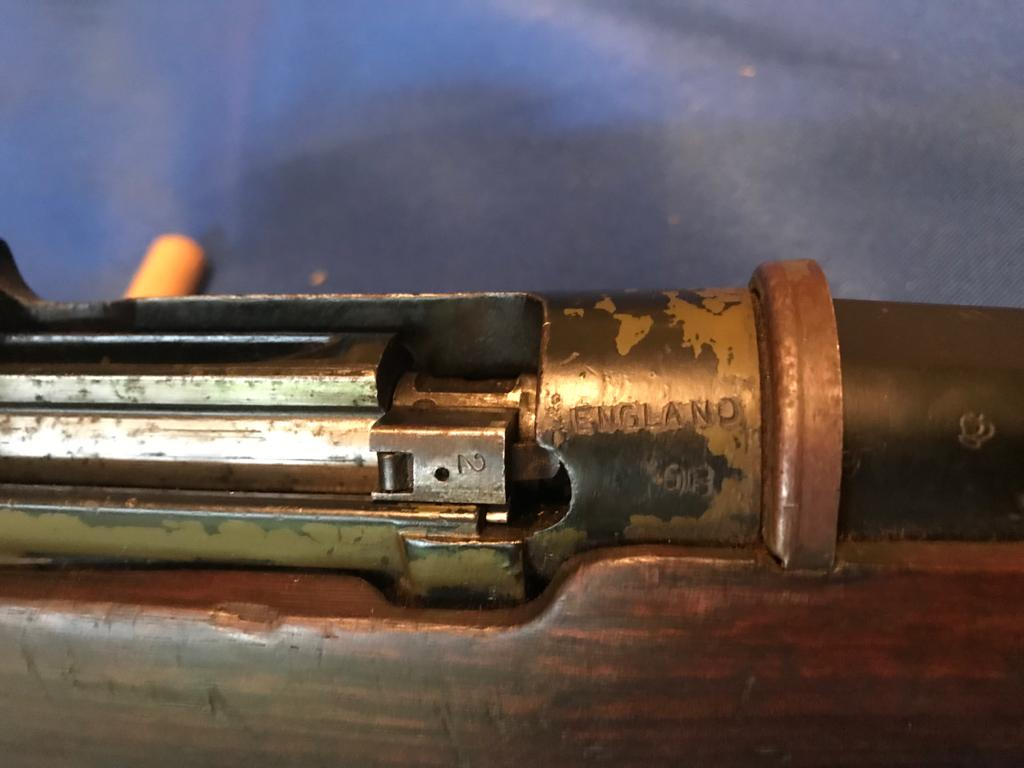
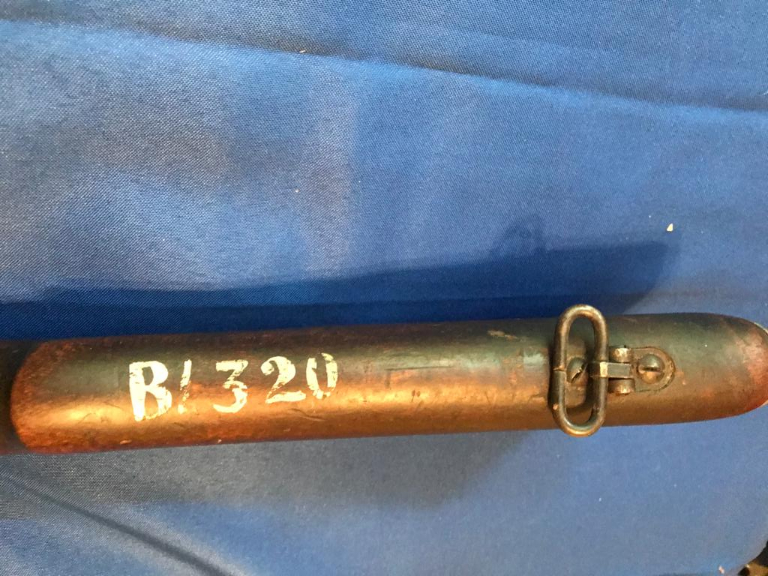
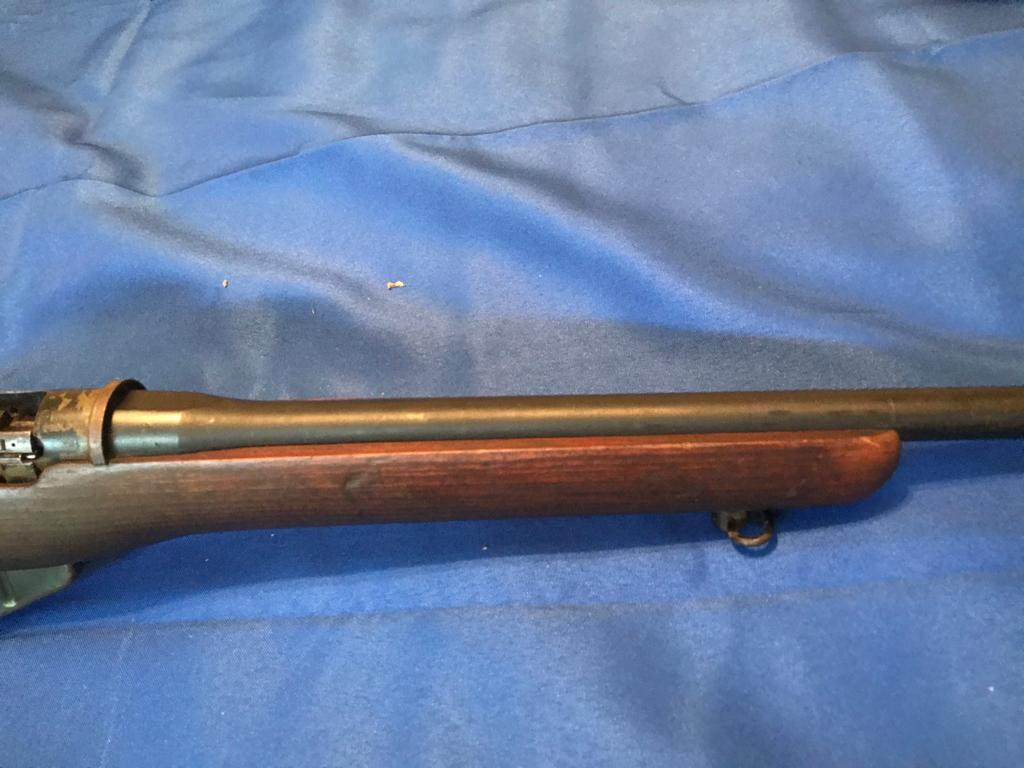
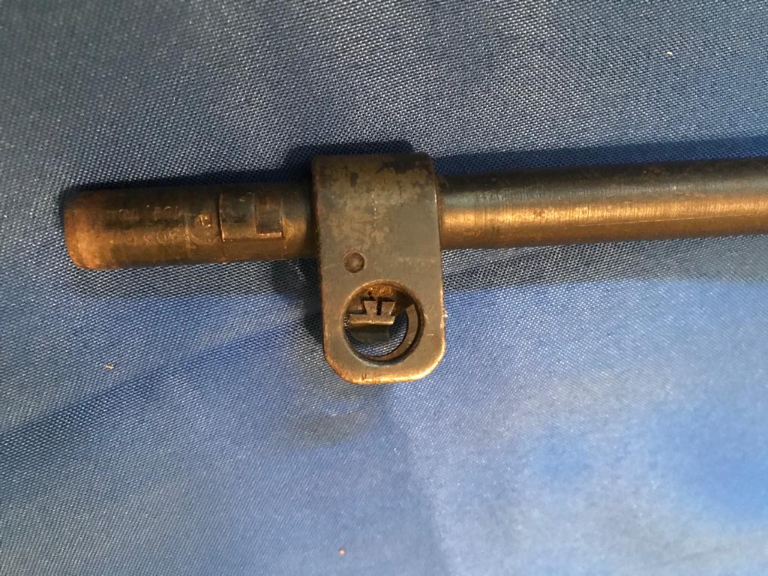
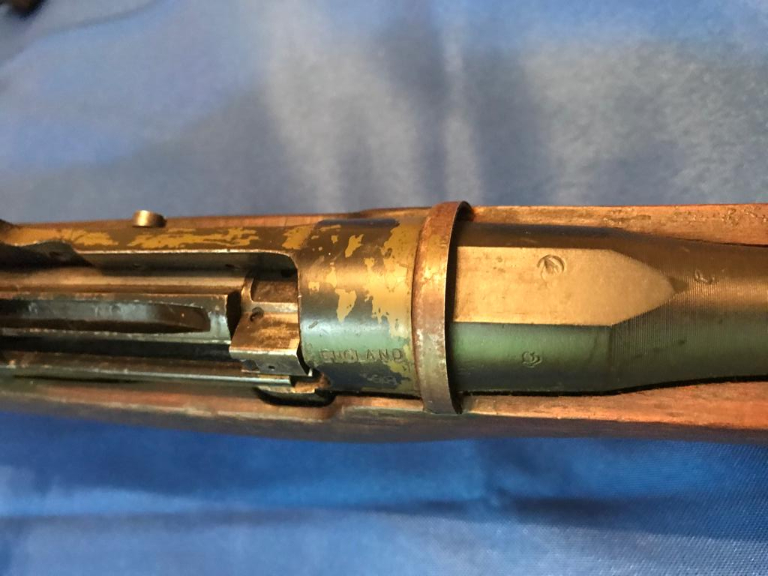
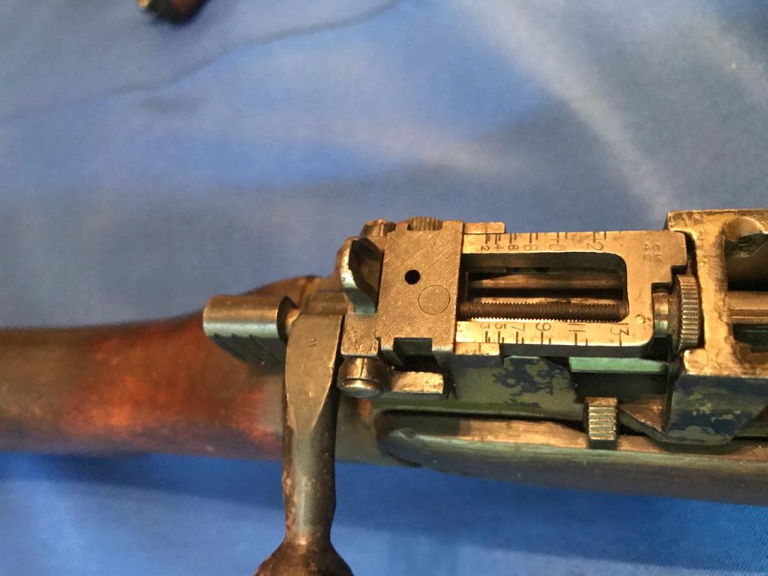
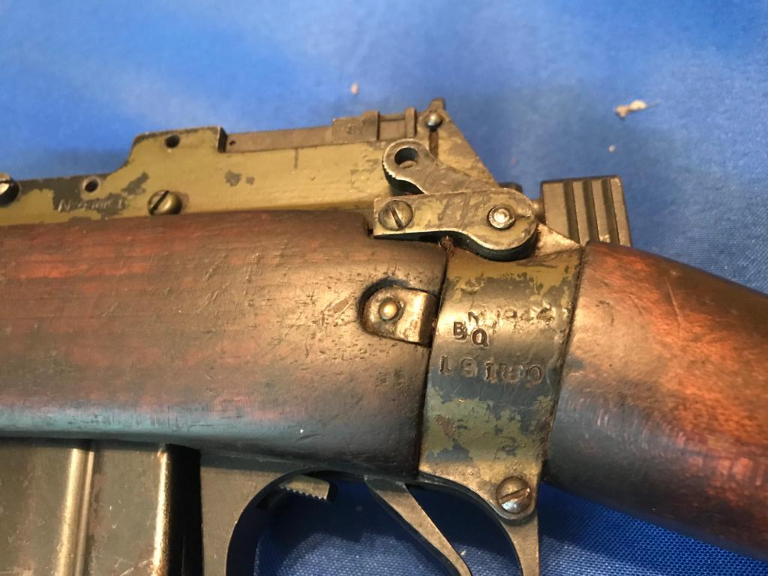
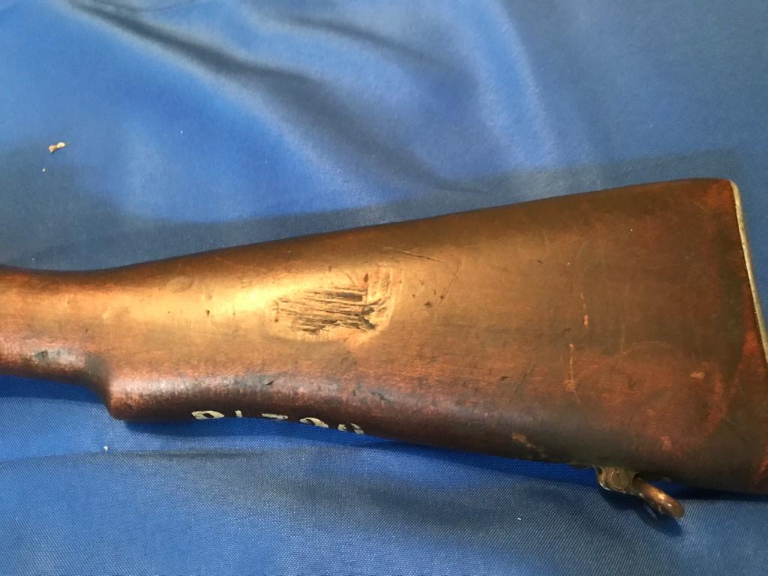
Pity that somebody chopped up such a Classic Rifle! Grumpy
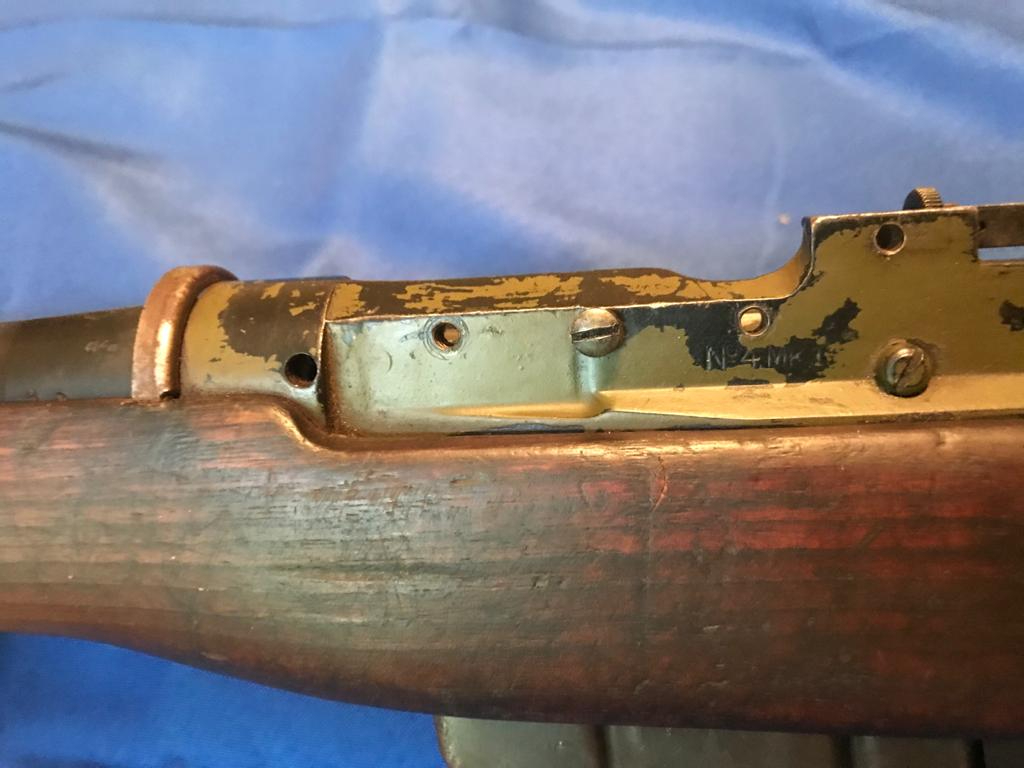
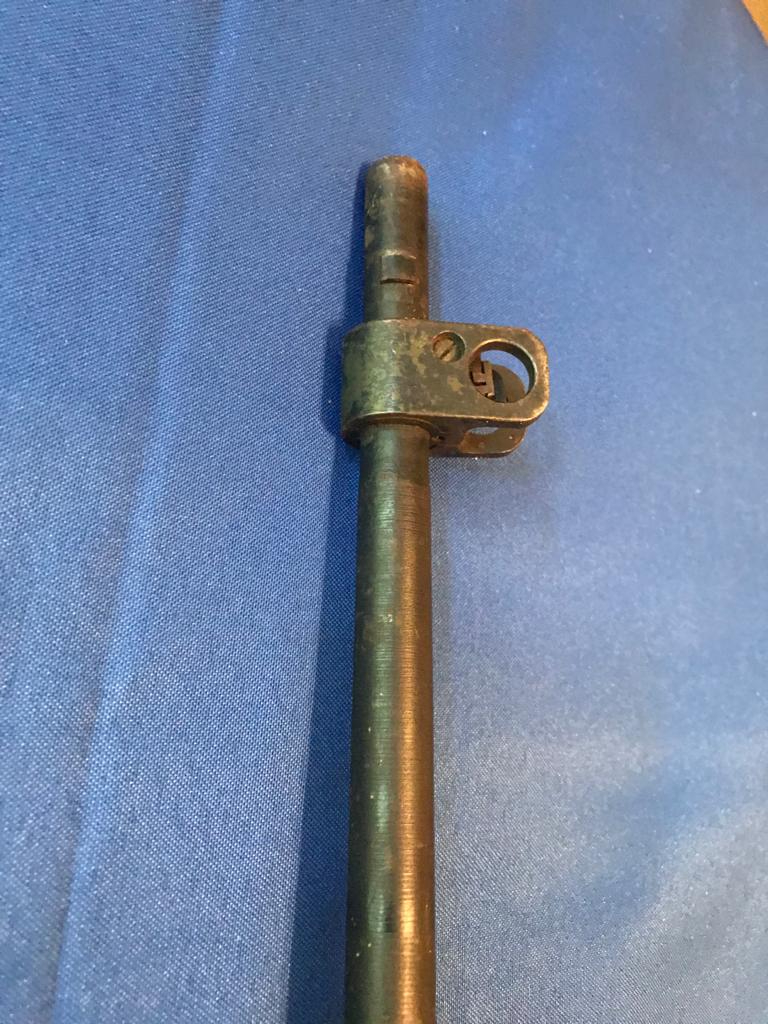
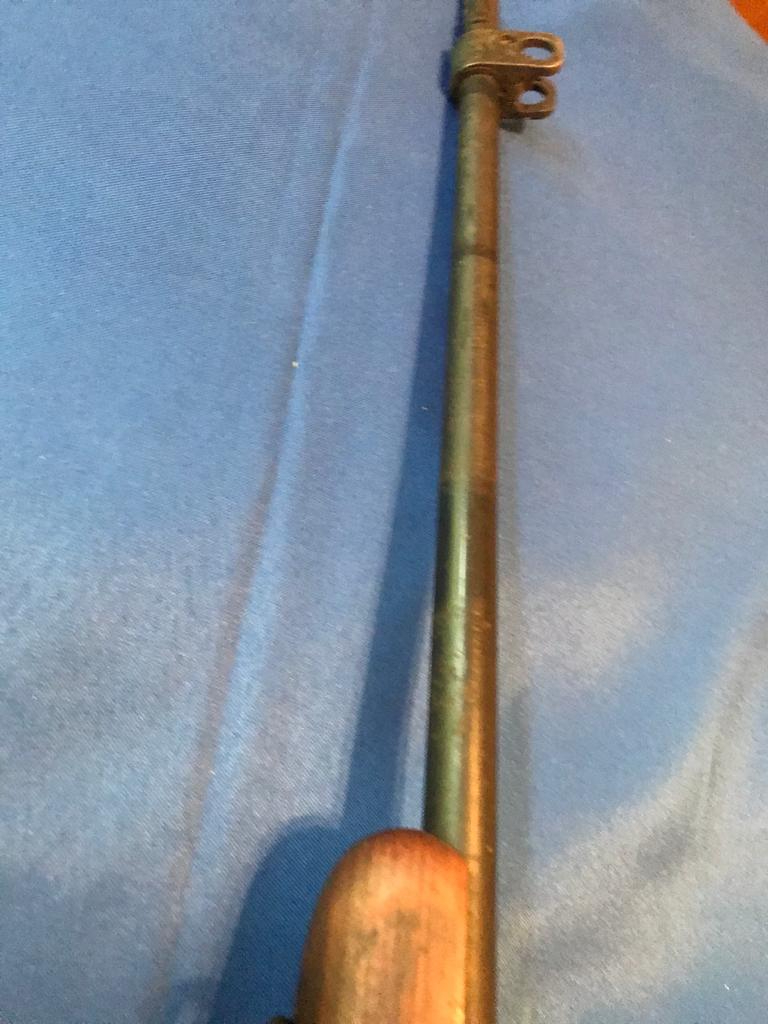
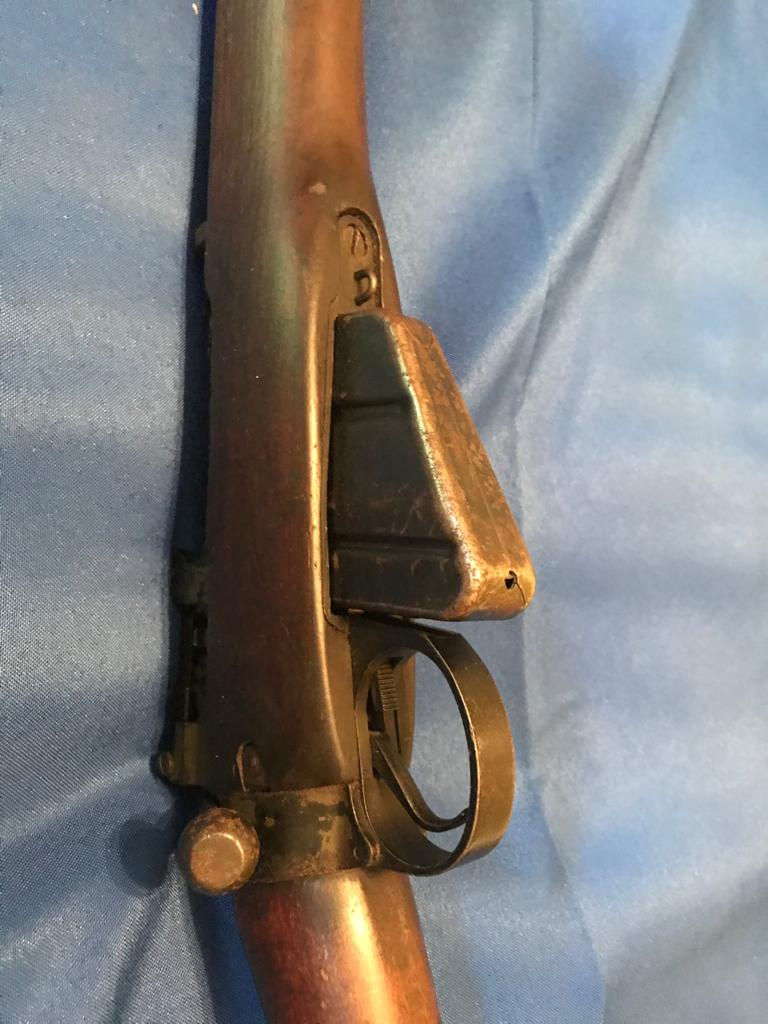
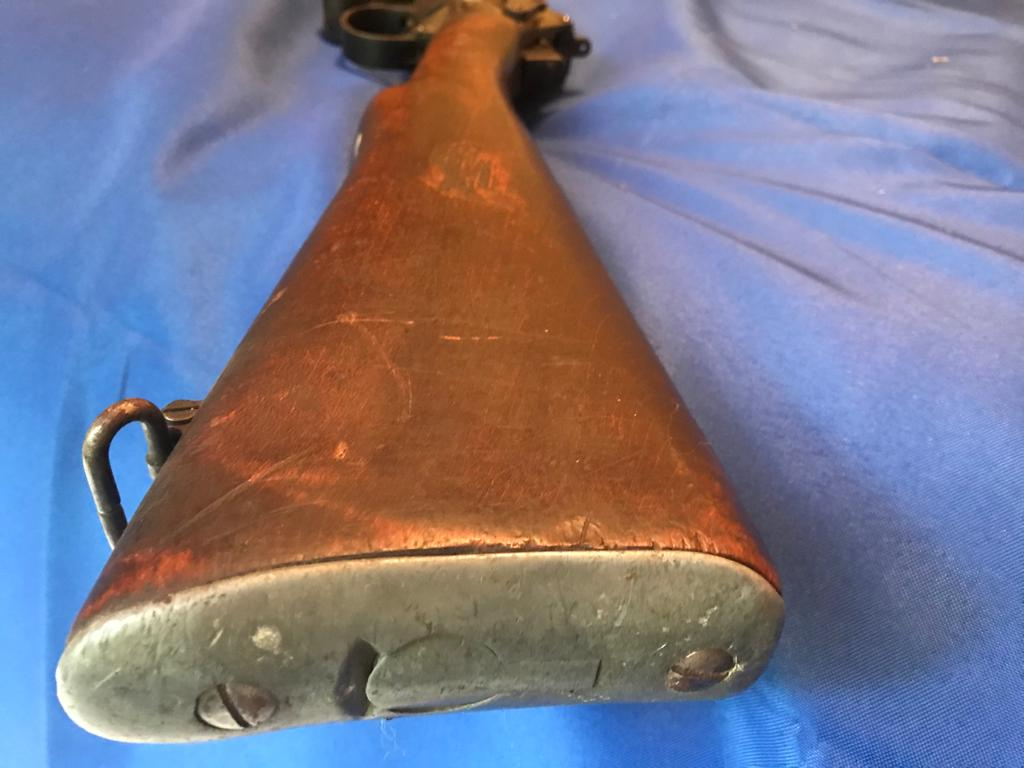
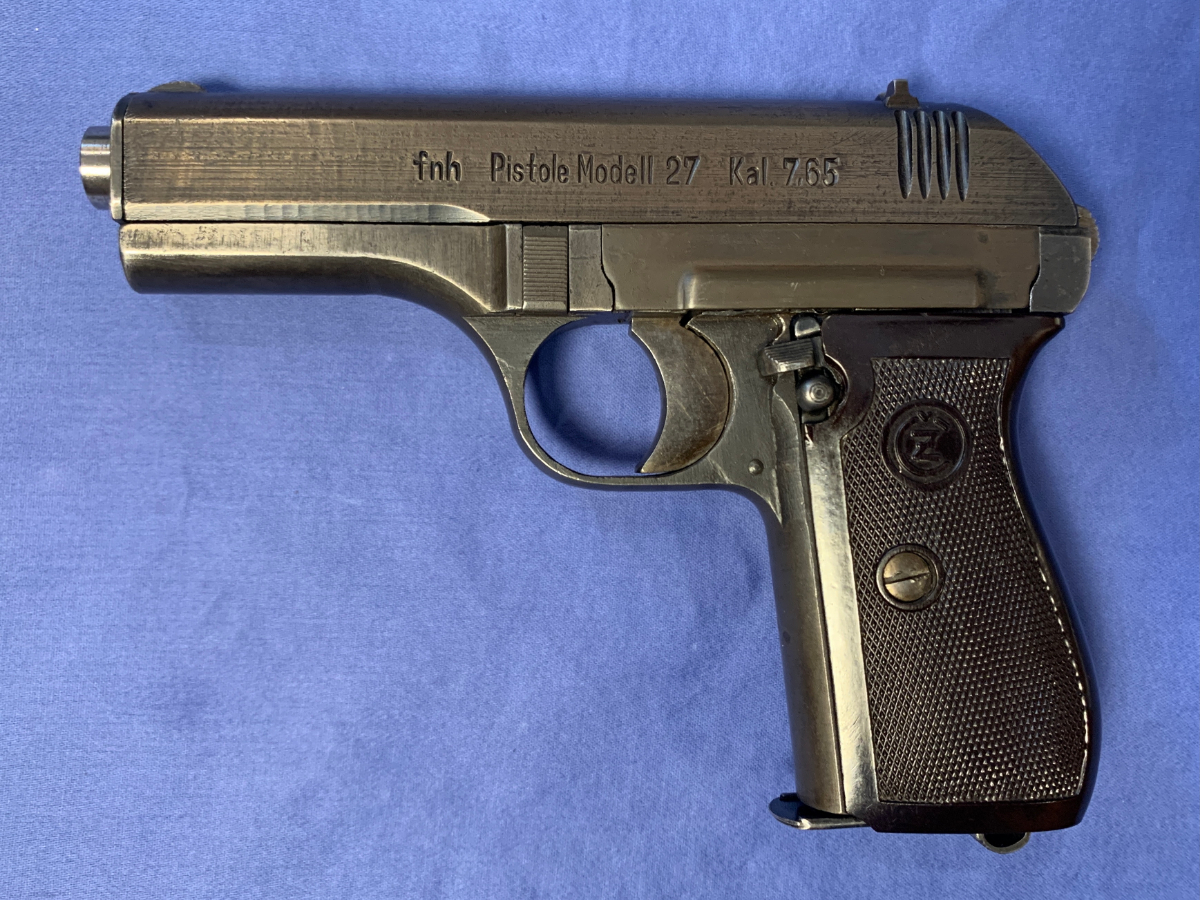
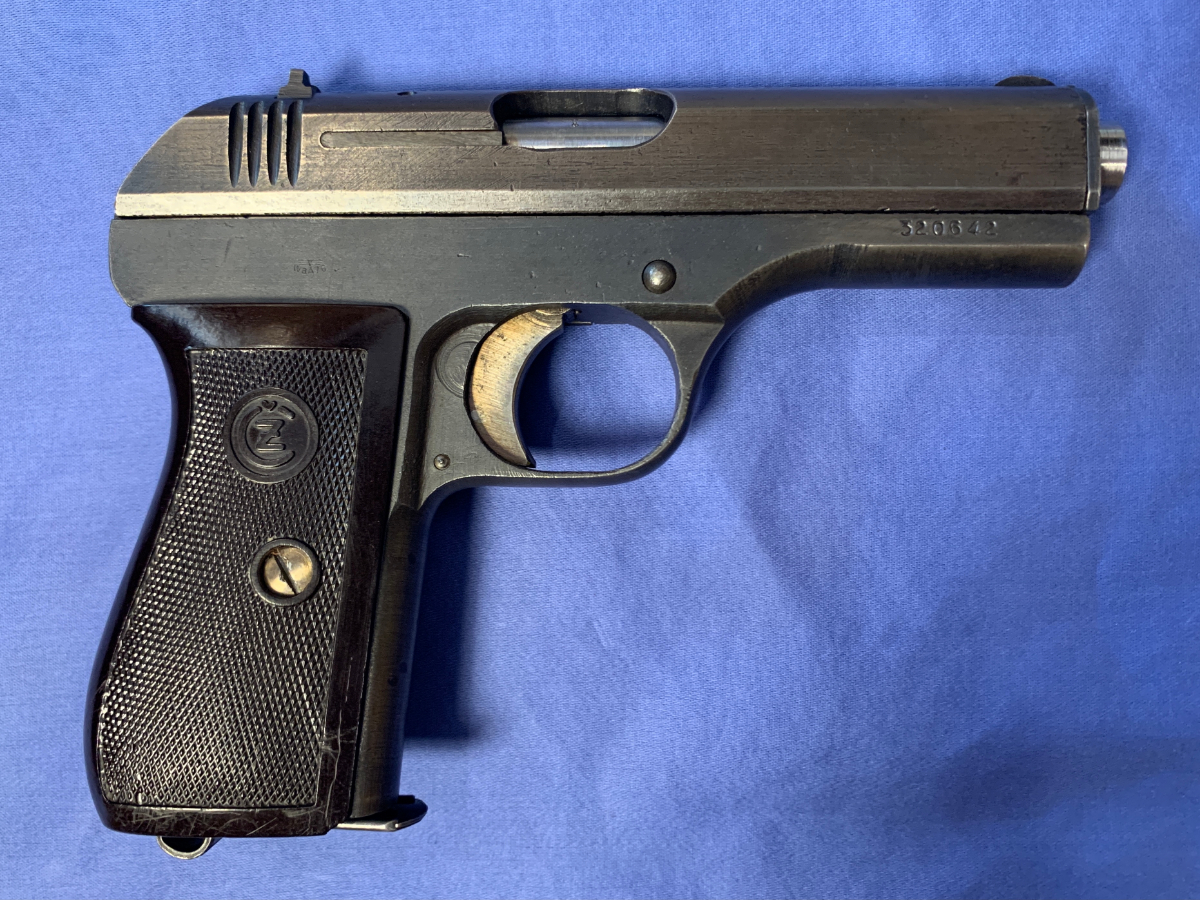
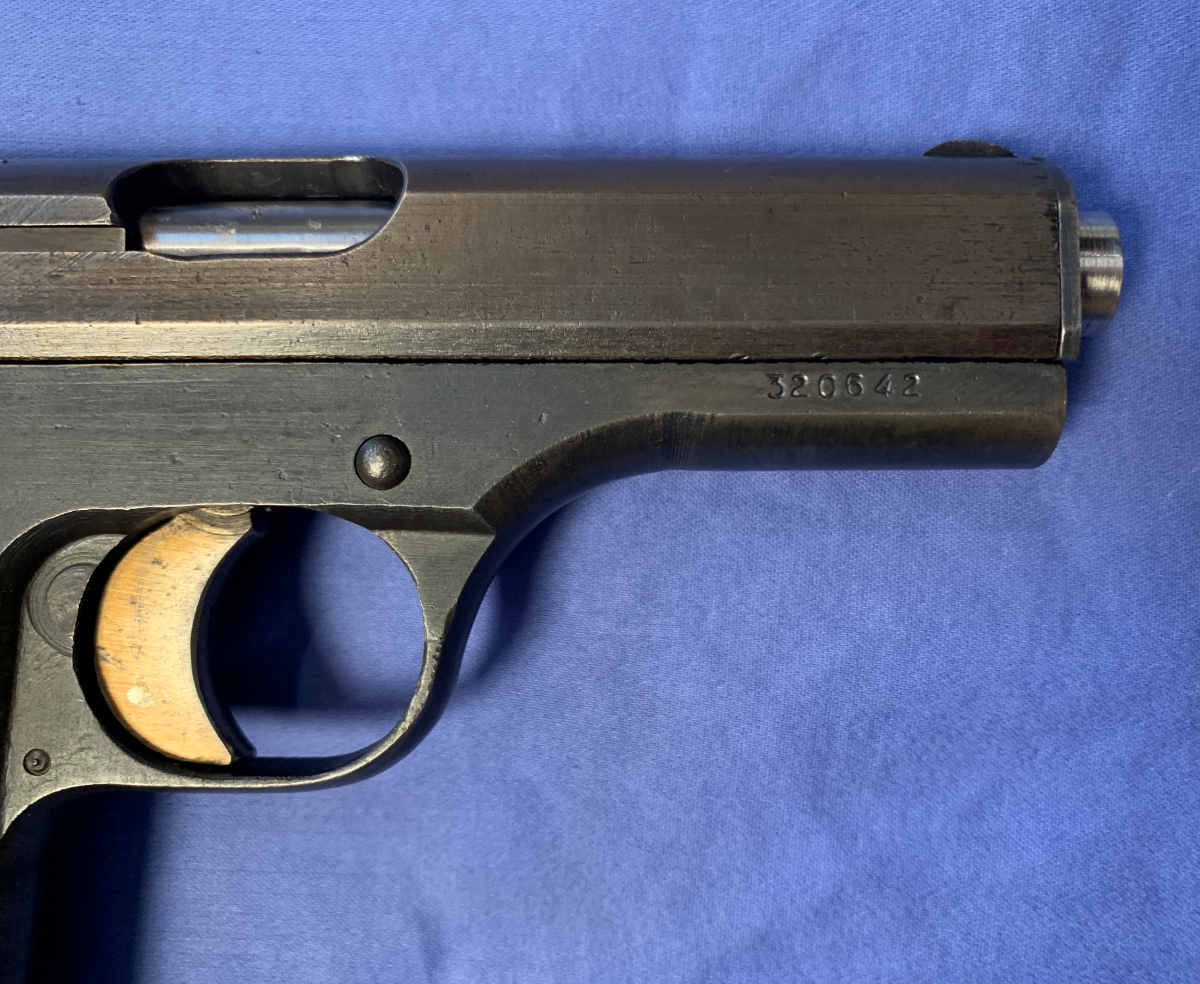
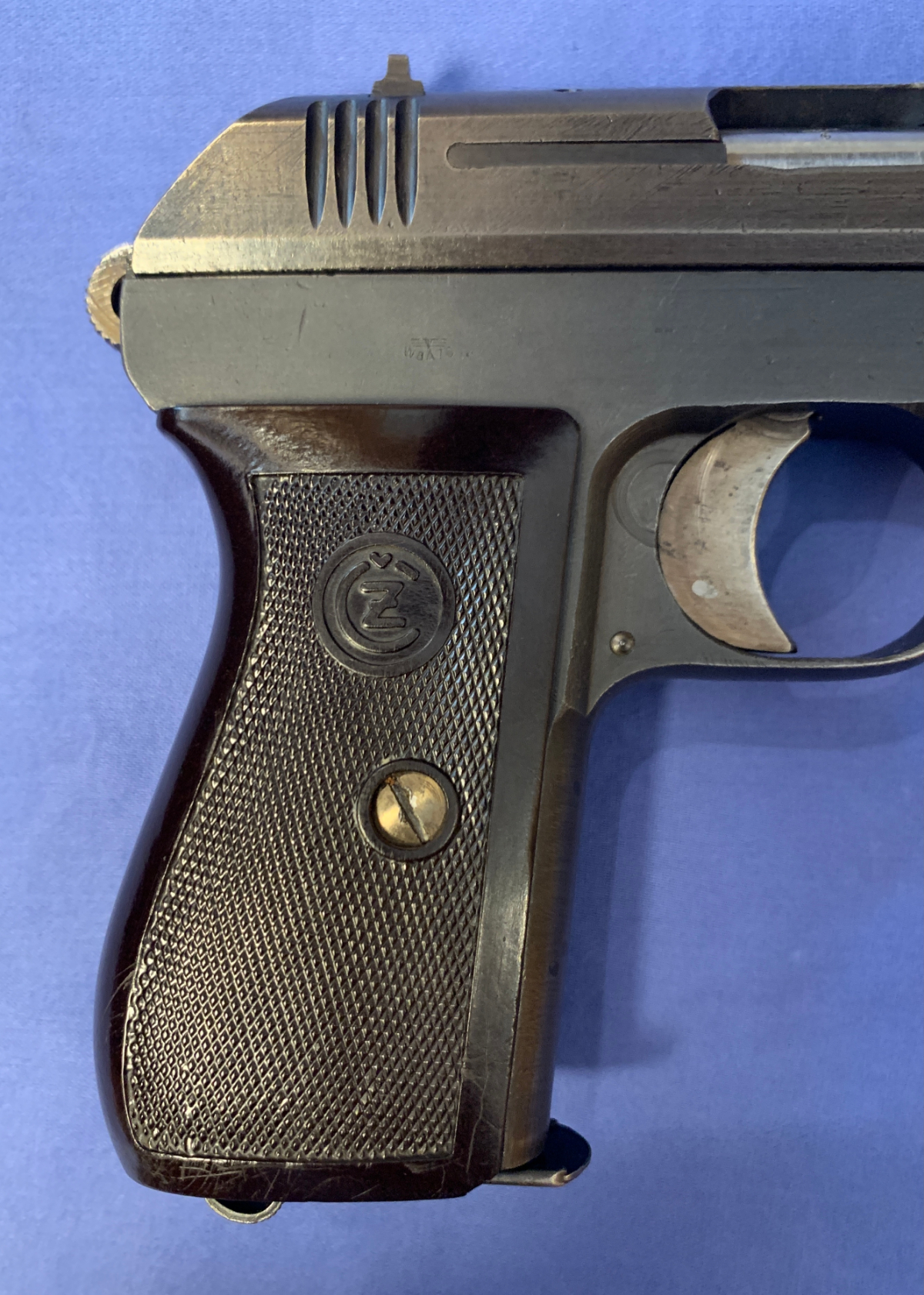
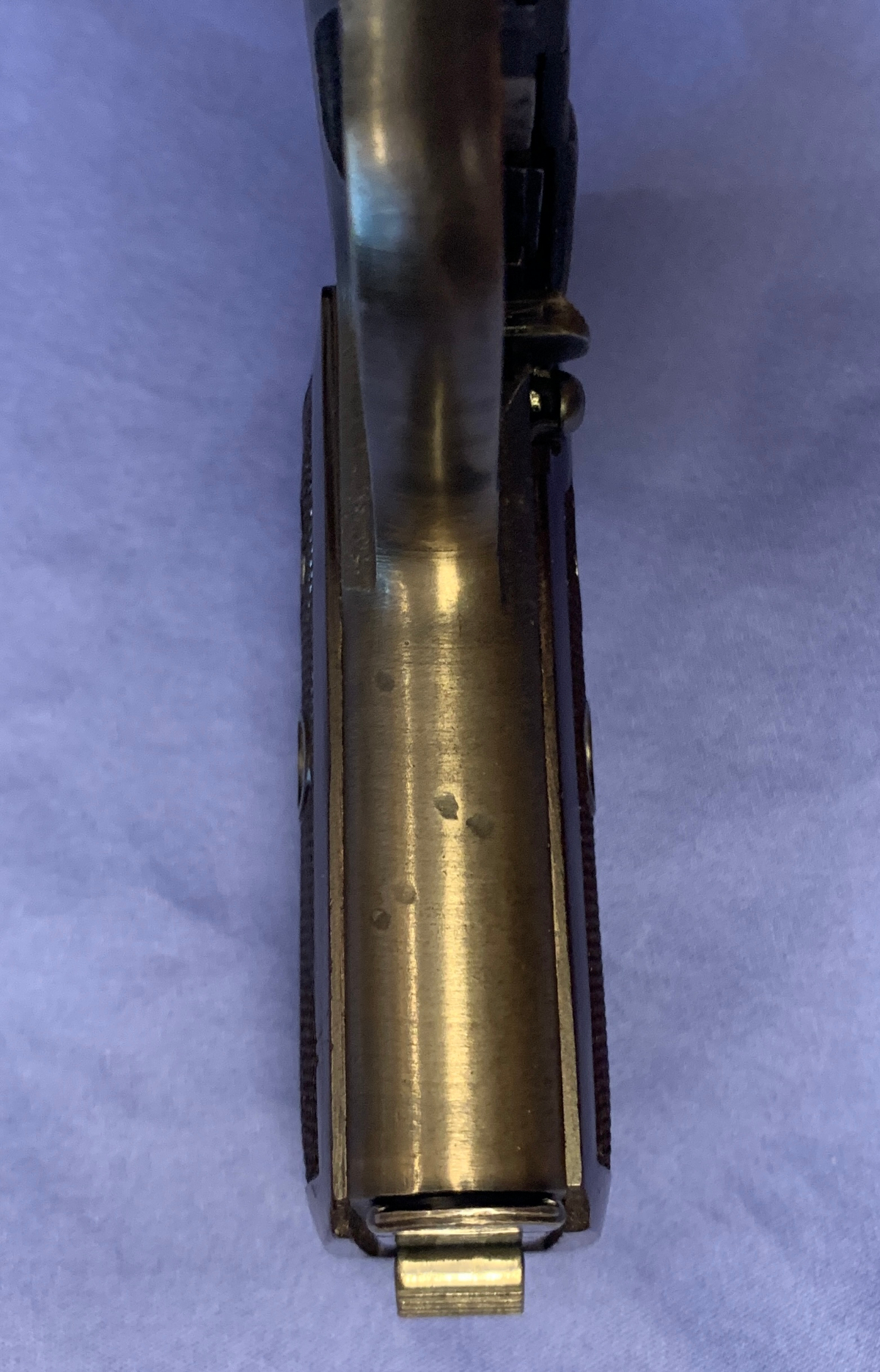
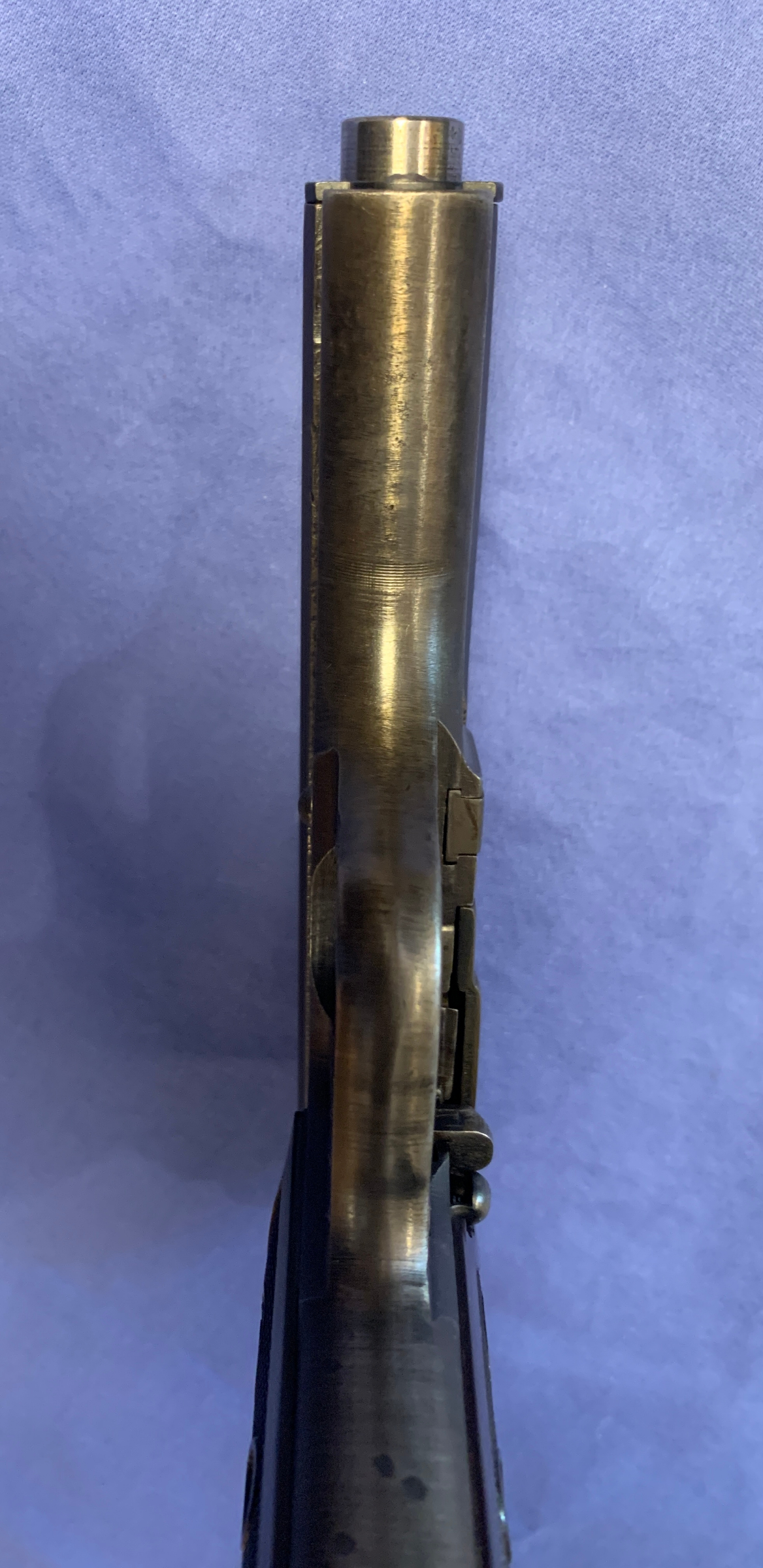
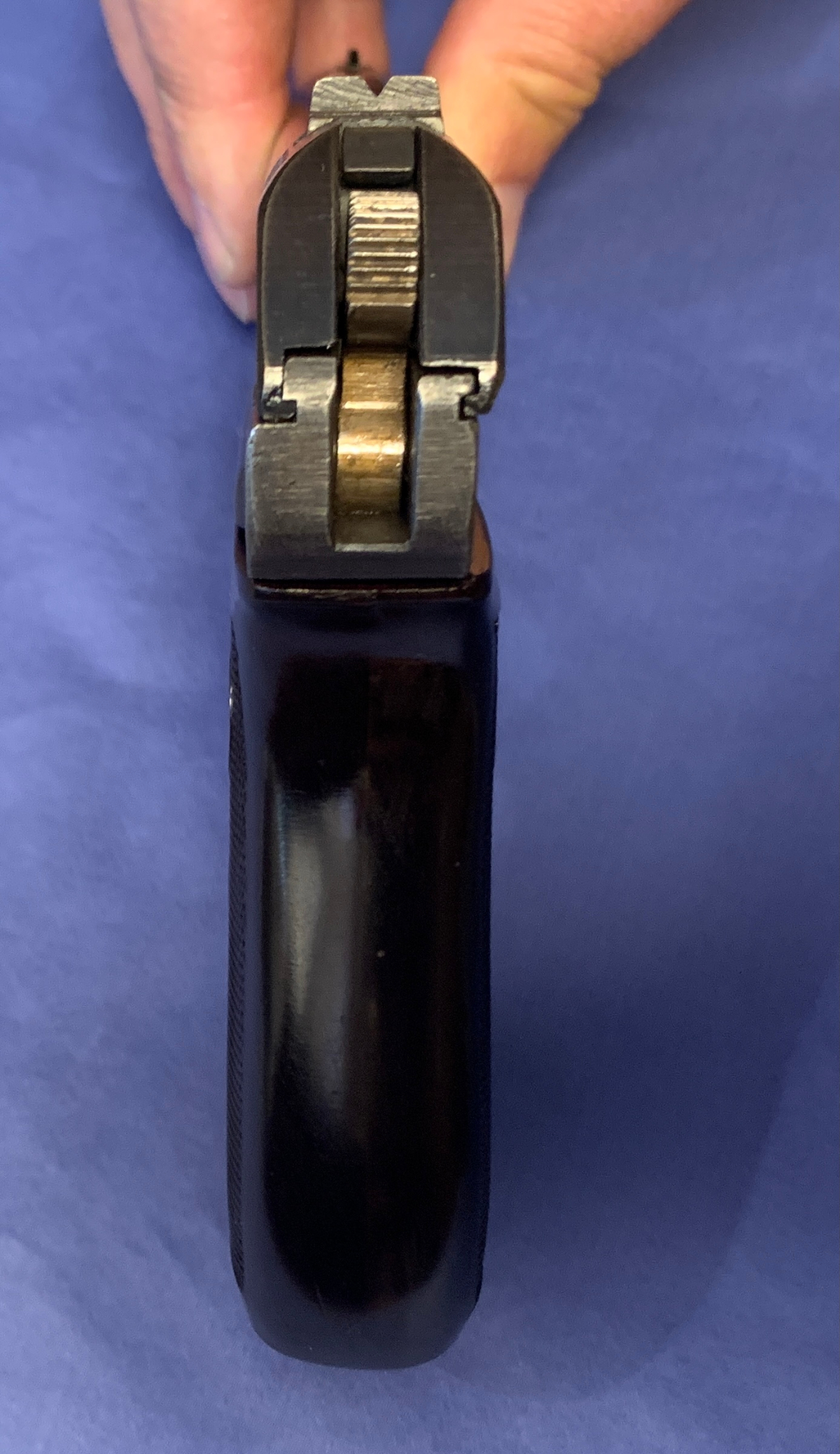
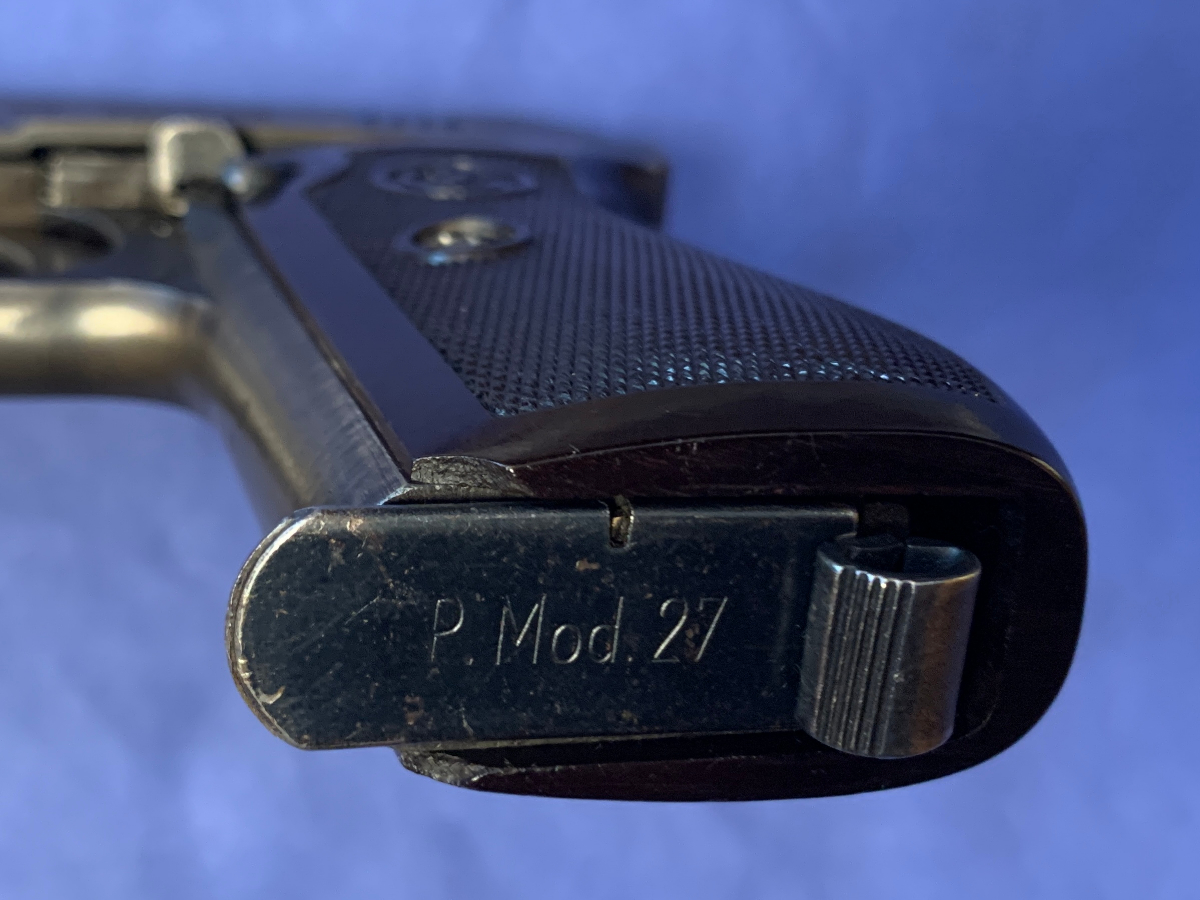
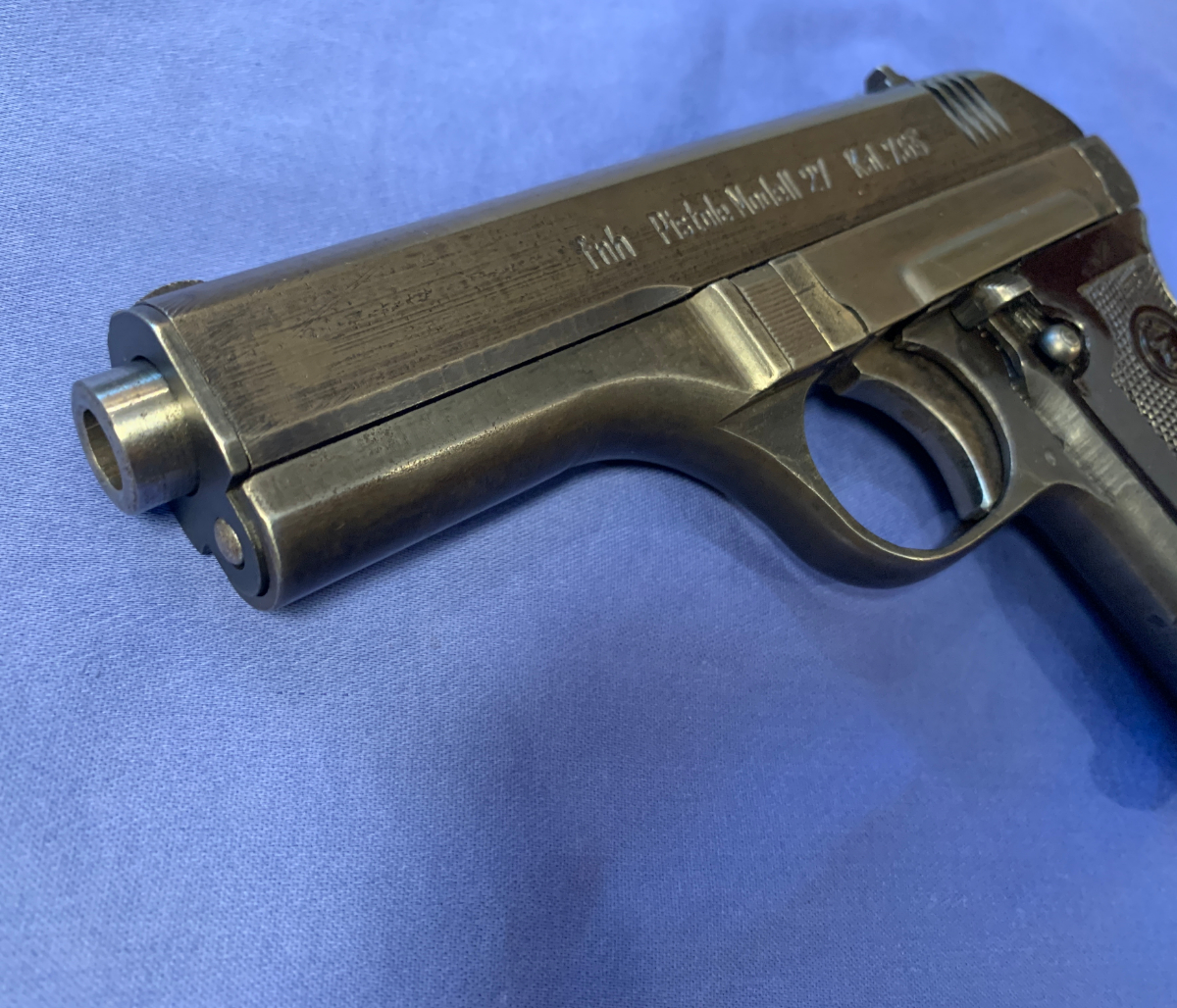
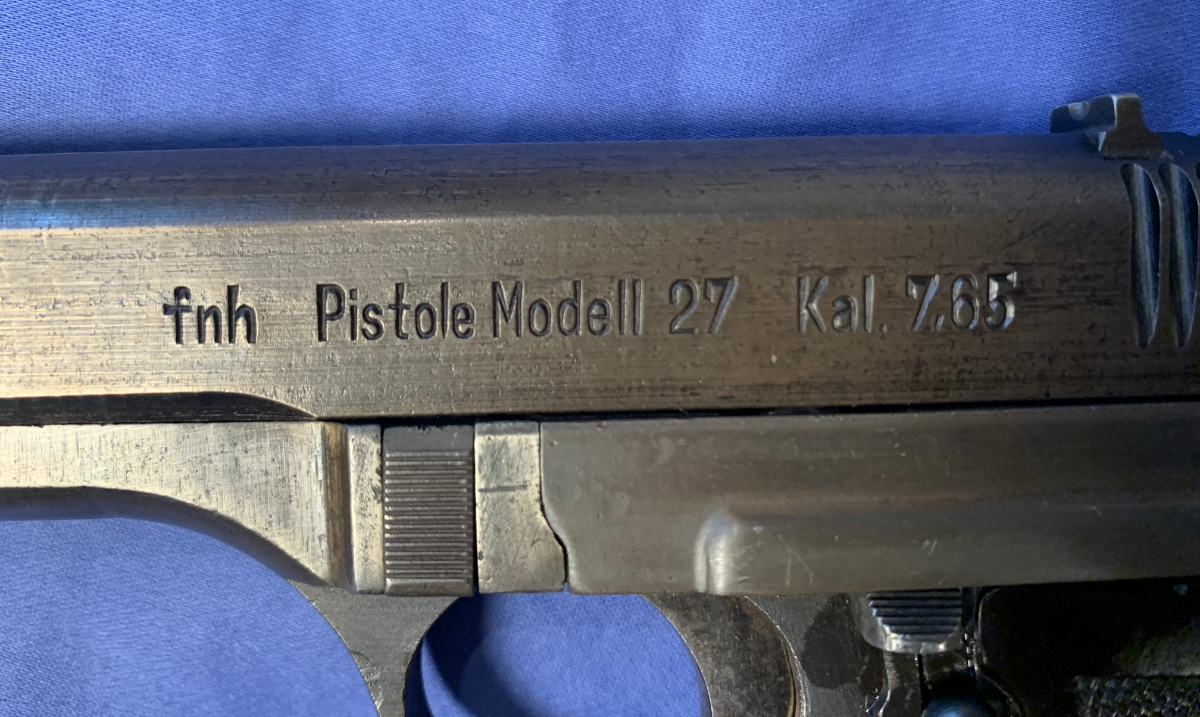
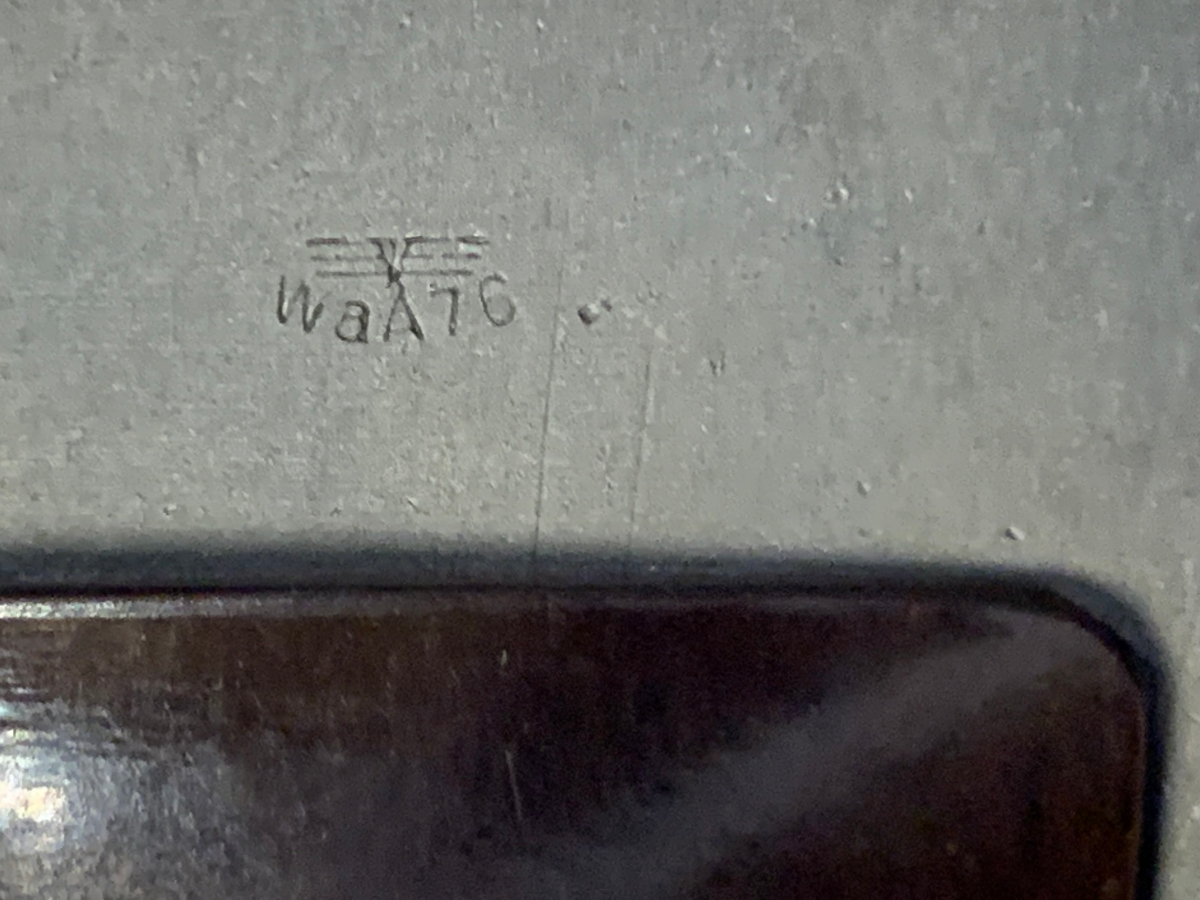
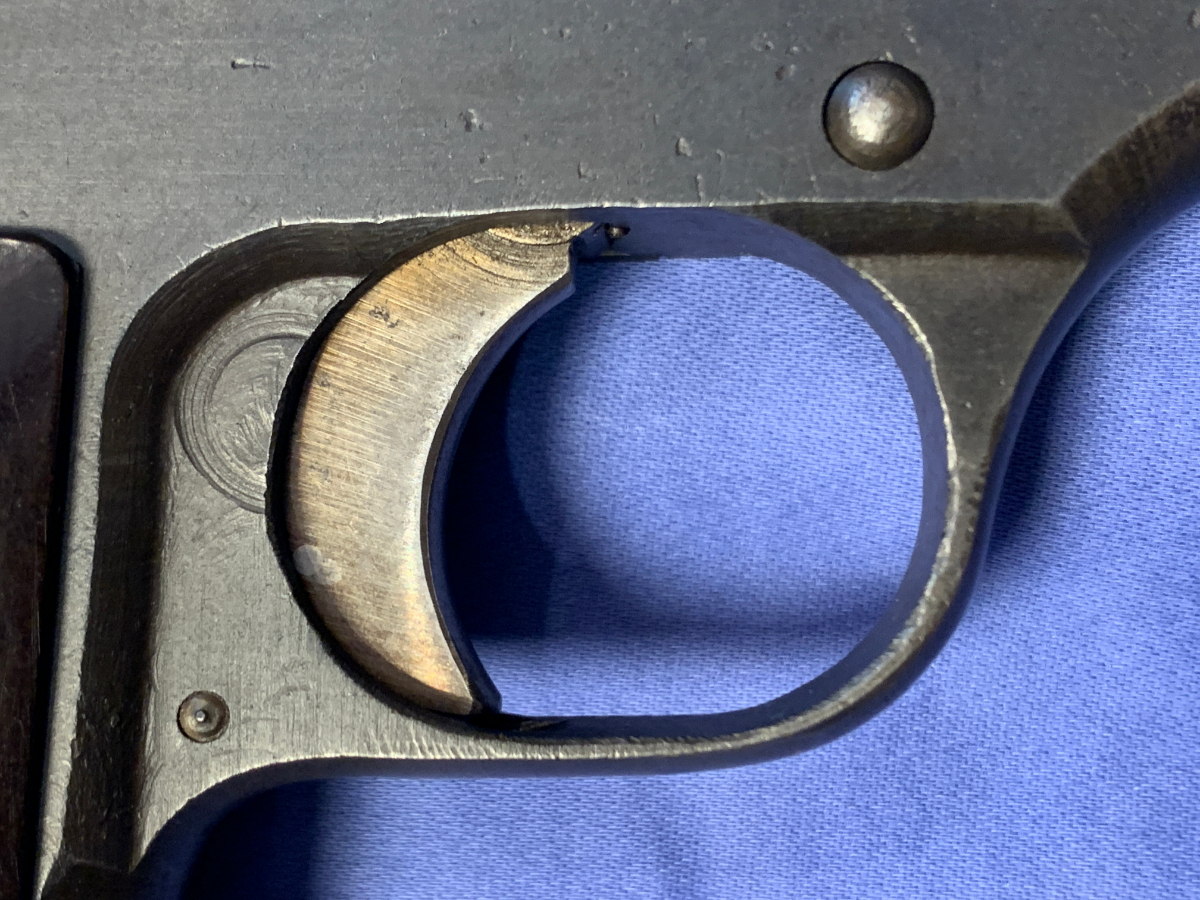
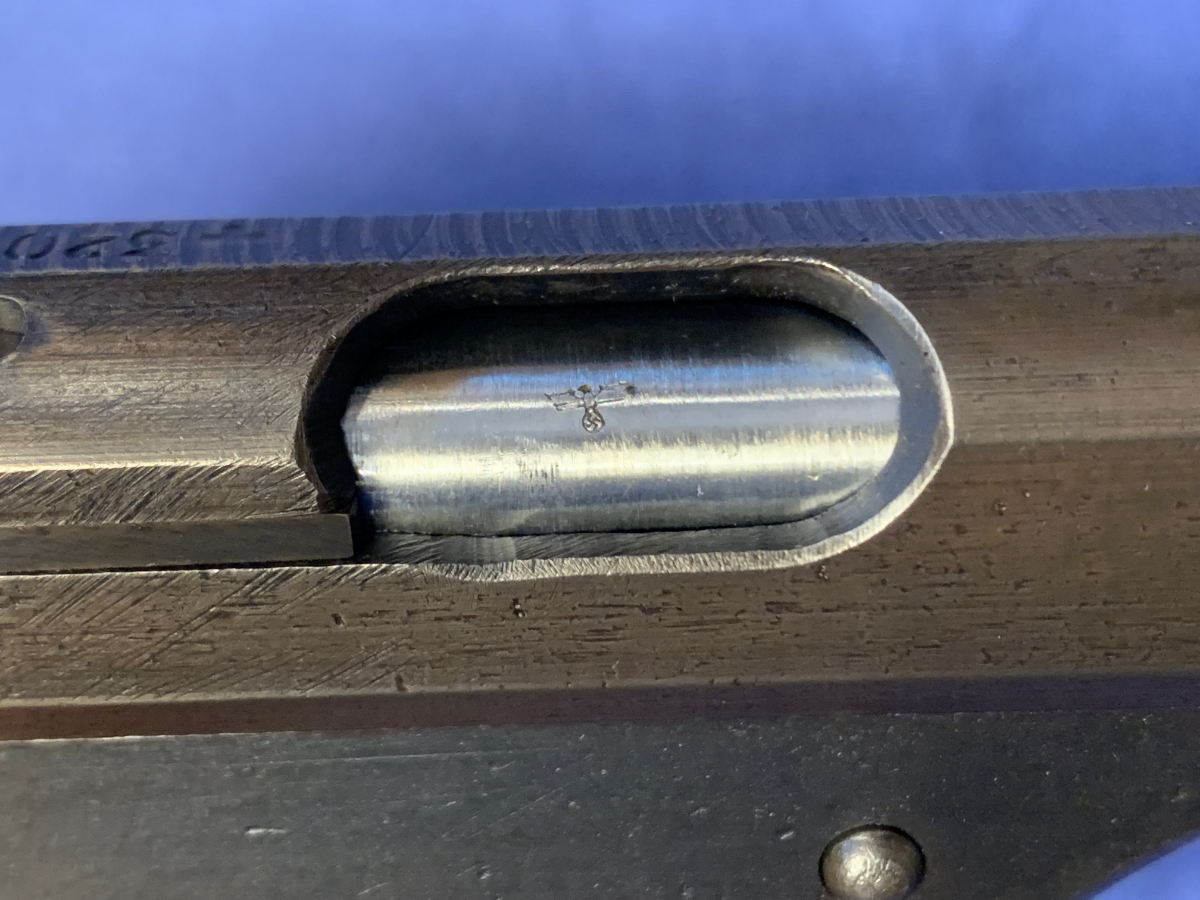
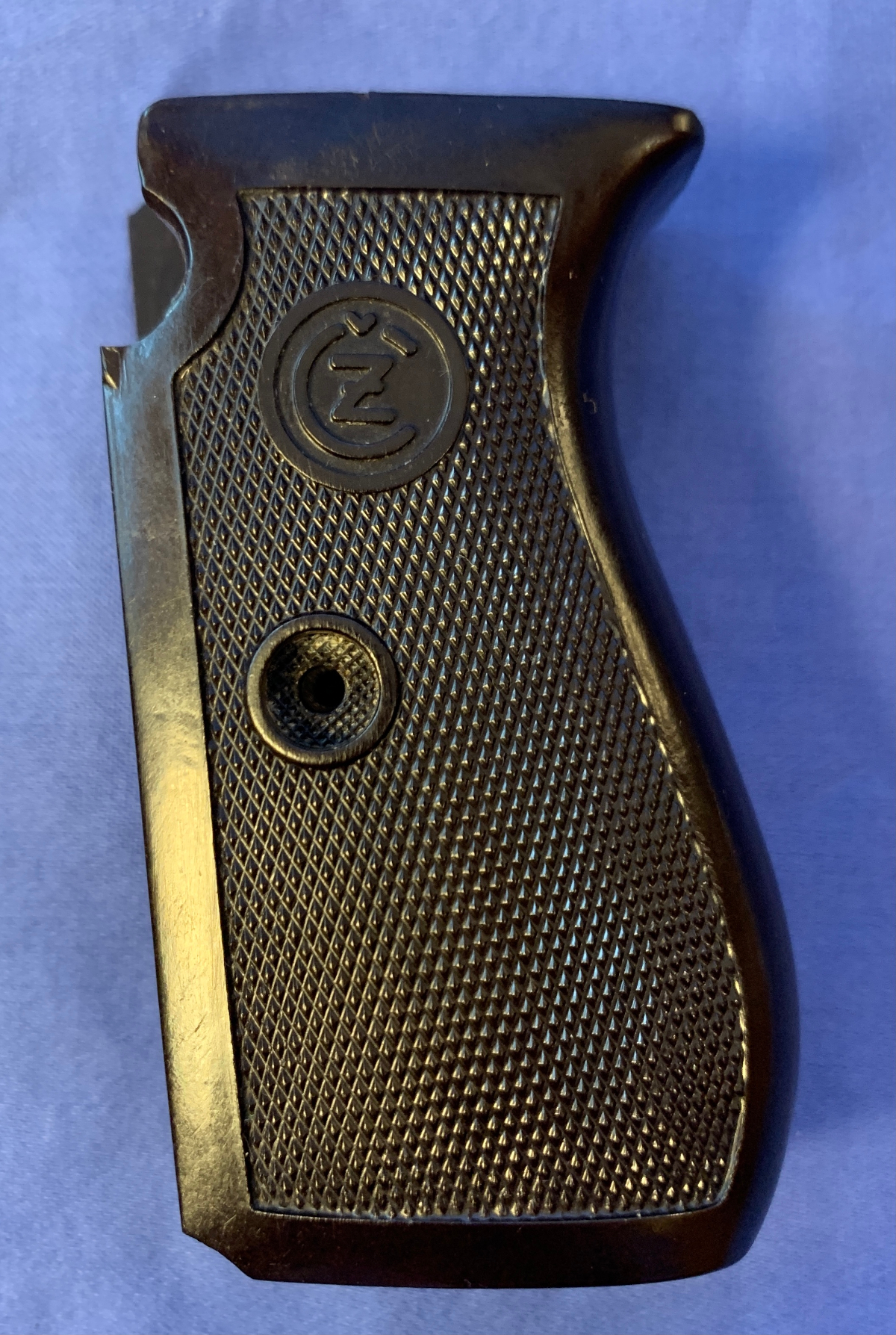
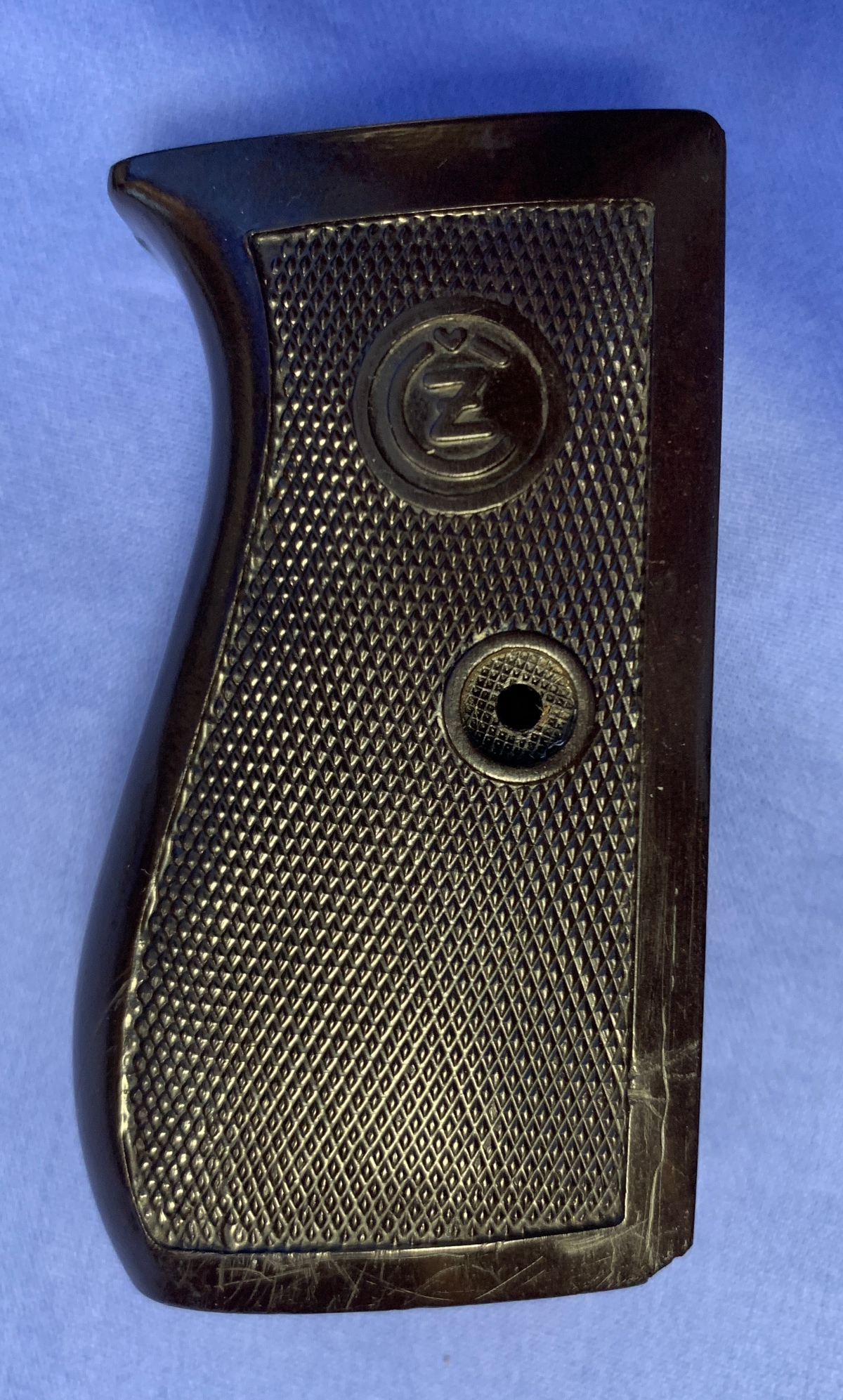
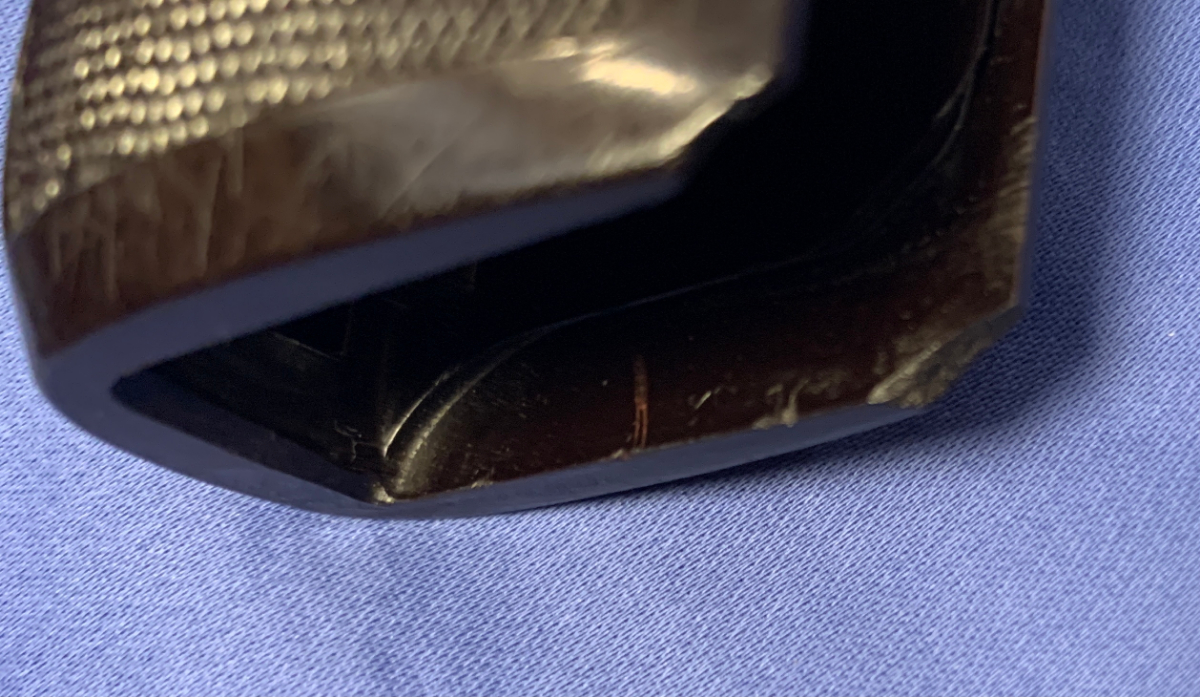
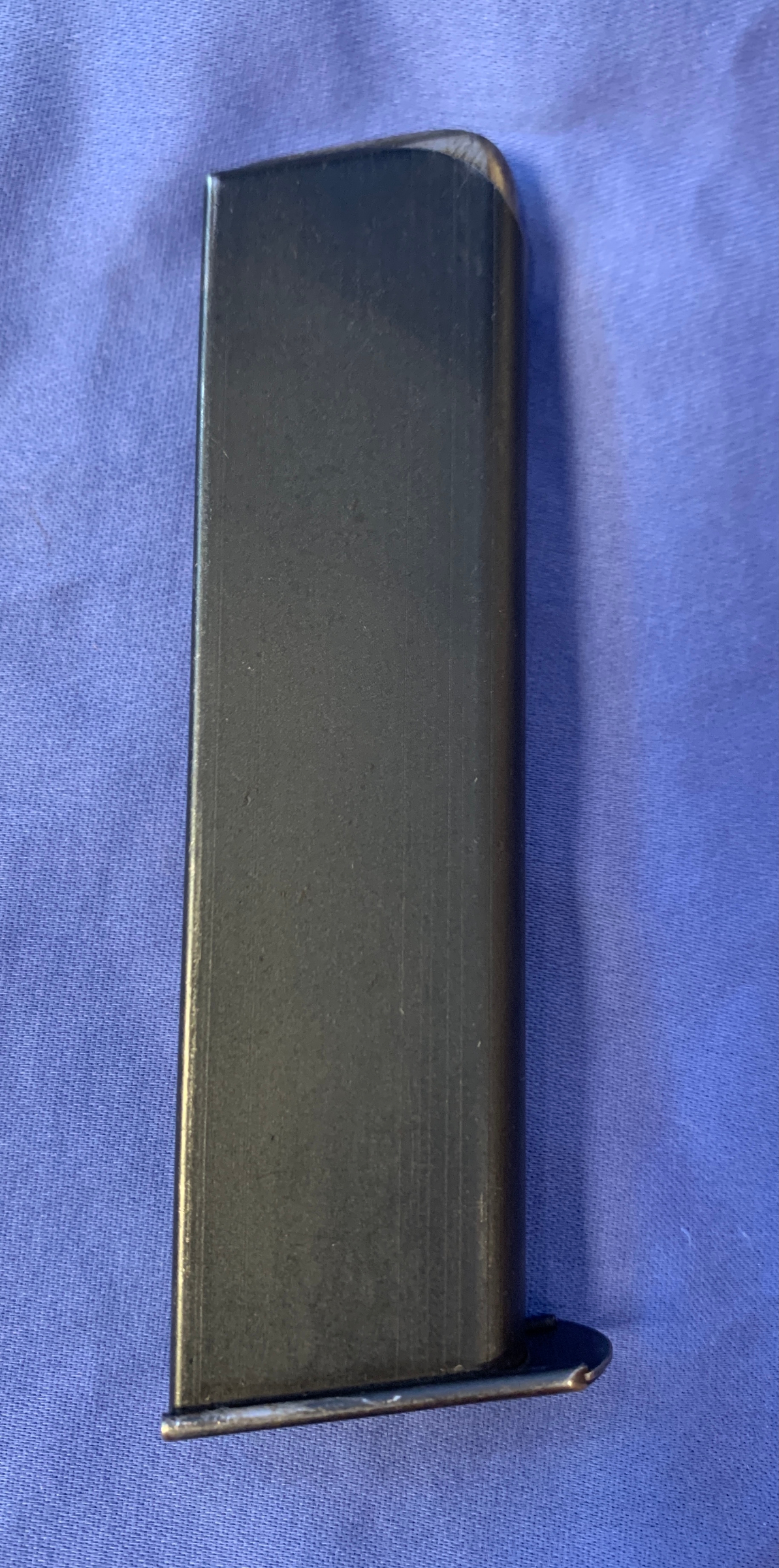
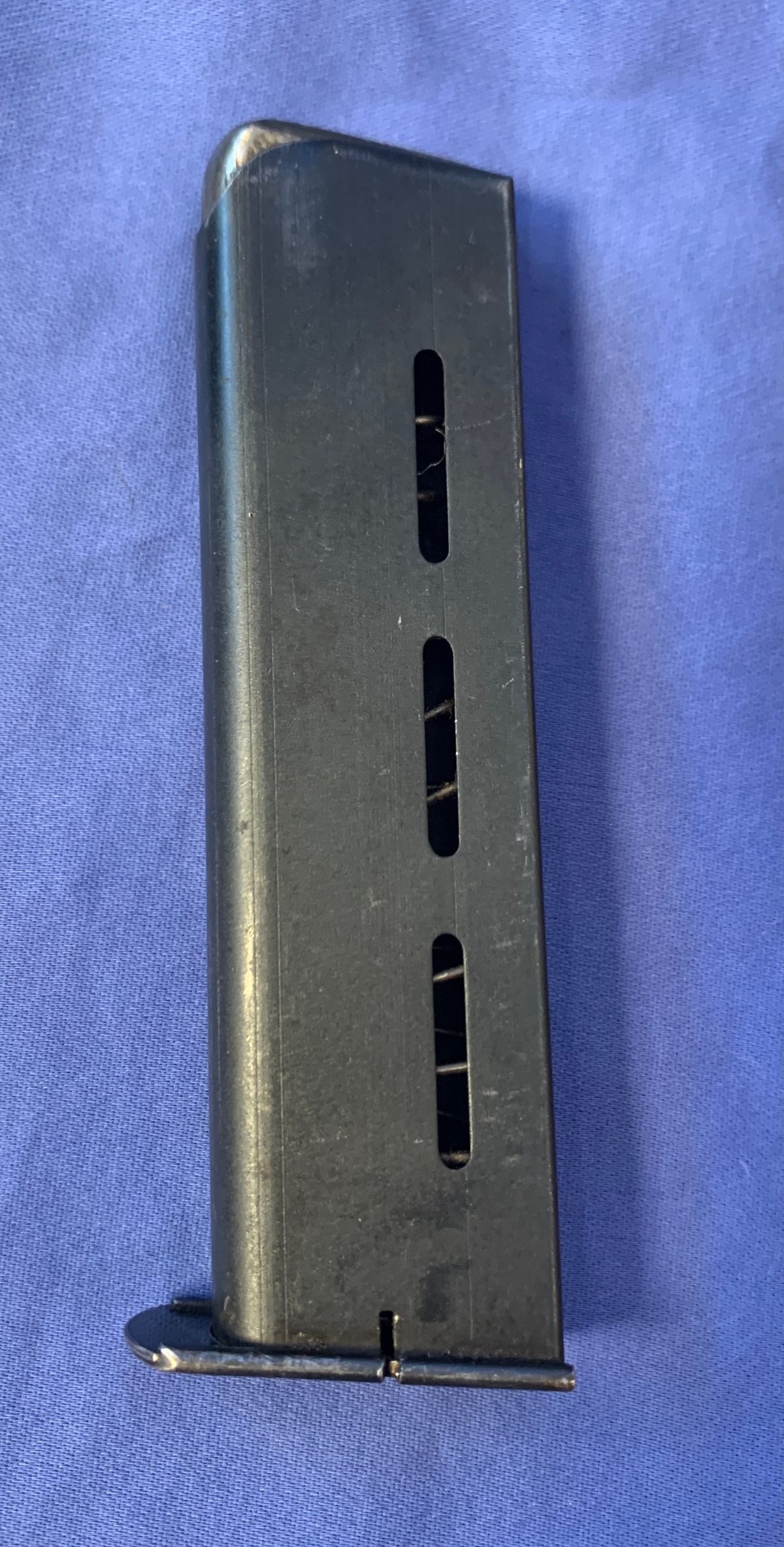
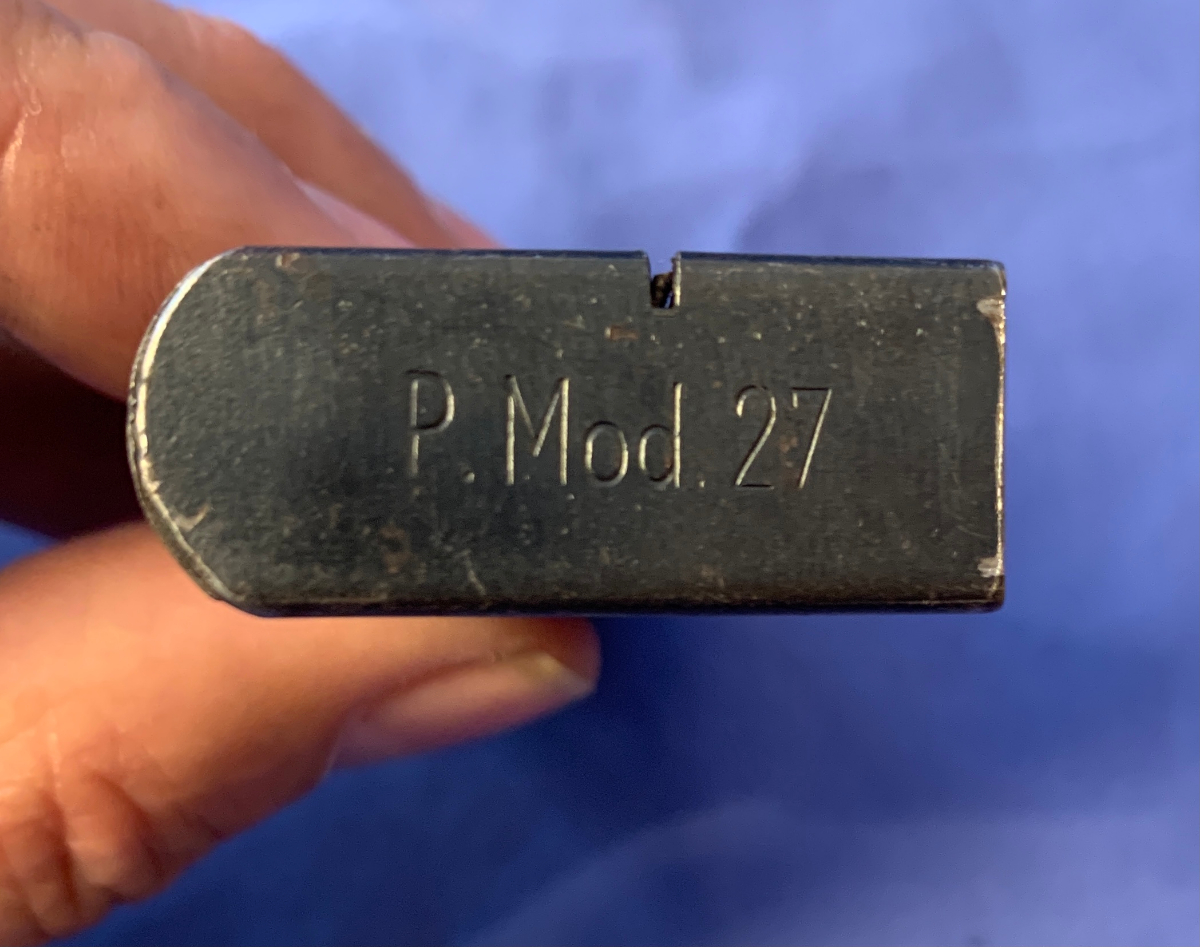
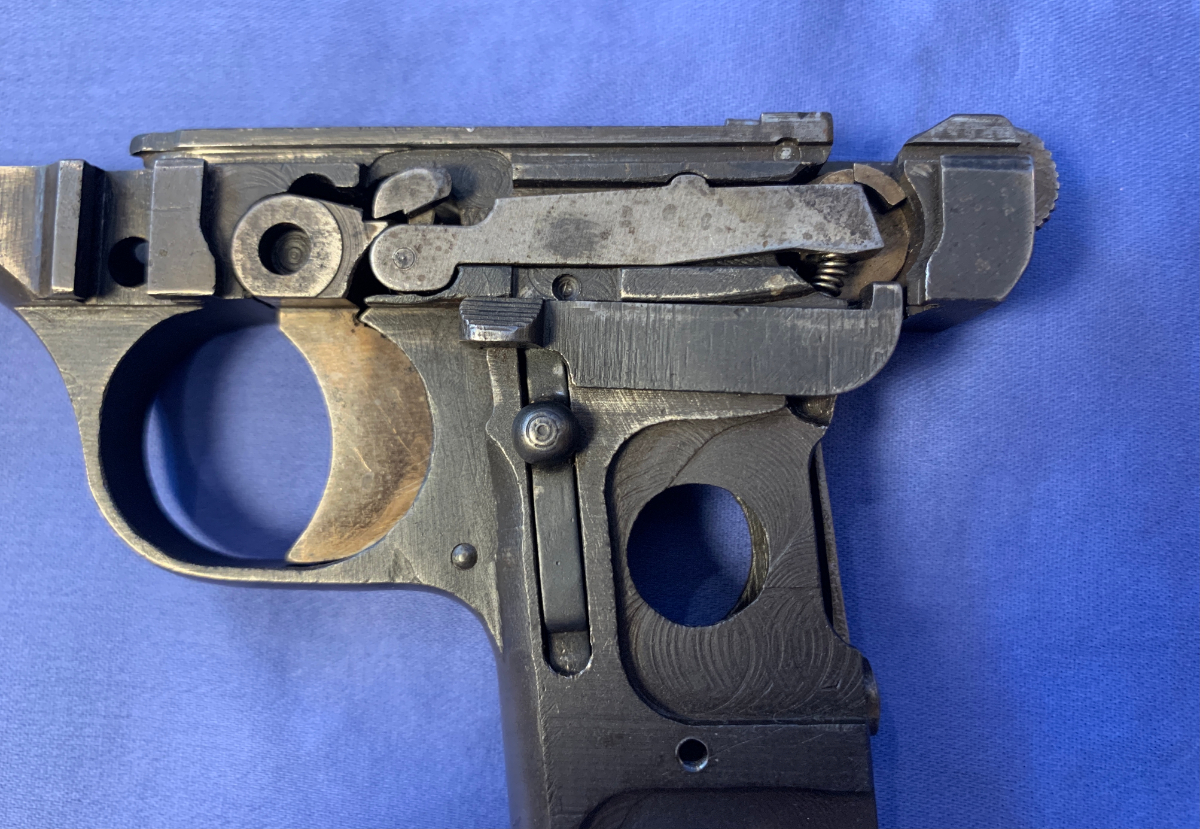
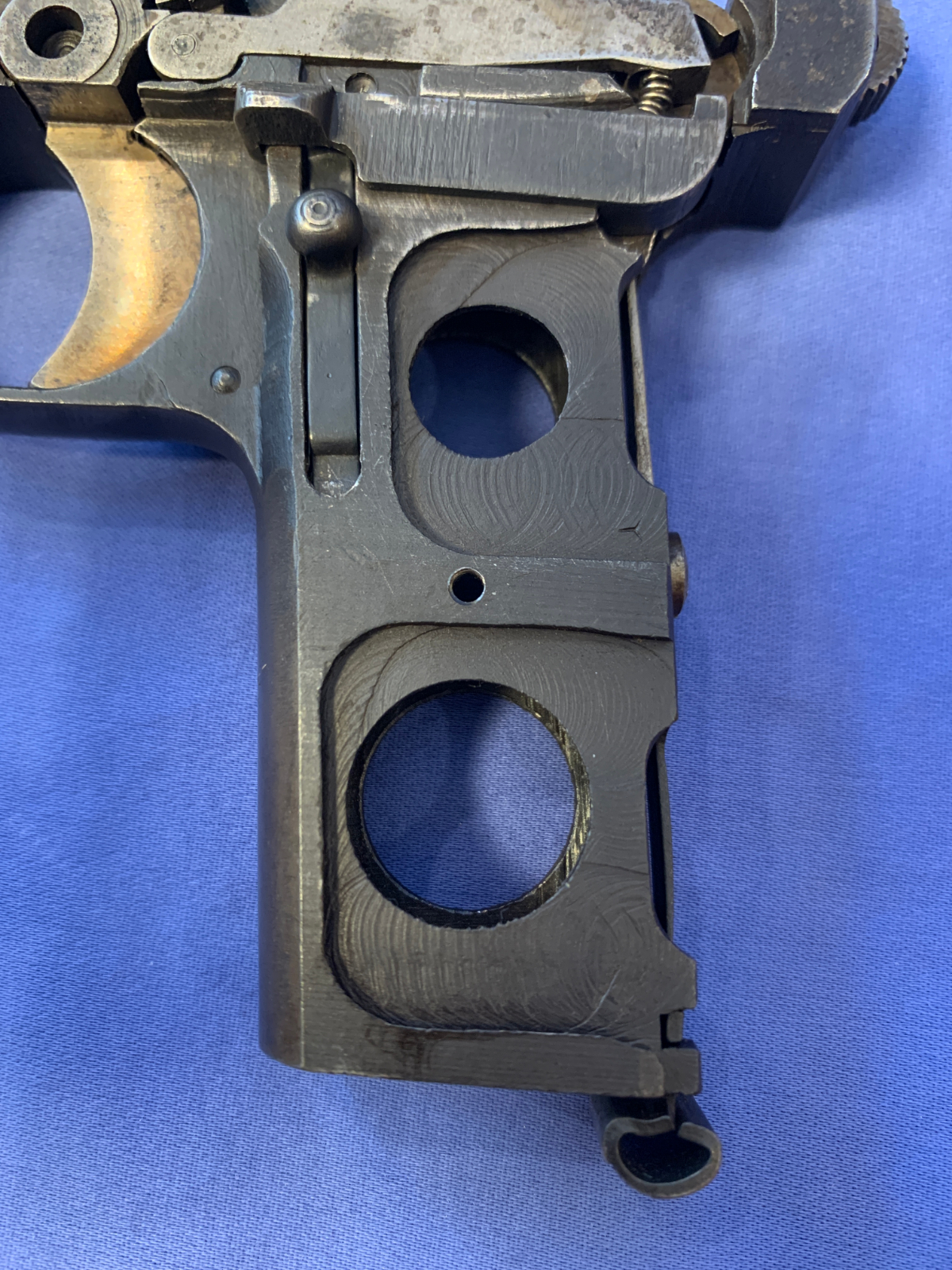
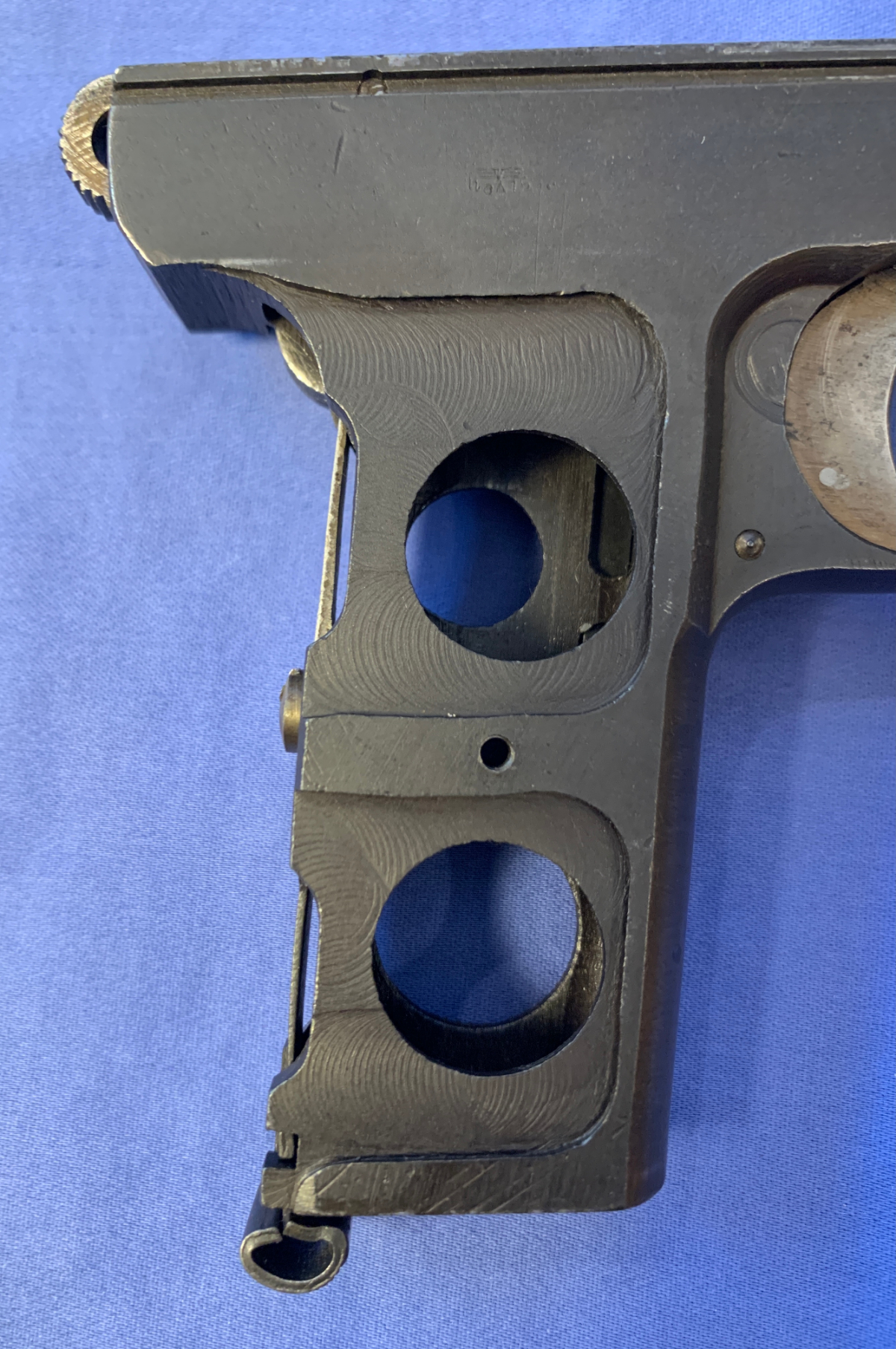
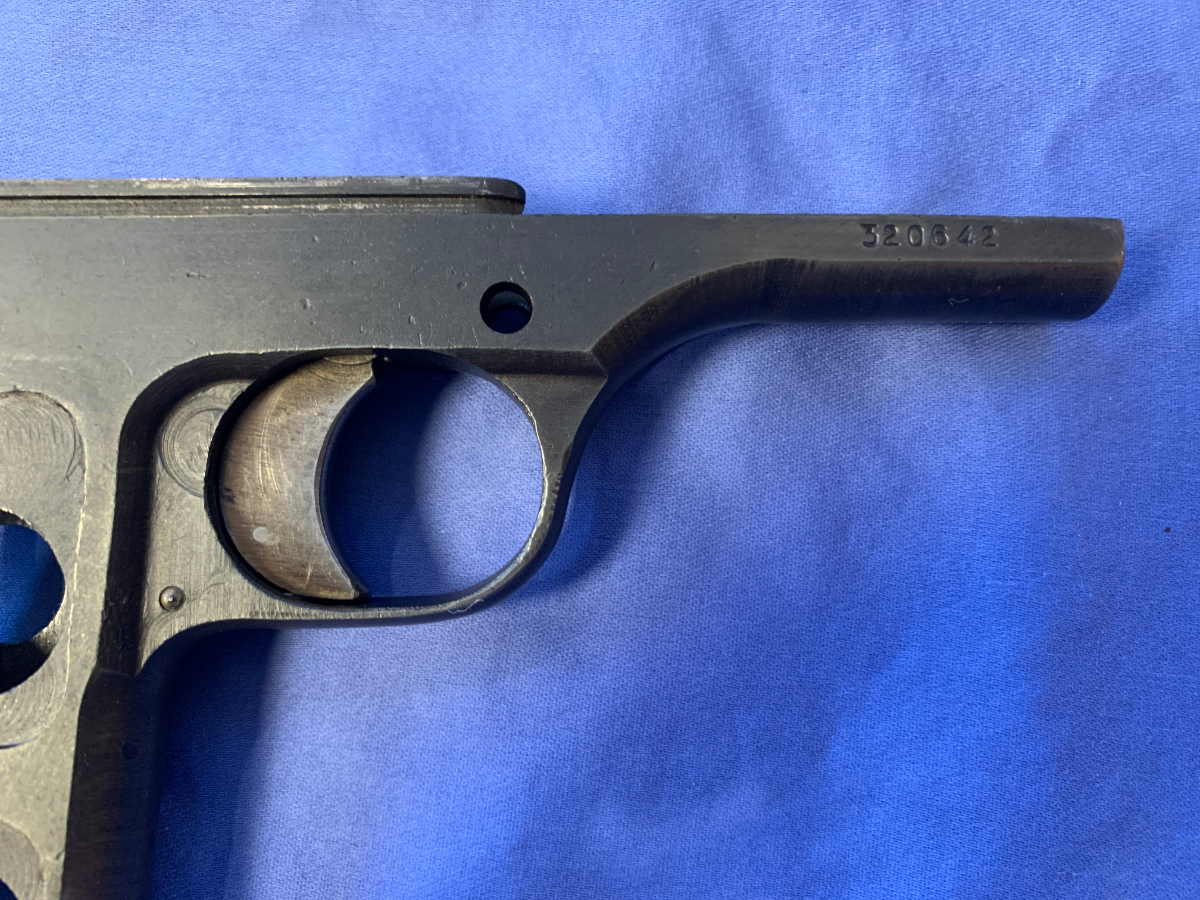
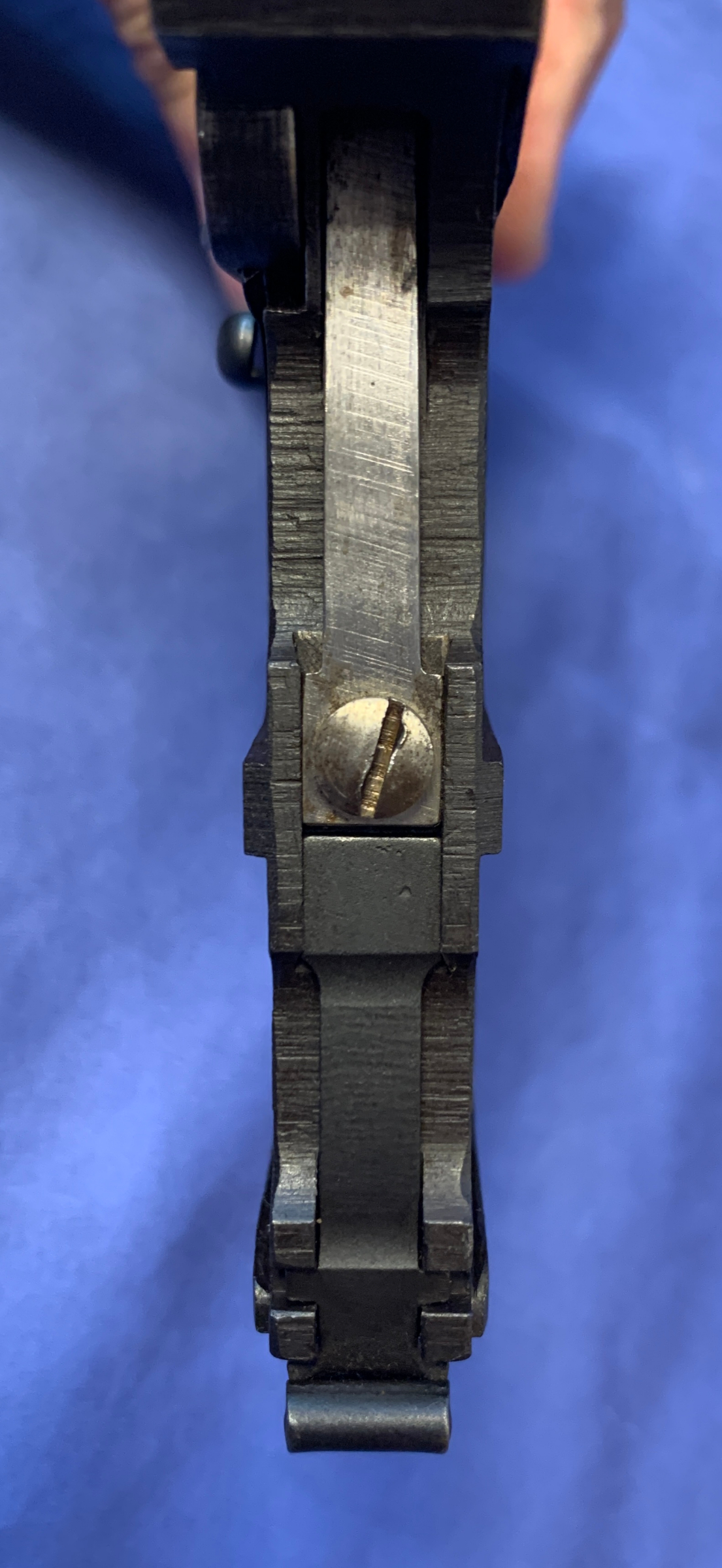
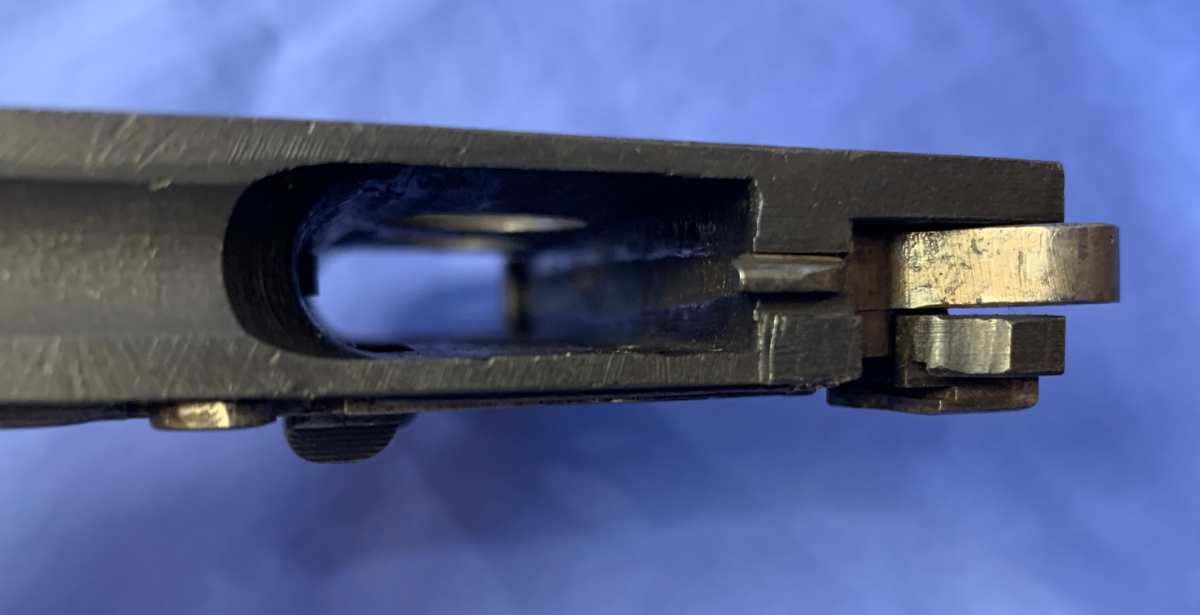
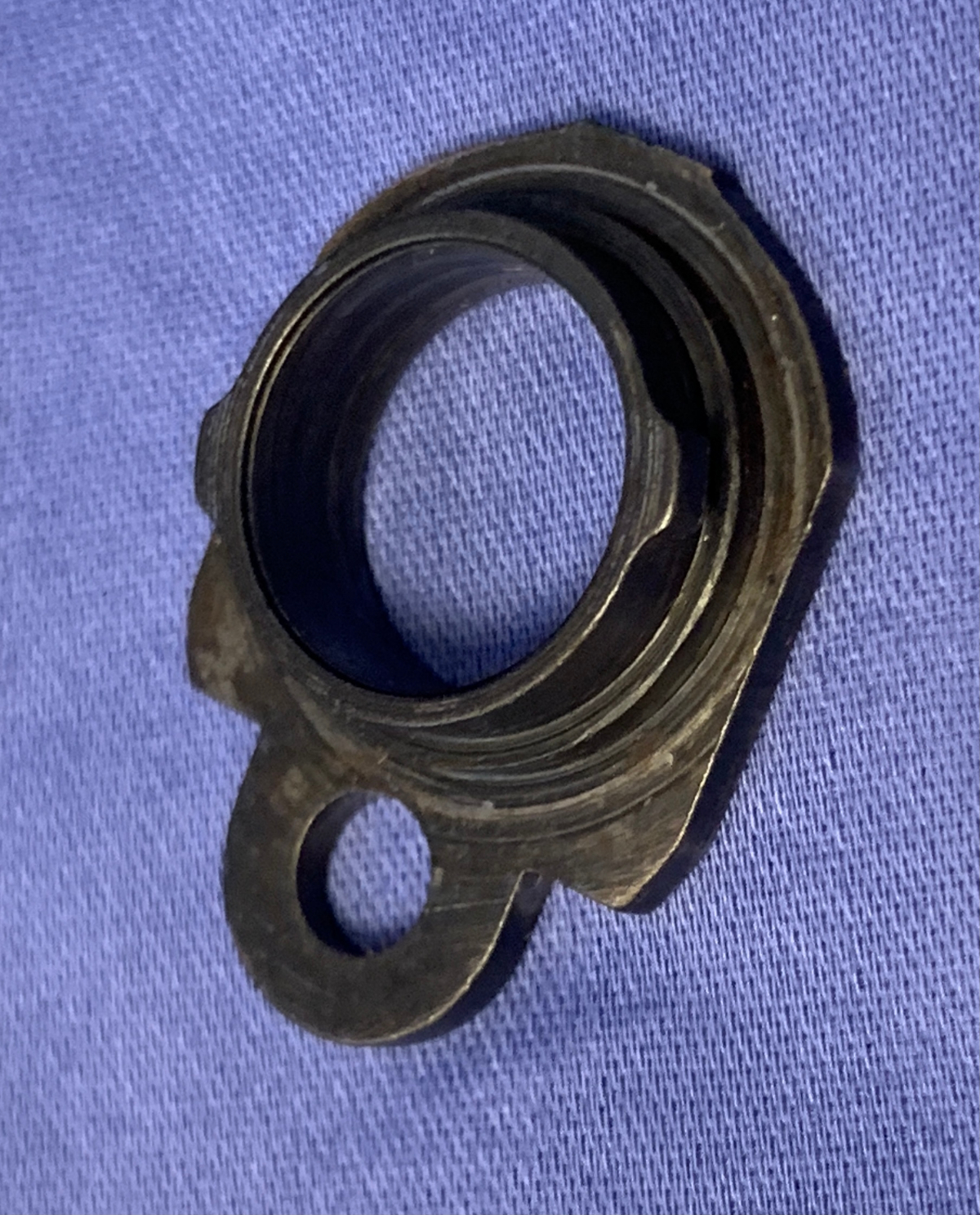
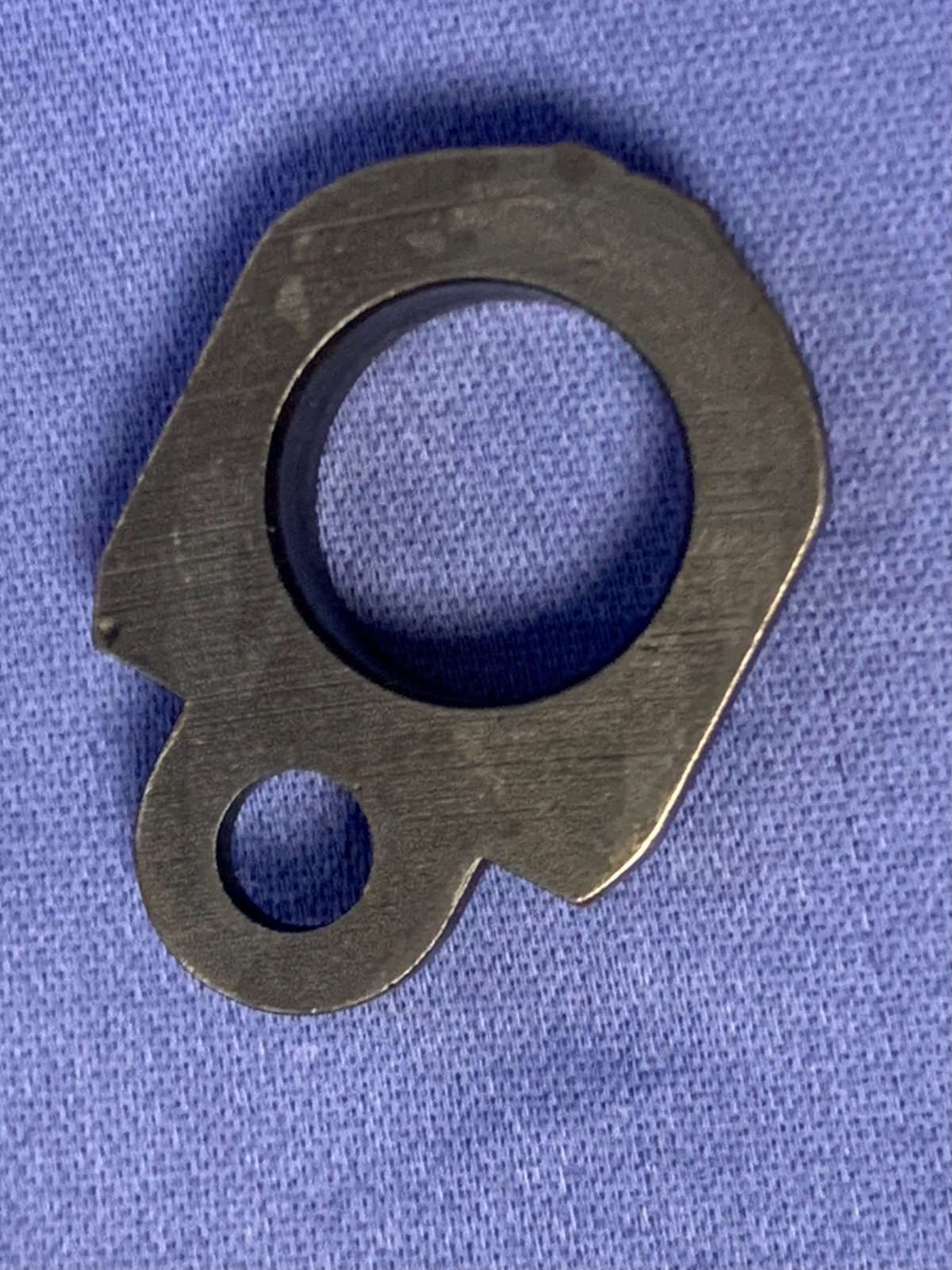
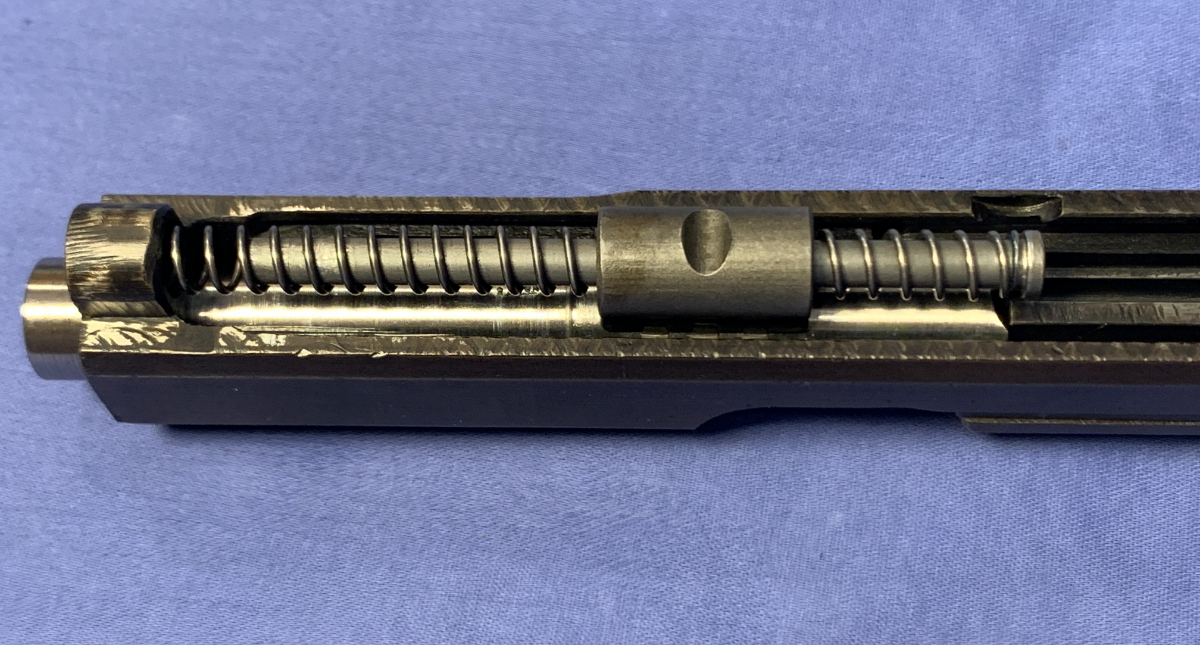
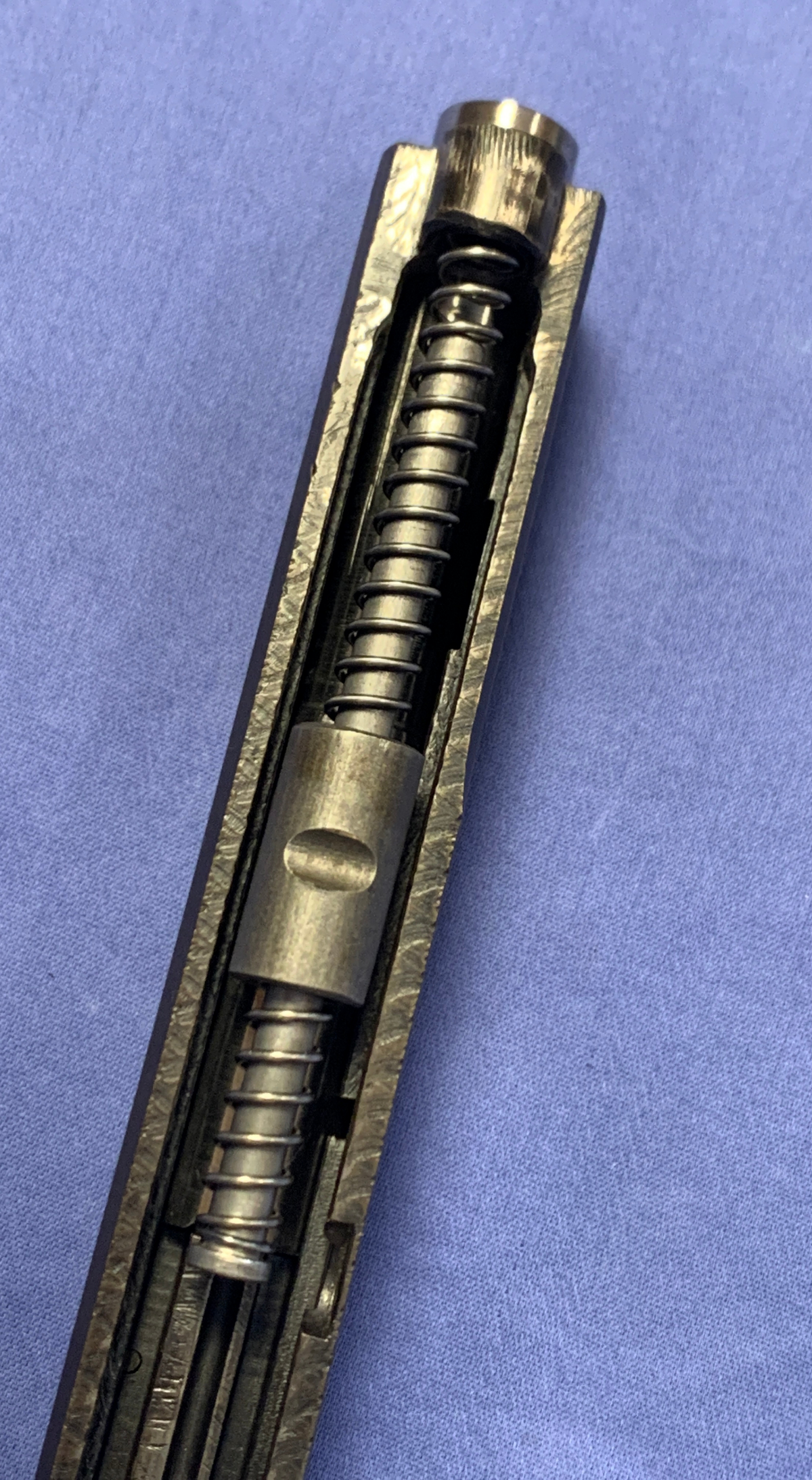
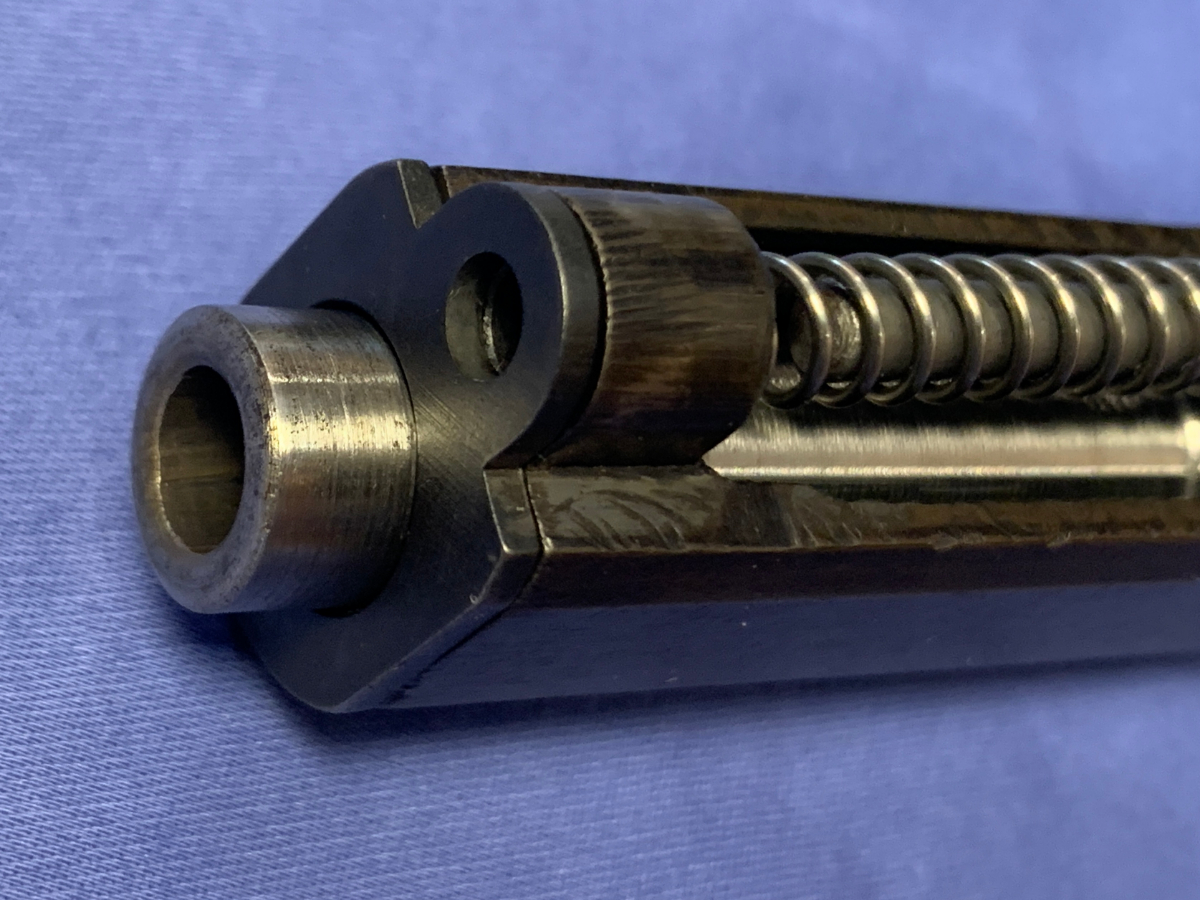
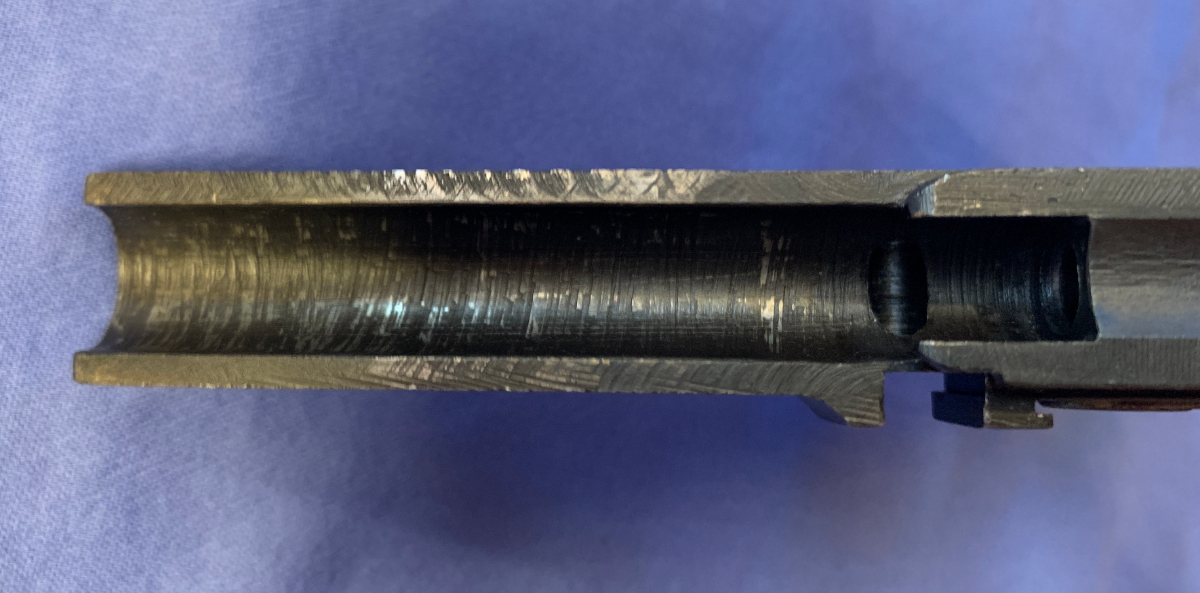
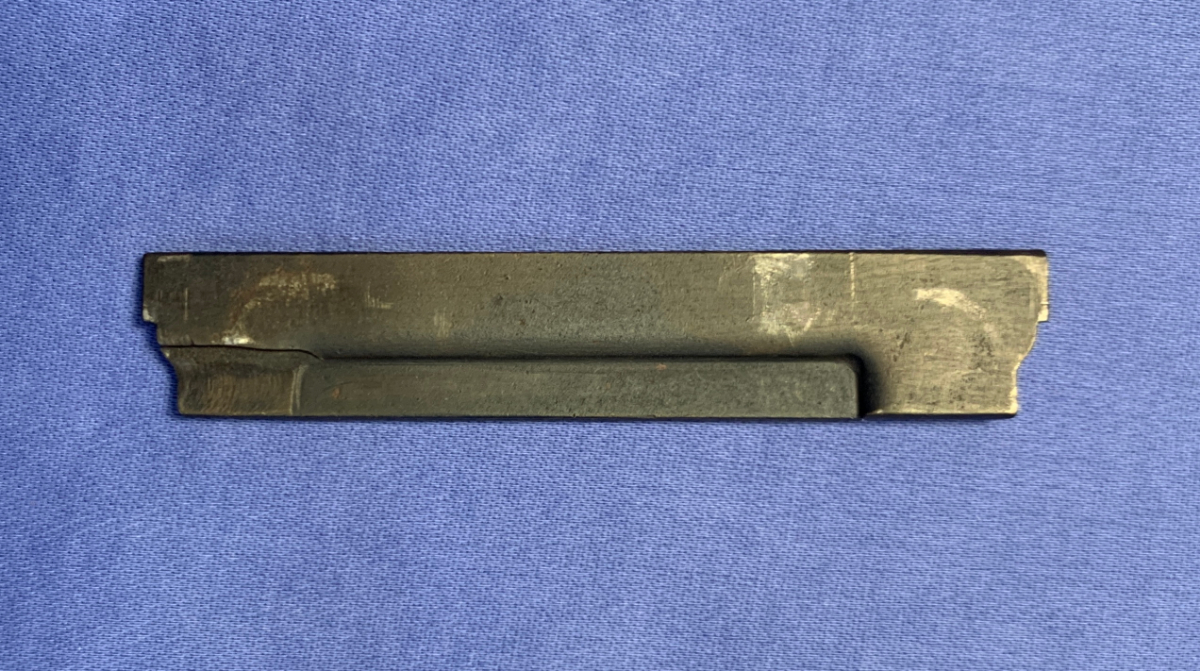
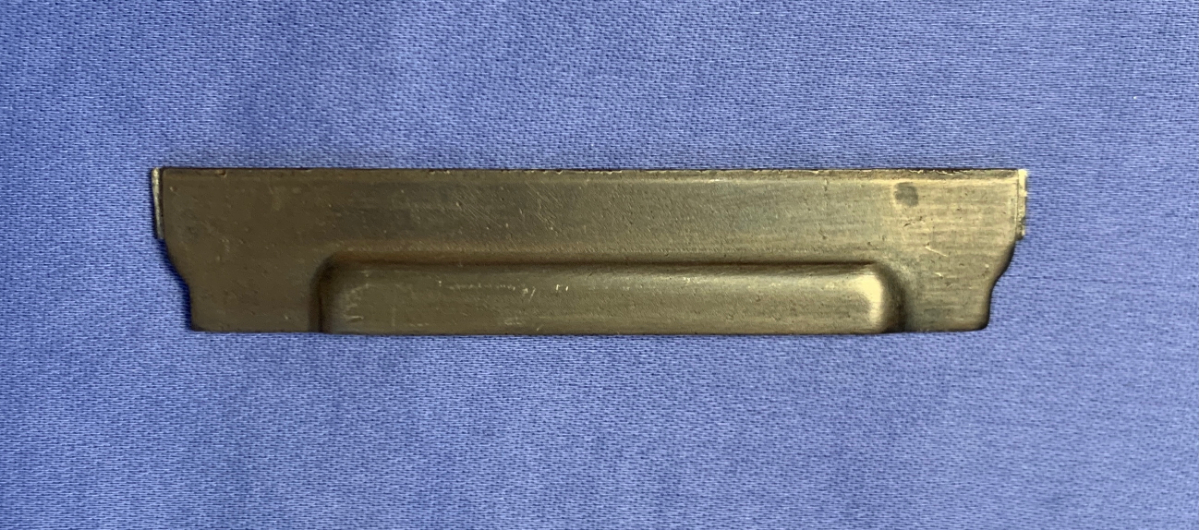
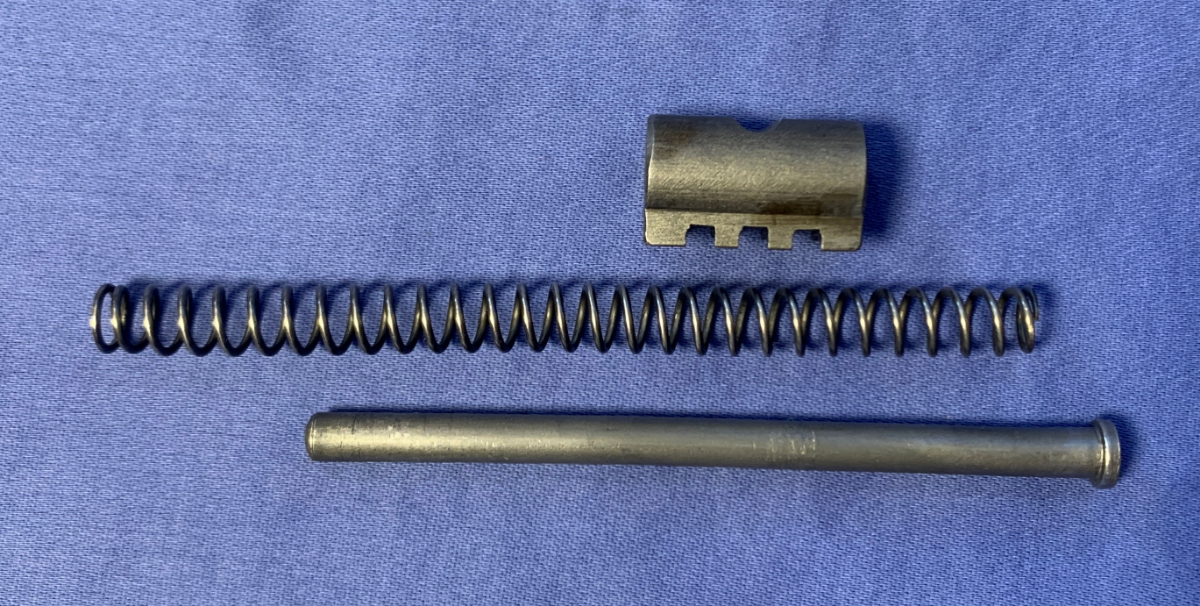
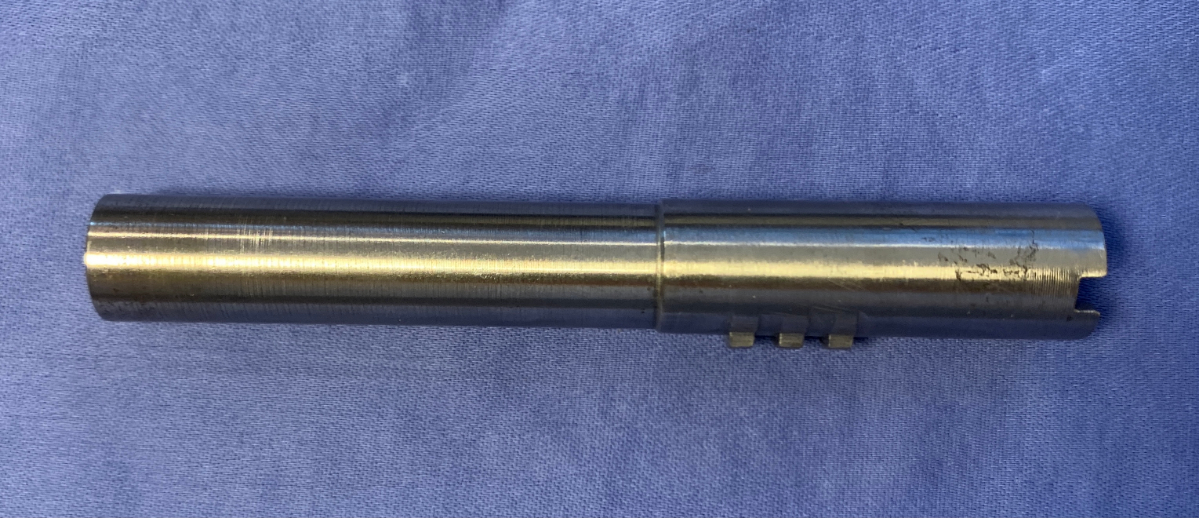
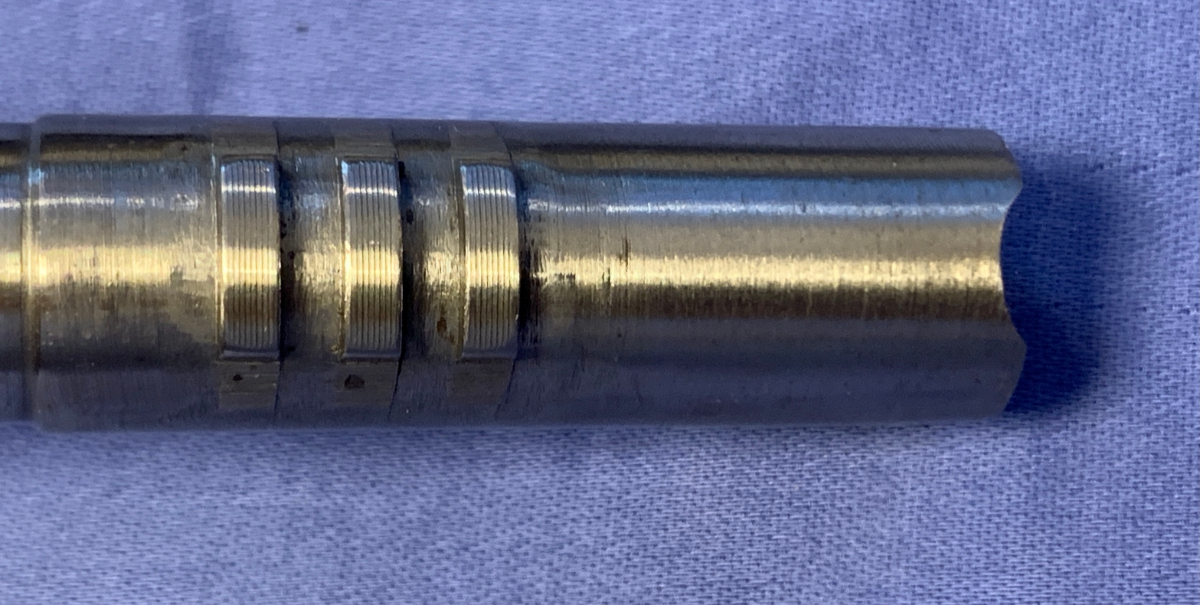
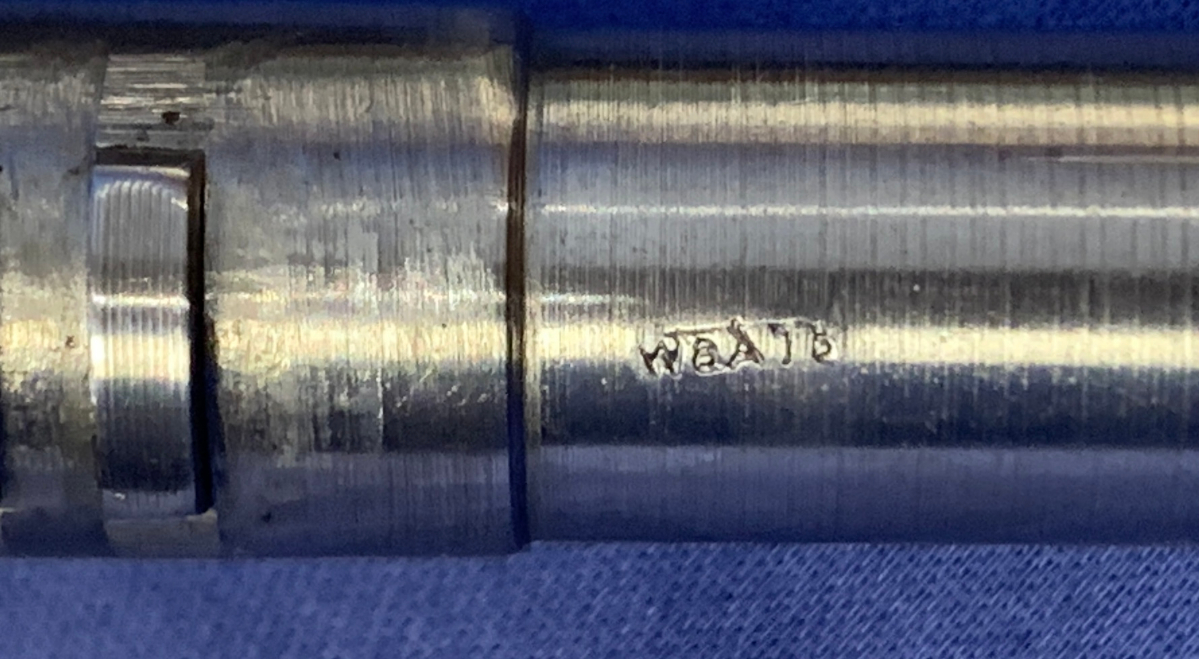
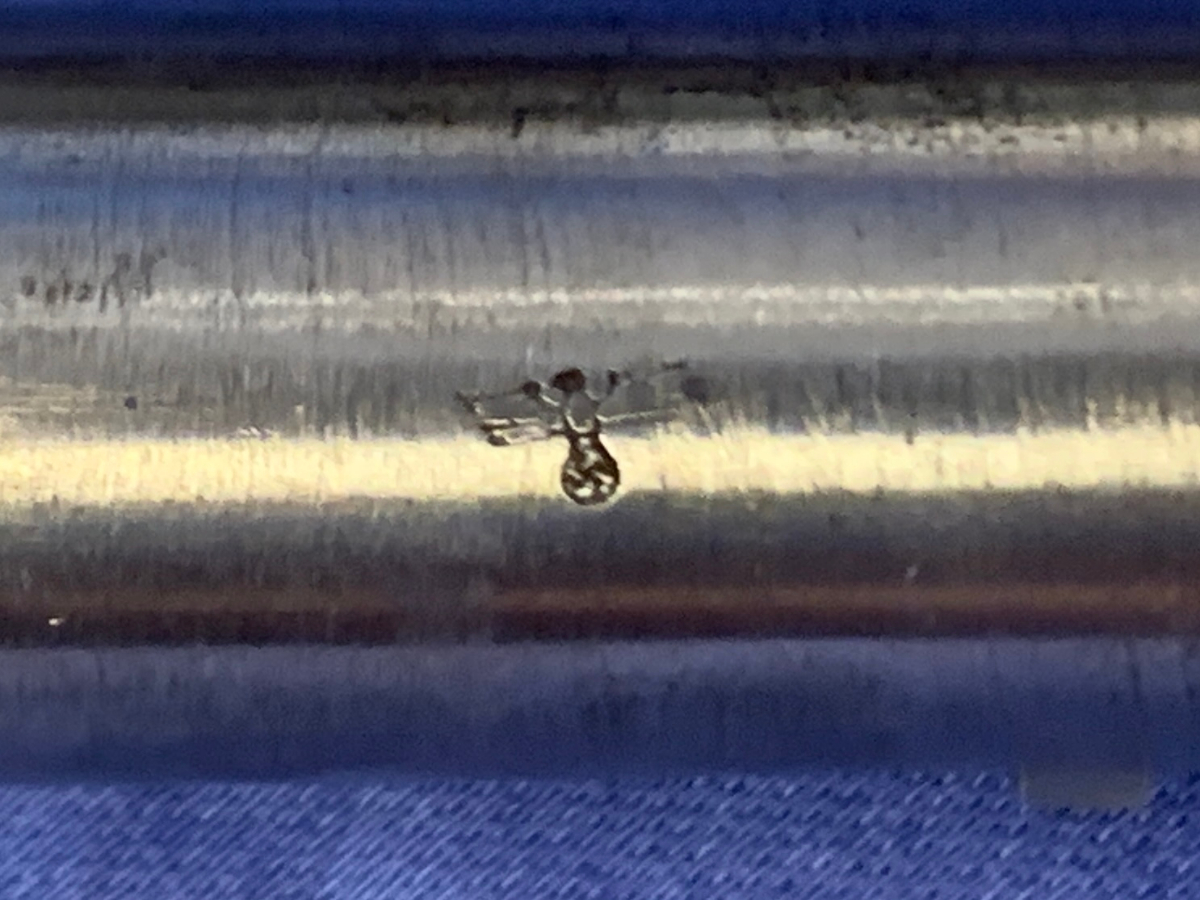
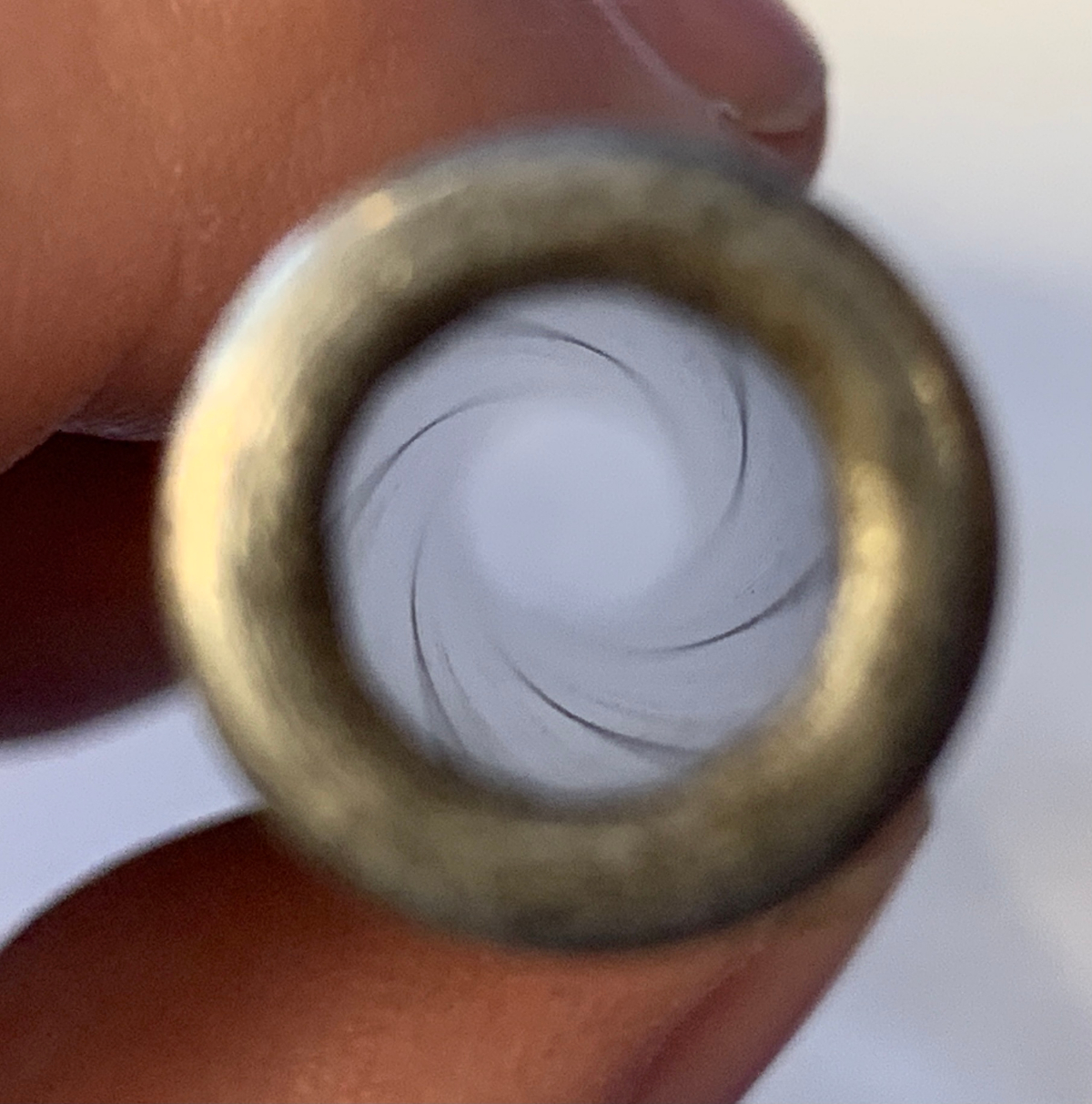
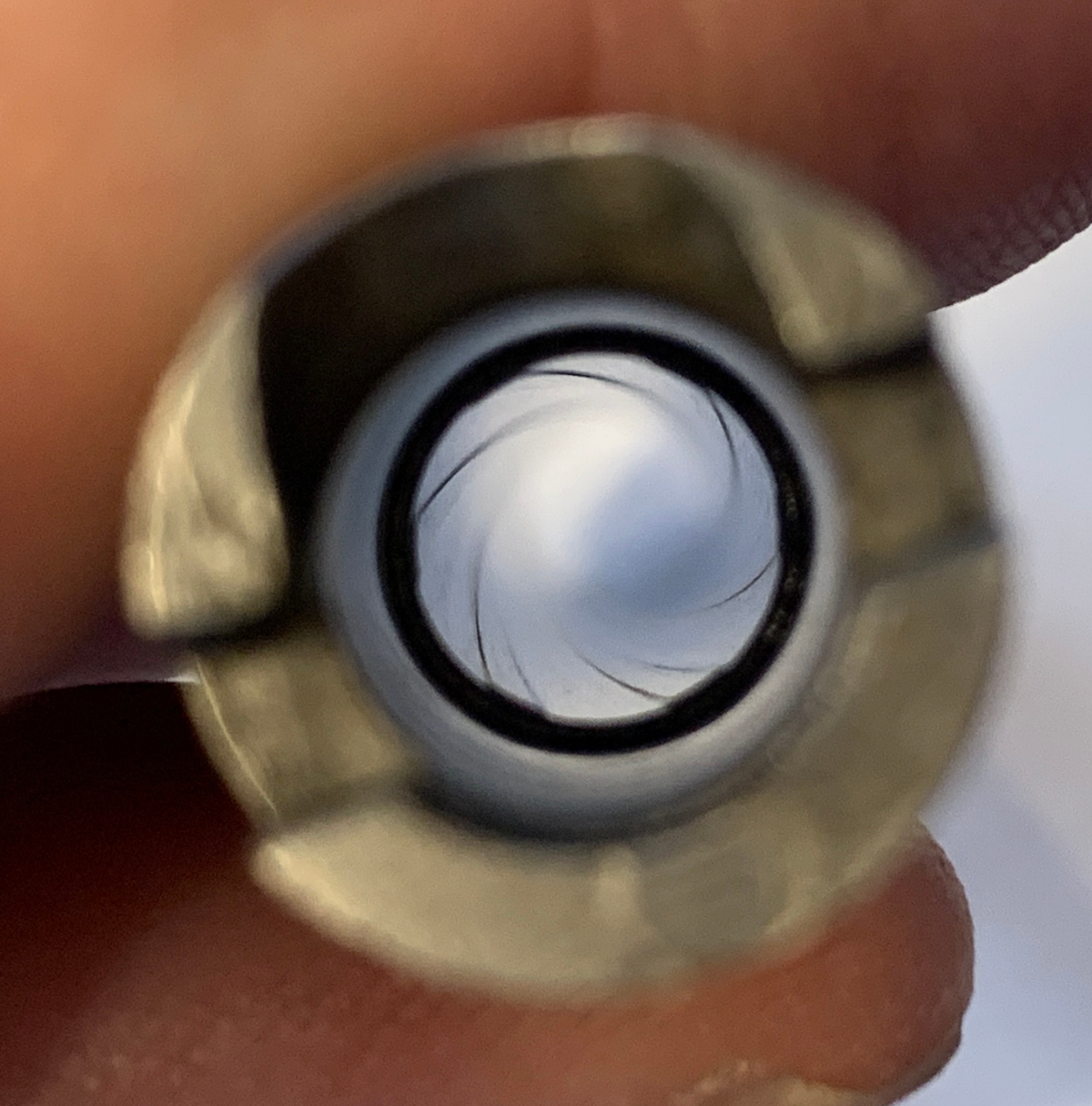
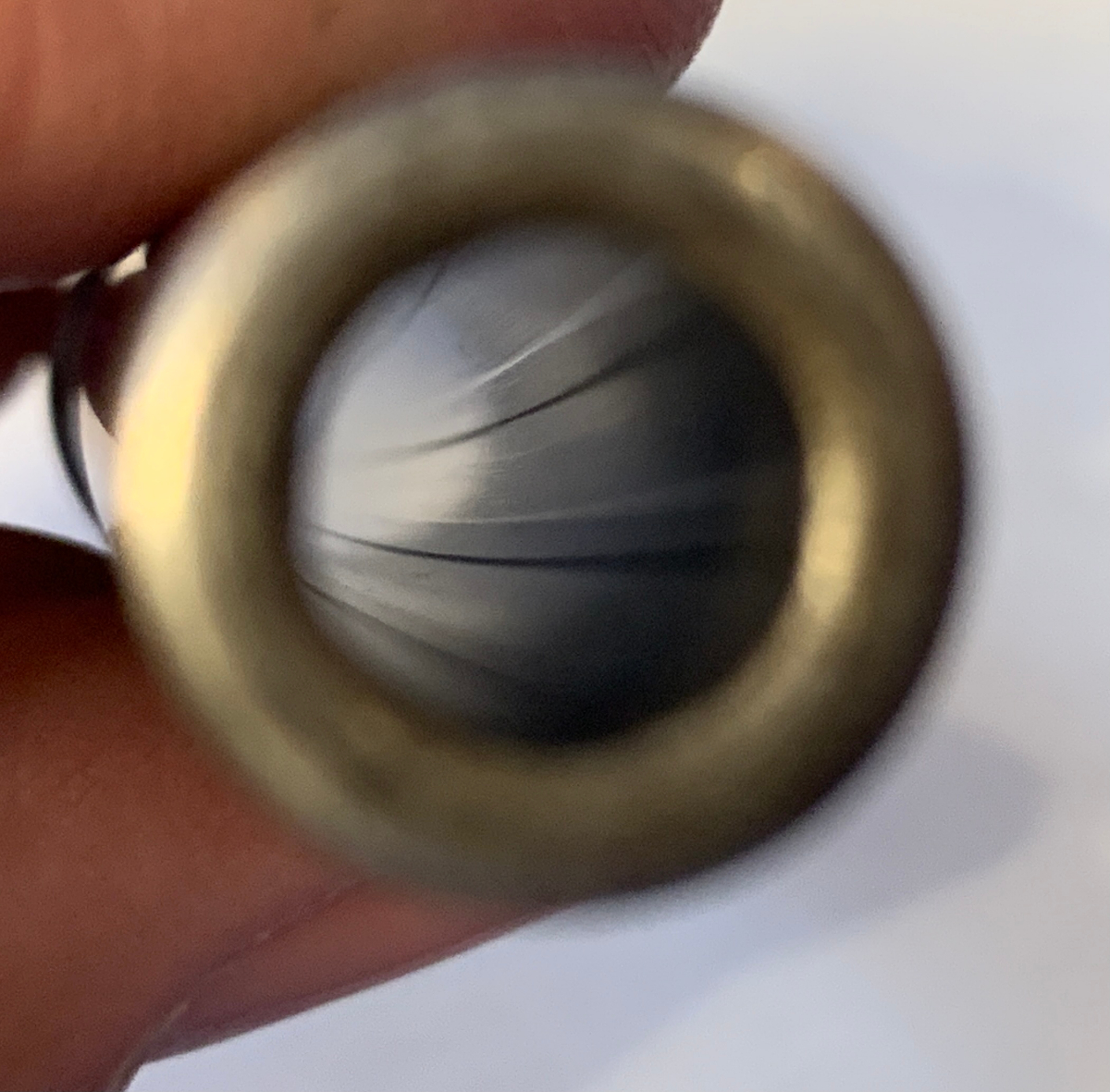
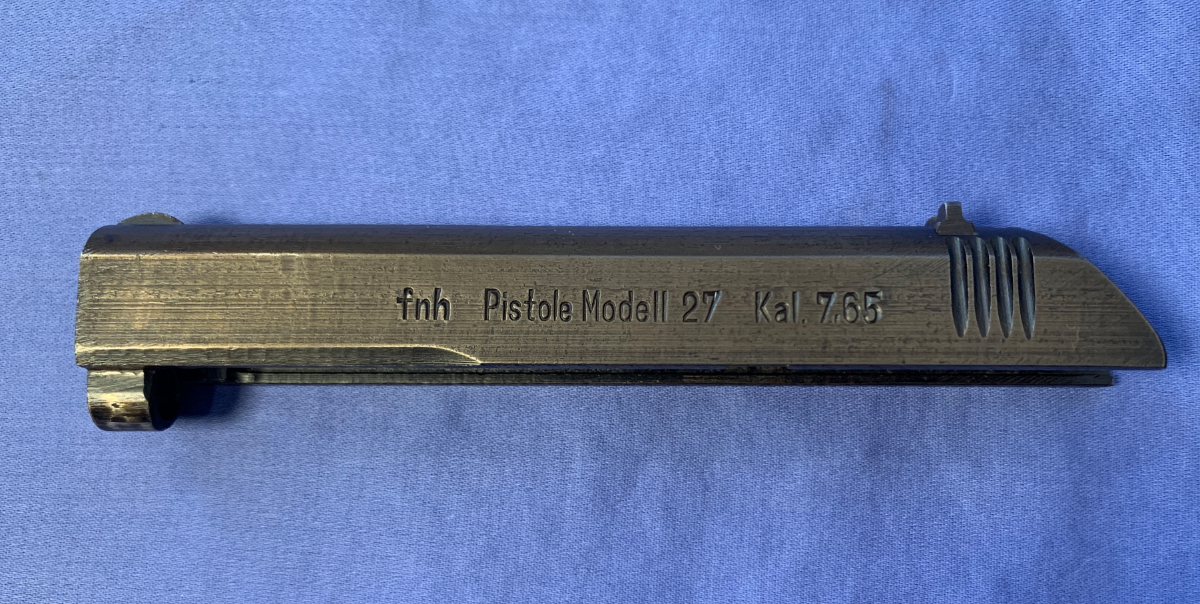
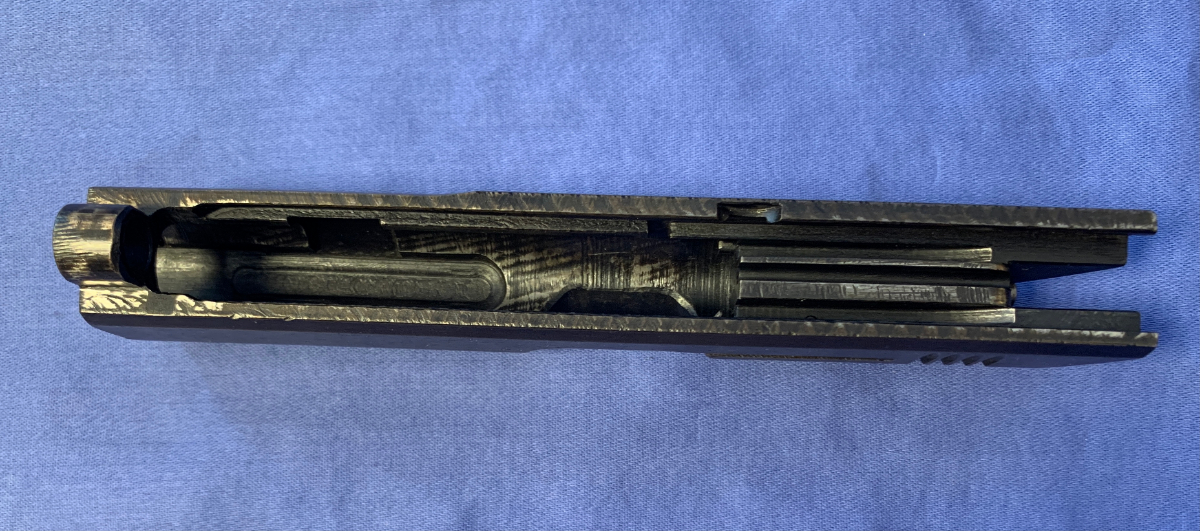
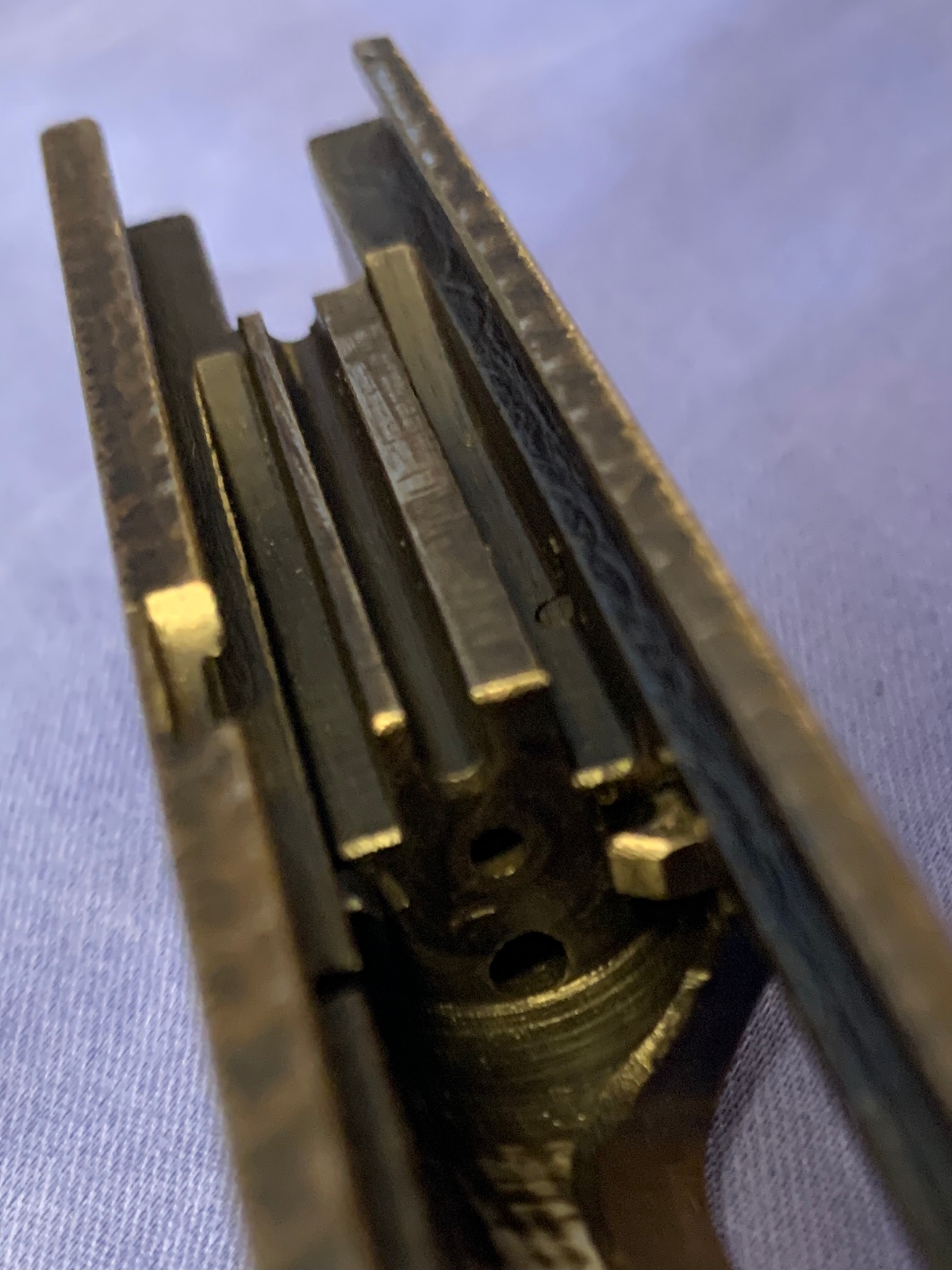
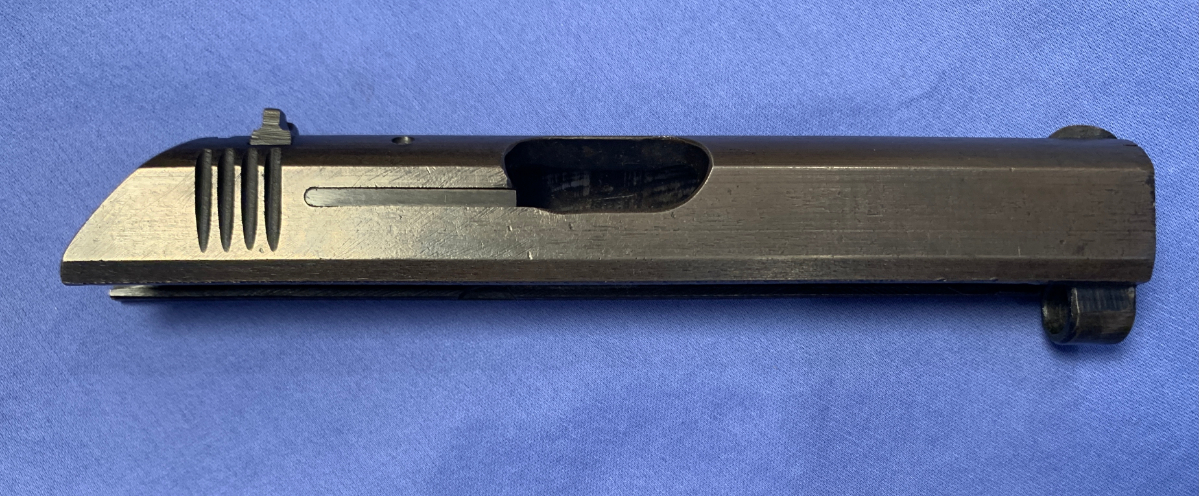
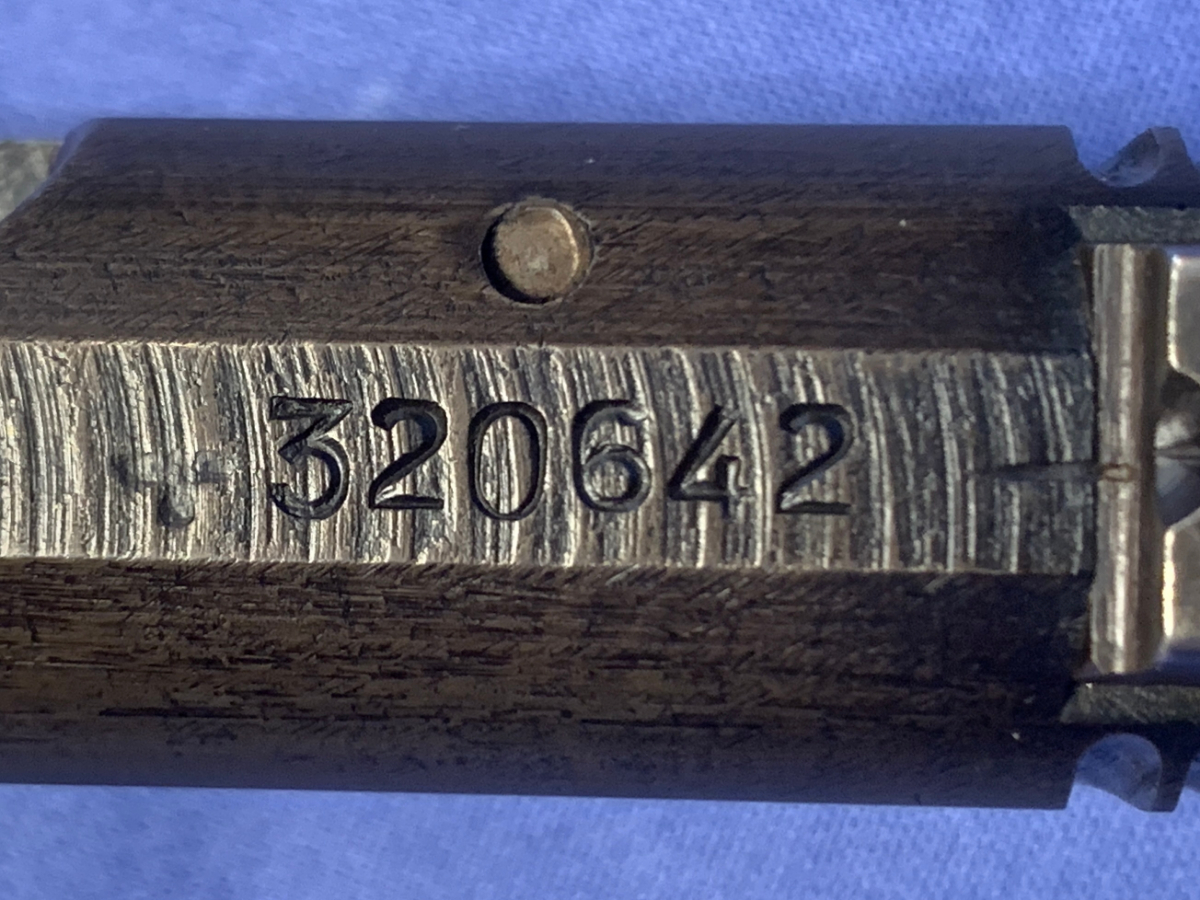
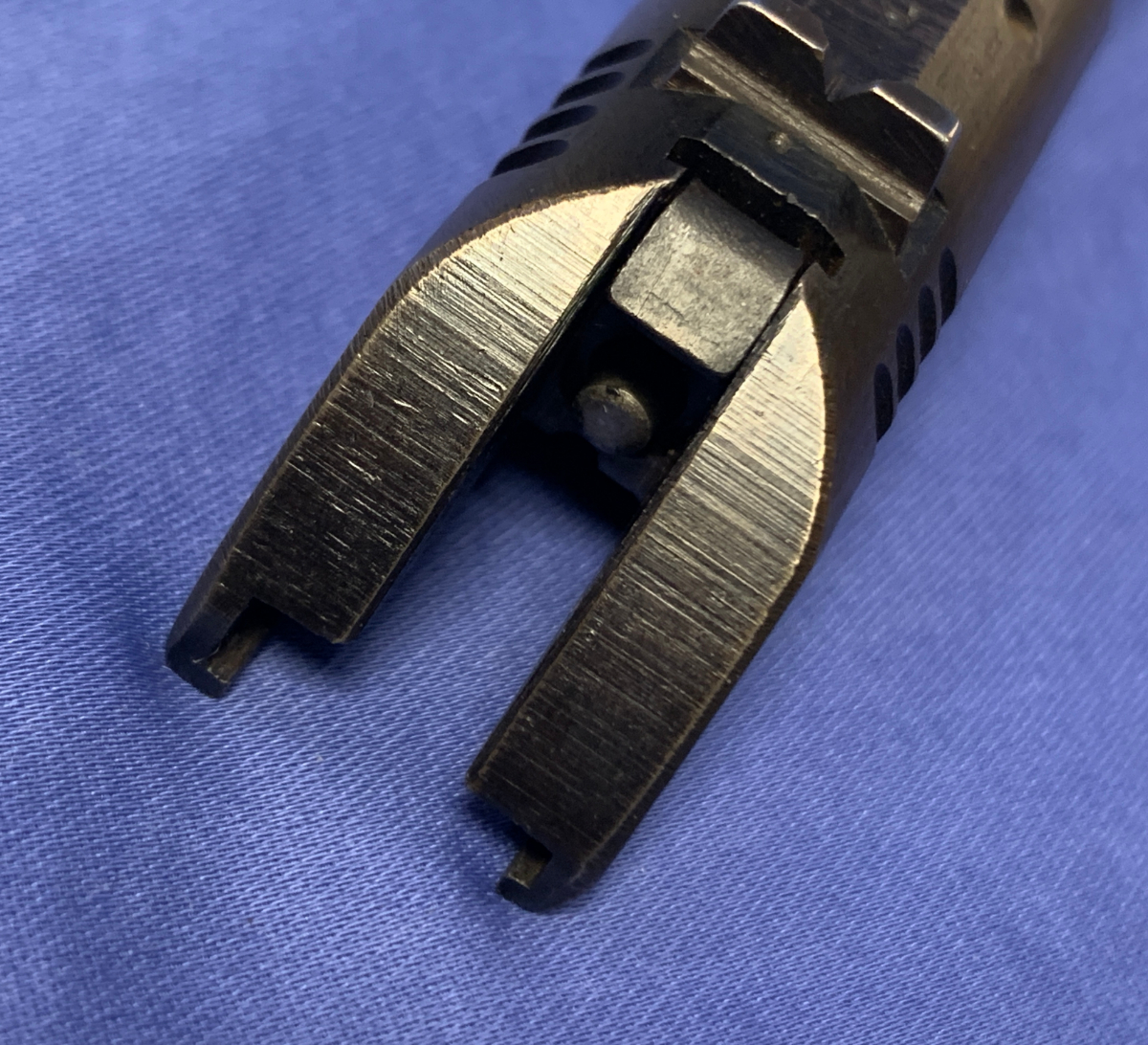
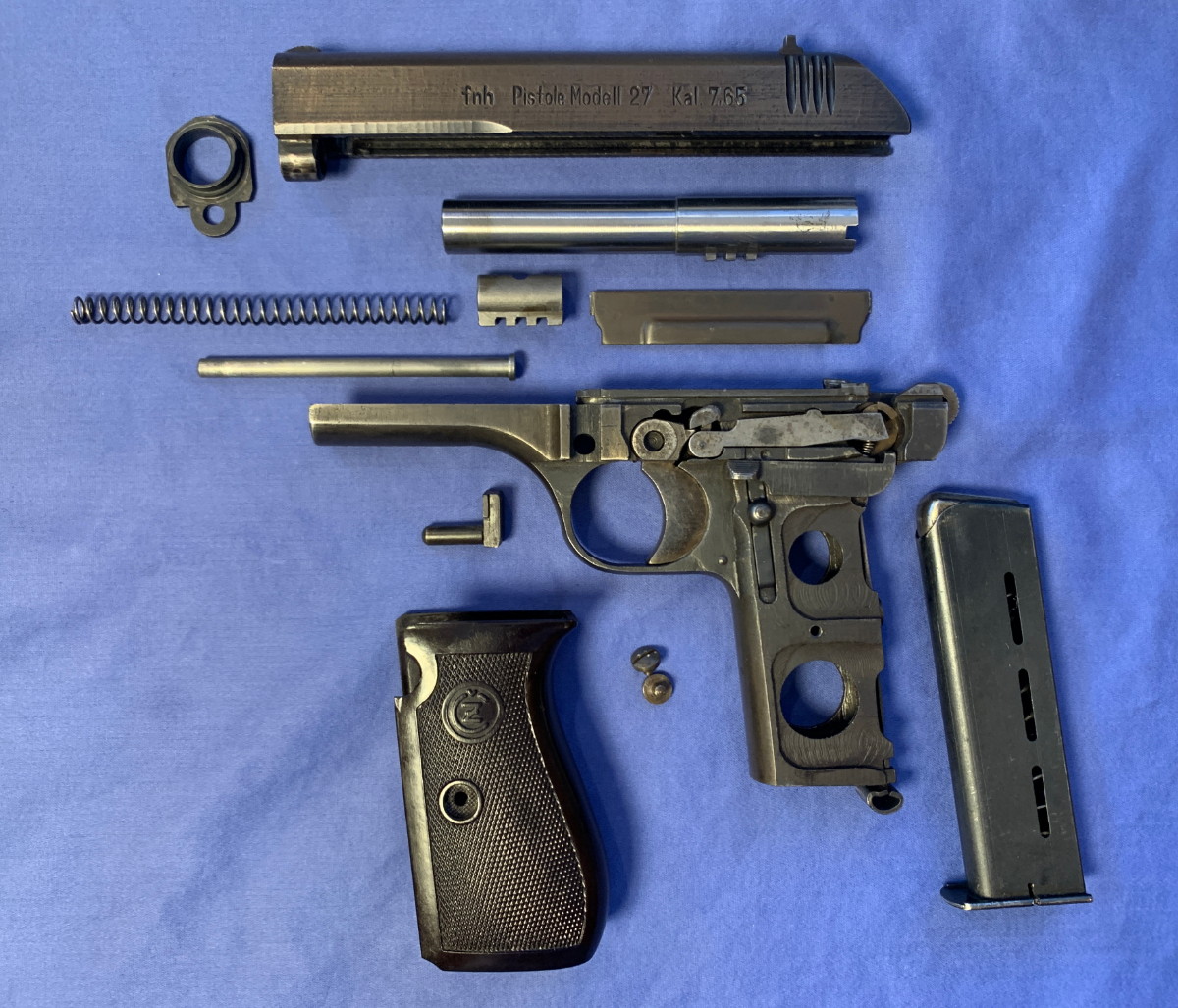
How Does It Work: Roller Locking
Firearm Factory of the Month: AMT & Auto Mag Corp.
The first time I heard the name AMT was when I was in college (getting my Criminal Justice Degree), must have been around 1989. Some of my schoolmates were discussing back up pistols and the AMT Back-Up was mentioned as a good alternative to a snub nose revolver.
To tell the story of AMT & Auto Mag we need to start with the man who started the company: Harry Sanford.
When investigating the history of Harry Sanford, his guns and gun making facilities it was a little “Forrest Gumpish”….meaning that there are a lot of connections to other famous stories…there are ties to Harley Davidson, Route 66, the Vietnam War, Jan & Dean, Dirty Harry, Hot Rods, video games, Eddie Murphy & the North Hollywood Shootout.
Harry William Sanford was born on September 11th, 1930.
During the mid 1950s Harry worked as the manager of Golden State Arms in Pasadena, CA.
Golden State Arms was a dealer of surplus and imported guns and was somewhat of a “mecca” for gun collectors in Southern California. GSA also sold sporterized Springfields, Mausers and other military arms modified by them in their facilities in Pasadena.
In 1957 Harry left GSA to open his own gun shop named East Pasadena Firearms & Tackle Company. This shop was located on the corner of East Colorado Blvd and South Vindeo Ave.
In 1968 he renamed the shop Harry W. Sanford Firearms and moved a few blocks down to East Colorado Boulevard in Pasadena (the same street named in the Jan & Dean song: The Little Old Lady from Pasadena). Incidentally Colorado Blvd was also once part of Route 66.
The world of firearms had some dramatic changes in the 50’s and 60’s. A few of those changes led to the development of the Automag pistol.
One was the introduction of the 44 Magnum cartridge in 1955 then there was the development of the Armalite Rifle in the late 50’s. Then in 1961 Ruger introduced a semi-auto carbine chambered in 44 Magnum. Lastly in 1965 Smith & Wesson introduced the first handgun in stainless steel. These events helped launch the .44 Auto Mag, stay tuned and you’ll see why.
Anyway it was during the 1960’s at the Pasadena gun shop that Harry and his gunsmith(s) conceived the idea for a 44 Magnum auto pistol.
In July of 1969 Automag Corporation is created, the company operates out of Harry W. Sanford Arms in Pasadena.
Knowing the difficulties in using a rimmed cartridge in a box magazine, the team designed a rimless cartridge using cut down 308 Winchester or 30-06 Springfield Brass.
The new cartridge could propel a 240 grain slug to supersonic velocities producing in excess of 1100 ft/lbs of energy.
His pistol design used a rotating lugged bolt very similar to the AR-15 rifle, along with a fixed barrel and separate slide assembly that traveled within a tubular frame similar to the Ruger Mark series pistols. The pistol would be constructed of 100% stainless steel, a first for a firearm. The S&W model 60 was not 100% stainless, it used carbon steel for some the moving parts (hammer, trigger etc).
It would also be the first “Magnum” semi-automatic pistol.
The use of stainless was something that was debated heavily at the gun shop. Stainless at that time had not been perfected for parts that moved against one another.
Stainless was a trademark of Harry Sanford, virtually all his guns were crafted in stainless steel.
Here is one of the first 44 Auto Mags to be shipped on April 8th, 1971
The guns were well built, but the cost of manufacturing them was $1000 or more than the selling price of $247.50 (over $1,600 in today’s money).
After a few years of losing huge amounts of money, Automag Corporation was going under.
In May of 1975 Sanford along with help and encouragement of Lee Jurras (of Super-Vel Ammunition) incorporated a new company to take over the assets of Automag Corp. The new company is called T.D.E. (for Trust Deed Estates). Sanford would handle the manufacturing end, while Jurras was in charge of sales, marketing and distribution.
At the same time Sanford creates a couple of DBAs, one called A.M.T. (Arcadia Machine and Tool) the other O.M.C. (Ontario Machine Company).
TDE would handle the Automag business while the others were for designing and making other firearms.
While AMT was listed as existing in Arcadia, the address I found didn’t exist (or no longer exists), as far as I can tell the guns were made in the same facility as the TDE Automags in El Monte, CA.
With the reality that the 44 Auto Mag may never be successful, Sanford incorporates AMT as a stand alone corporation in July of 1980.
AMT did produce a series of pistols using the “Automag” moniker, although none of them were the 44 Auto Mag. The rights to that gun belonged to TDE. Also note the .44 Auto Mag corp used two words while the AMT guns used one word “automag”.
The AMT Automags included:
Automag II – .22 Winchester Magnum Rimfire
Automag III – .30 Carbine
Automag IV – .45 Winchester Magnum & 10 mm Magnum
Automag V – .50 Action Express
Note that the model # was also the first number of the caliber they were chambered in.
They also produced the Back-Up series of pistols (pictured above) as well as some 1911 variants known as the “Harballer”, “Commando” and the “Javalina”
Sometime around 1984 the folks at AMT decided to start making copies of the Ruger Mark II pistol and the Ruger 10/22 rifle.
The pistol carried the name “Lightning” and the rifle was the “Lighting 25/22” as it was shipped with an aftermarket 25 round magazine.
Ruger was none to happy about it and a lawsuit eventual brought production to end. Whether that was through a cease and desist order or a licensing agreement that AMT could not afford, I do not know which.
In 1985 AMT was moved to Covina, CA.
In 1987 or 1988 AMT production moved again, this time to Irwindale, CA.
Then in October of 1988 the company was reincorporated Irwindale Arms Incorporated (IAI).
Sometime in the mid 80’s an employee of AMT/IAI decided to branch out and produce high precision rifles including some in .22 LR, based on the AMT copy of the 10/22.
The company name was later changed to Diamond Precision Industries and when AMT no longer produced the the Lightning, they began getting their stainless receivers from Olympic Arms (Olympia, WA).
On April 28th, 1996 Harry William Sanford passes away, two years later the company is purchased by Galena Industries, production is relocated once more to a different facility down the street in Irwindale. The AMT name re-emerges.
In 1999 Galena moved all production to Sturgis, South Dakota, home of the famous Harley Davidson Motorcycle Rally.
By November 2001 Galena was bankrupt.
On Thursday July 25th, 2002 an auction was held to sell the remaining inventory, tooling, and rights to the AMT line.
In a strange twist of fate, the successful bidder was High Standard Firearms of Houston, Texas. High Standard (the original New Haven/Hamden company) once had Auto Mag manufacture and brand label pistols for them.
This new High Standard company began producing some of the AMT models in their Houston Texas plant.
In 2015 Harry’s son Walter sells the rights to the 44 Aut Mag to a group of investors.
Time Line of Events
1954 – Harry Sanford manages Golden State Arms
1957 – Sanford opens East Pasadena Firearms and Tackle Co.
1968 – Sanford’s gun shop moves down the street and gets new name Harry W. Sanford Firearms
1969 – Auto Mag Corporation incorporated
1971 – The first 44 Auto Mag model 180 pistols ship to customers
1974 – Auto Mag Corp goes bankrupt
1975 – The AMT names appears for first time as a DBA
1980 – AMT is incorporated as a stand alone entity
1982 – The last 44 Auto Mag is produced
1983 – Sudden Impact is released in theaters
1984 – AMT begins producing Ruger 22 rimfire copies
1985 – AMT production moves to Covina, CA
1987 – AMT production moves to Irwindale, CA
1987 – Beverly Hills Cop II is released in theaters
1988 – AMT is reorganized and incorporated as Irwindale Arms Inc
1994 – A lawsuit brought by Ruger ends production of the Ruger copies.
1996 – Harry Sanford passes away
1998 – Galena Industries buys Irwindale Arms Inc. & moves production down the street
1999 – Galena Industries moves to Sturgis, SD
2000 – I/O interactive releases “Hitman” video game
2001 – Galena goes bankrupt
2002 – Galena and AMT name sold to High Standard of Texas
2018 – High Standard goes bankrupt
2018 – Automag Ltd and Excel Industries announce the return of the 44 Automag.
Legacy
Larry Grossman (not to be confused with the hot rod artist), the one-time head designer/engineer at AMT went on to create the Accu-Tek 380, which resembles the AMT made pistols.
In 1983 Sudden Impact is released in theaters, the fourth film of the Dirty Harry franchise, featuring a few scenes with a 44 Automag…..of its prowess Dirty Harry states: “…this is the 44 mag Automag and holds a 300 grain cartridge and if properly used it can remove the fingerprints…”
The silver screen exposure did for the 44 Automag, what the original Dirty Harry movie did for the S&W model 29 a decade earlier. Unfortunately the last 44 Automag was produced a year before the film hit theaters.
Clint Eastwood, the 44 Automag and Harry Sanford
In 1987 Beverly Hills Cop II is released, part of the plot twist includes custom 44 AMP cases cut down from .308 Winchester cases. Something Axle Foley recognized as a custom 44 AMP case.
see the clip here
In the year 2000 a new “first person shooter” or “FPS” game emerged. Named Hitman, the main character, Agent 47, was given a pair of AMT Hardballers (called Silver Ballers in the game) as his weapons of choice by his Danish developers. This of course brought the AMT guns to the attention of a new generation of gun owners/collectors. There has been a lot of “tribute” 1911s built to mimic the Silverballers.
What Remains:
While the AMT guns are no longer being produced, the 44 Auto Mag may be going back into production.
In August of 2015 Walter Sanford (son of Harry) sold the rights and what material/parts/tooling was left of the 44 AutoMag to a company in South Carolina.
The new company, named AutoMag Ltd Corp., is attempting to produce the guns. There will be some updates that may make the gun cheaper to manufacture and more reliable.
Excel Industries is doing at least some (if not all) of the work and Larry Grossman is deeply involved.
from the 2018 SHOT Show.
I have read that Max Gera is also assisting with the project.
See their website here
The original gun shop (East Pasadena Firearms and Tackle) at 2620 East Colorado Blvd is long gone, in it’s place sits a dentist office
The location of Harry W. Sanford Firearms at 2480 East Colorado Blvd in Pasadena is now a tattoo parlor and a pet store
The North Hollywood location at 11607 Vanowen Street is still standing, this is where the Automags were produced after Automag Corp went under.
The first AMT factory building still stands at 11658 McBean Drive in El Monte.
The Covina factory at 536 N. Vincent Ave is still standing as well
The two factory locations in Irwindale are also still standing and in use:
6226 Santo Diaz Street
5463 Diaz Street
The location of Galena Industries in Sturgis (3551 Mayer Ave.) still exists and is still being used in the gun business. It is now the home of Bowen Arms…in fact the neighborhood is also home to Bar-Sto, Nesika Bay Precision and Long Rifles Inc.
The final building in which AMT guns were produced in Houston at 5151 Mitchelldale:
Sources
https://en.wikipedia.org/wiki/Auto_Mag_Pistol
http://www.amtguns.net/pistols/automag/
https://en.wikipedia.org/wiki/Arcadia_Machine_%26_Tool
http://www.amtguns.info/auto-mag-collectables-guide_topic1642.html
https://automag.com/
https://www.americanrifleman.org/articles/2018/1/31/shot-show-2018-auto-mag-44-amp-pistol/
http://www.amtguns.net/articles/bruce-stark/auto-mag-cartridges/
https://www.guns.com/news/2013/03/13/the-44-automag-pistol-the-forgotten-handcannon
http://www.normankeith.com/AMT.html
https://www.m14br.com/showthread.php?13558-The-California-Connection-Part-2
http://www.imfdb.org/wiki/Beverly_Hills_Cop_II#AMC_.44_AutoMag
Pity that they did away with it!
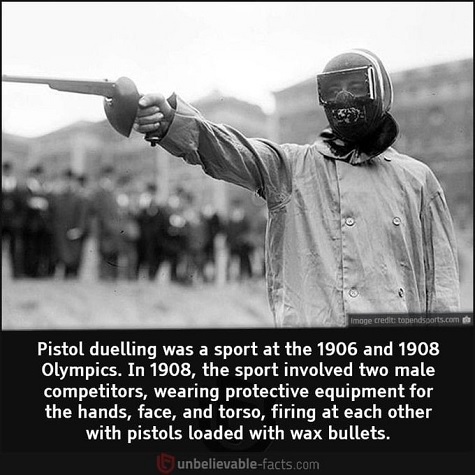

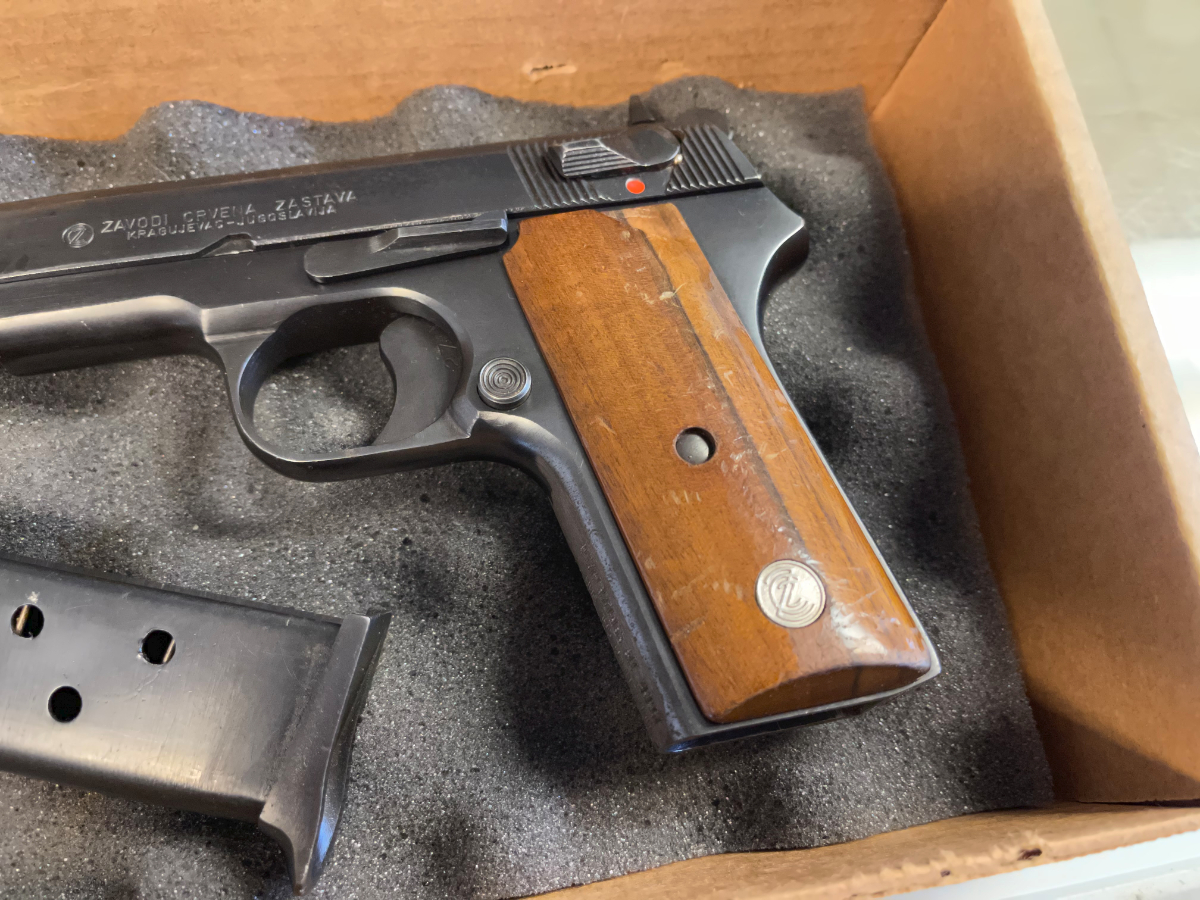
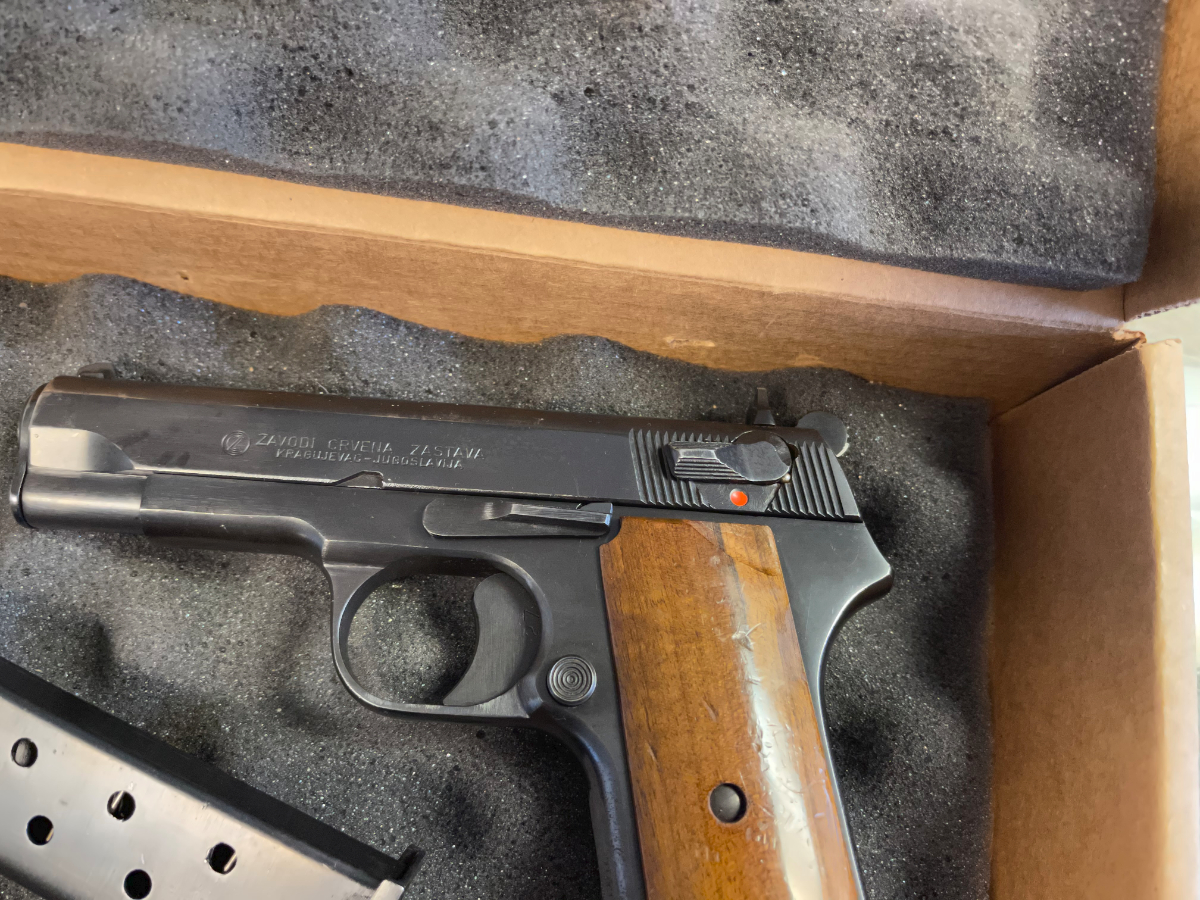
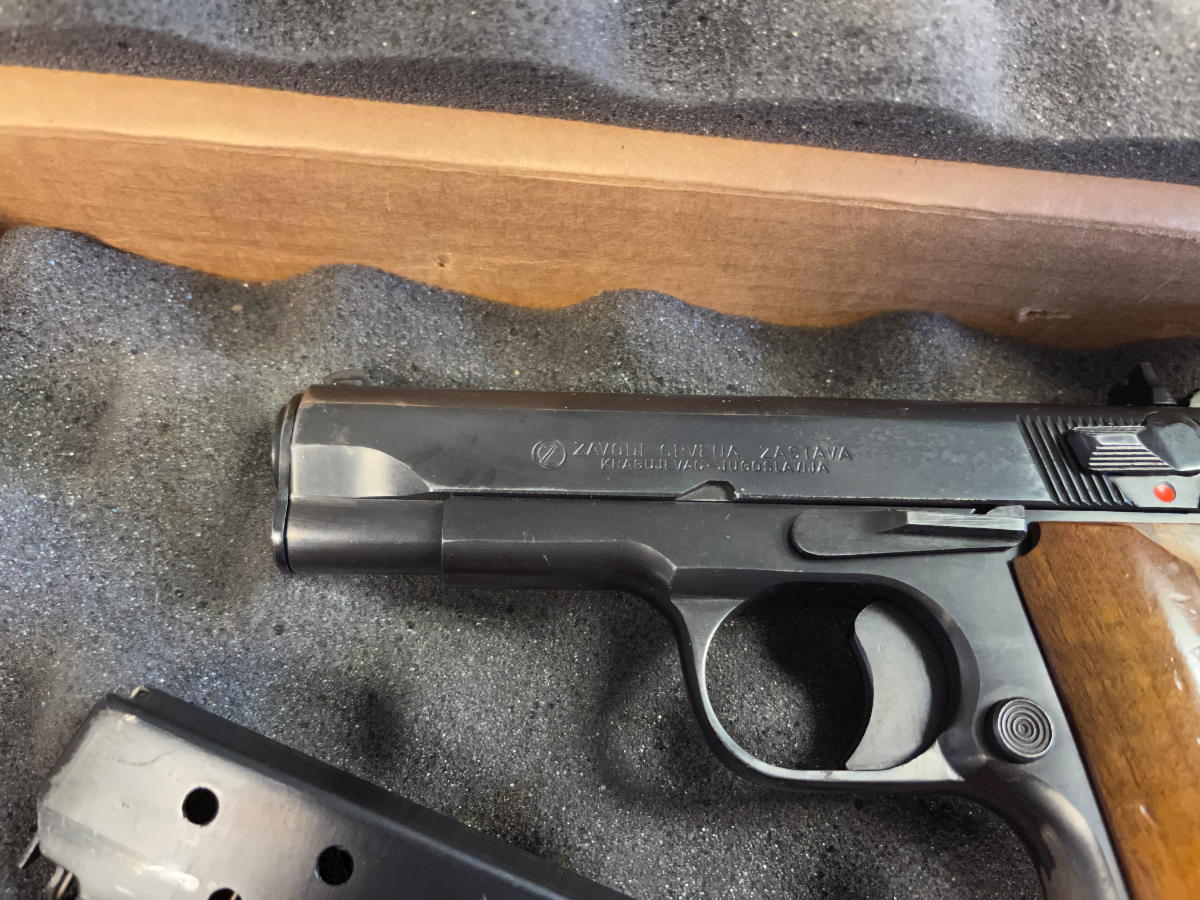
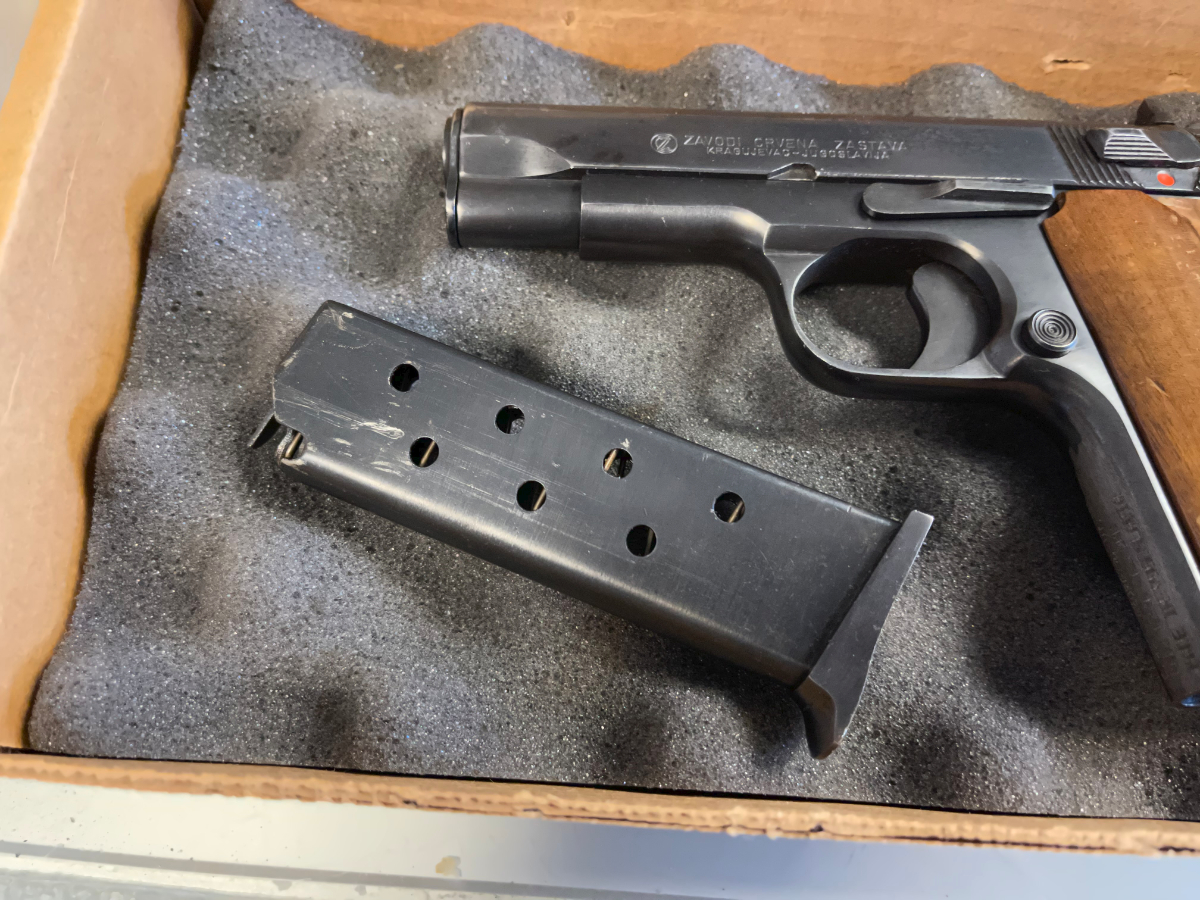
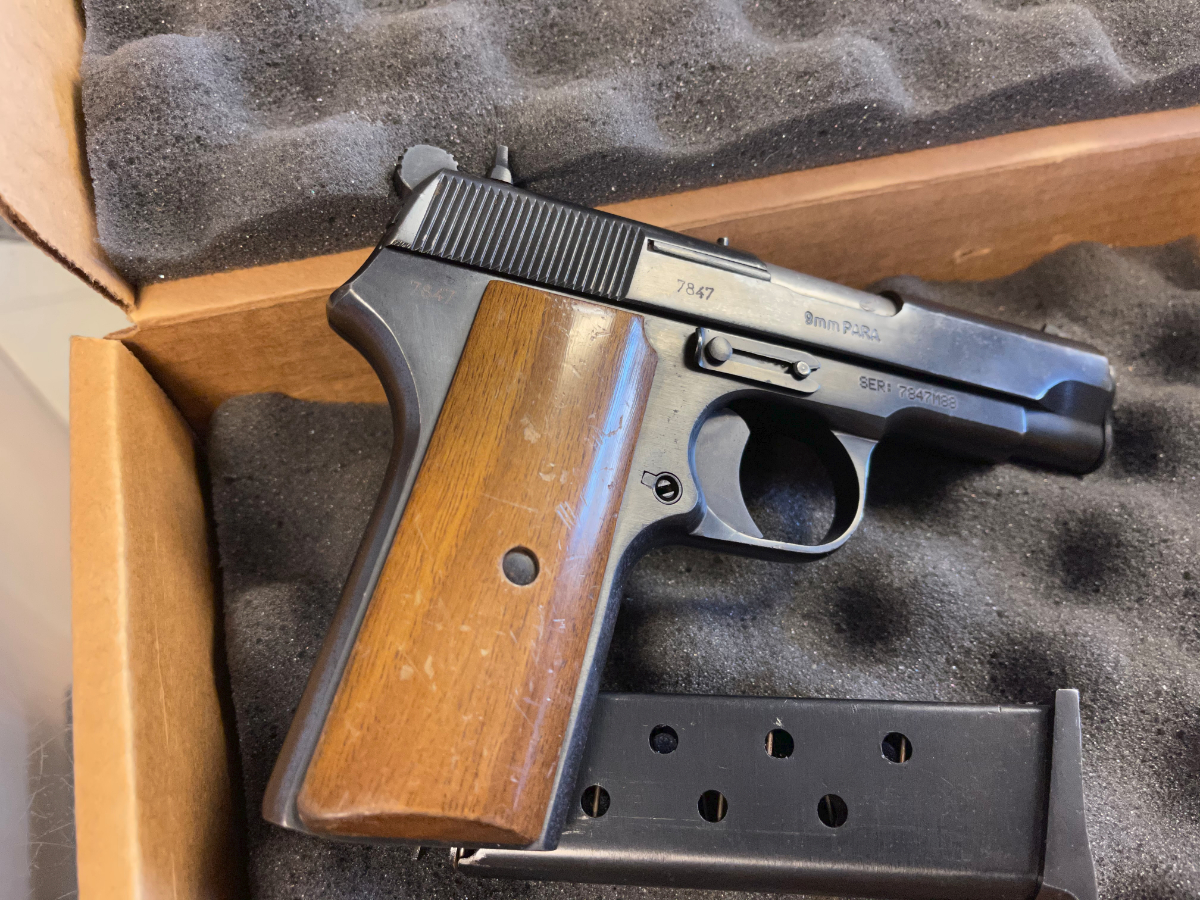
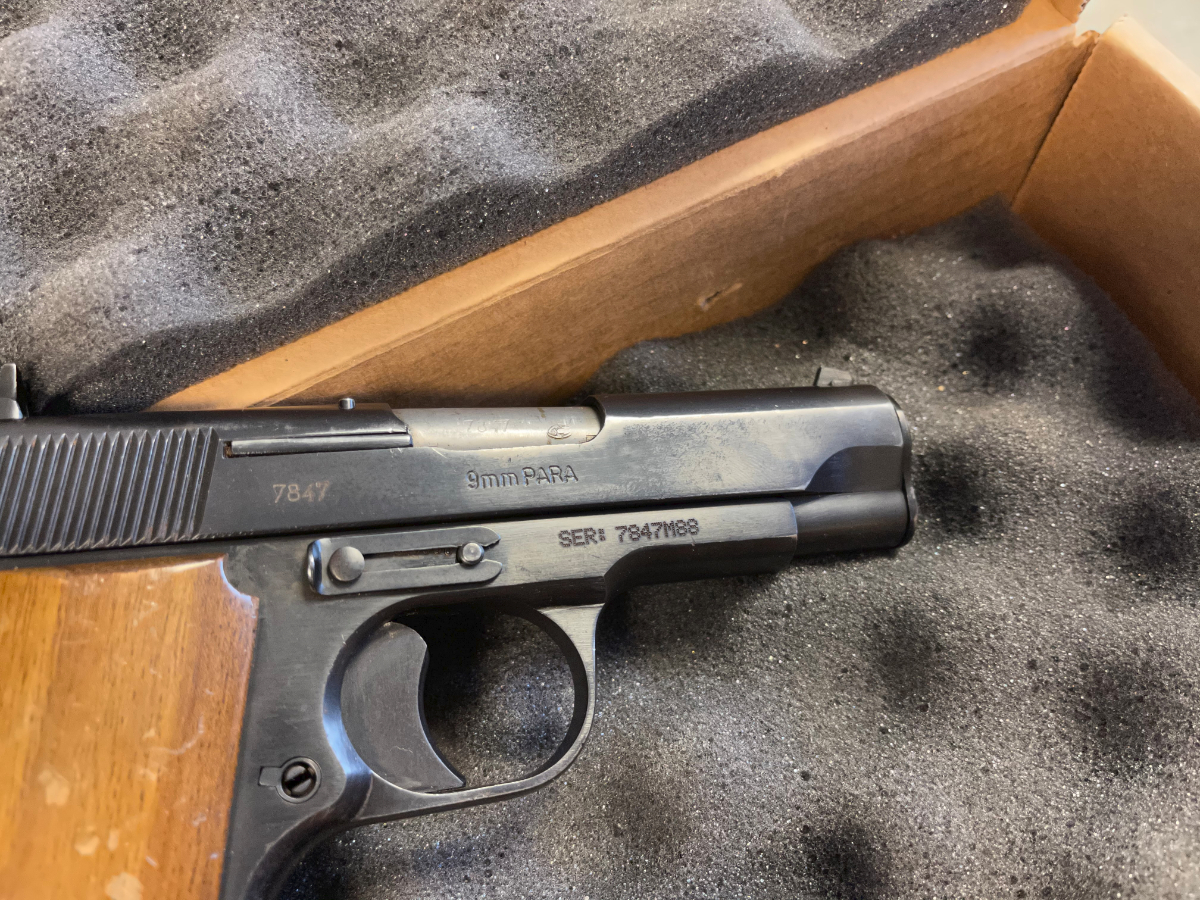
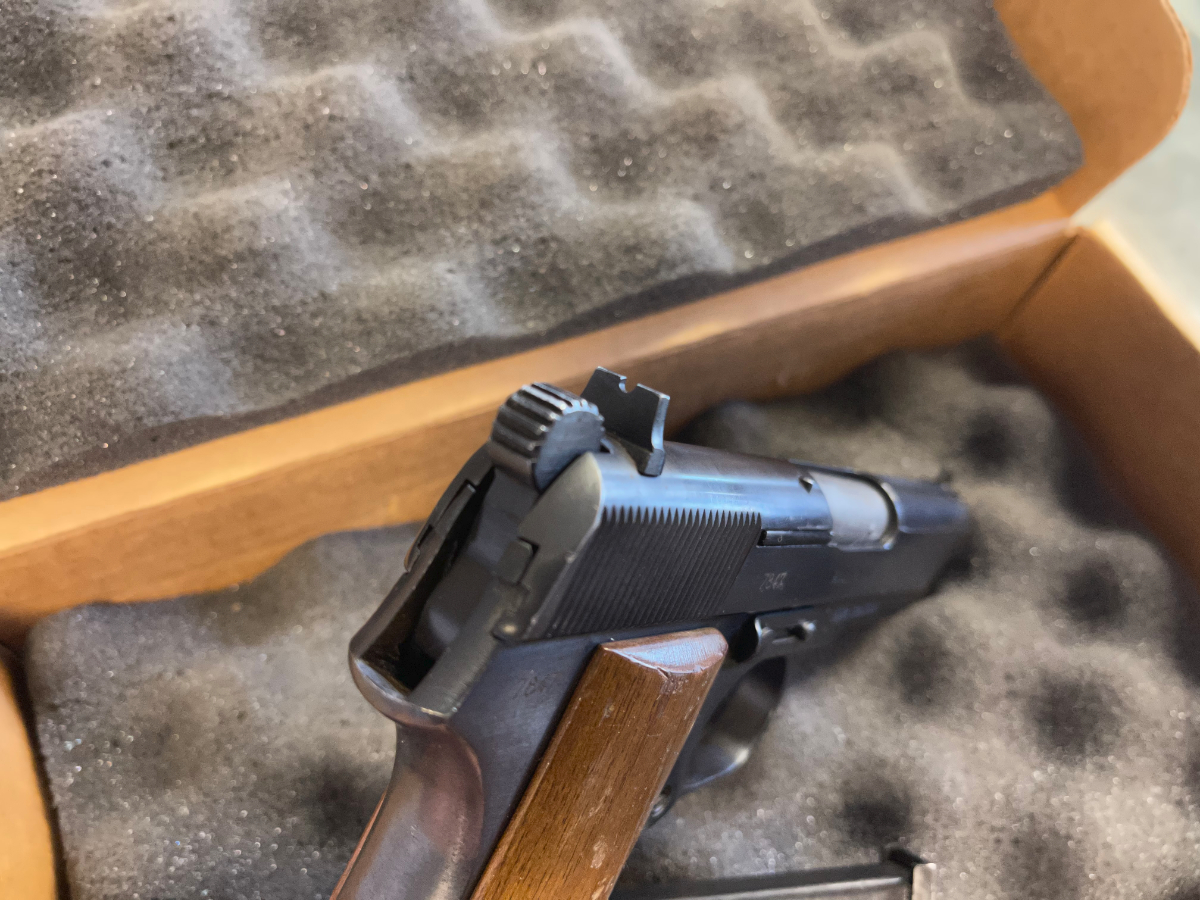
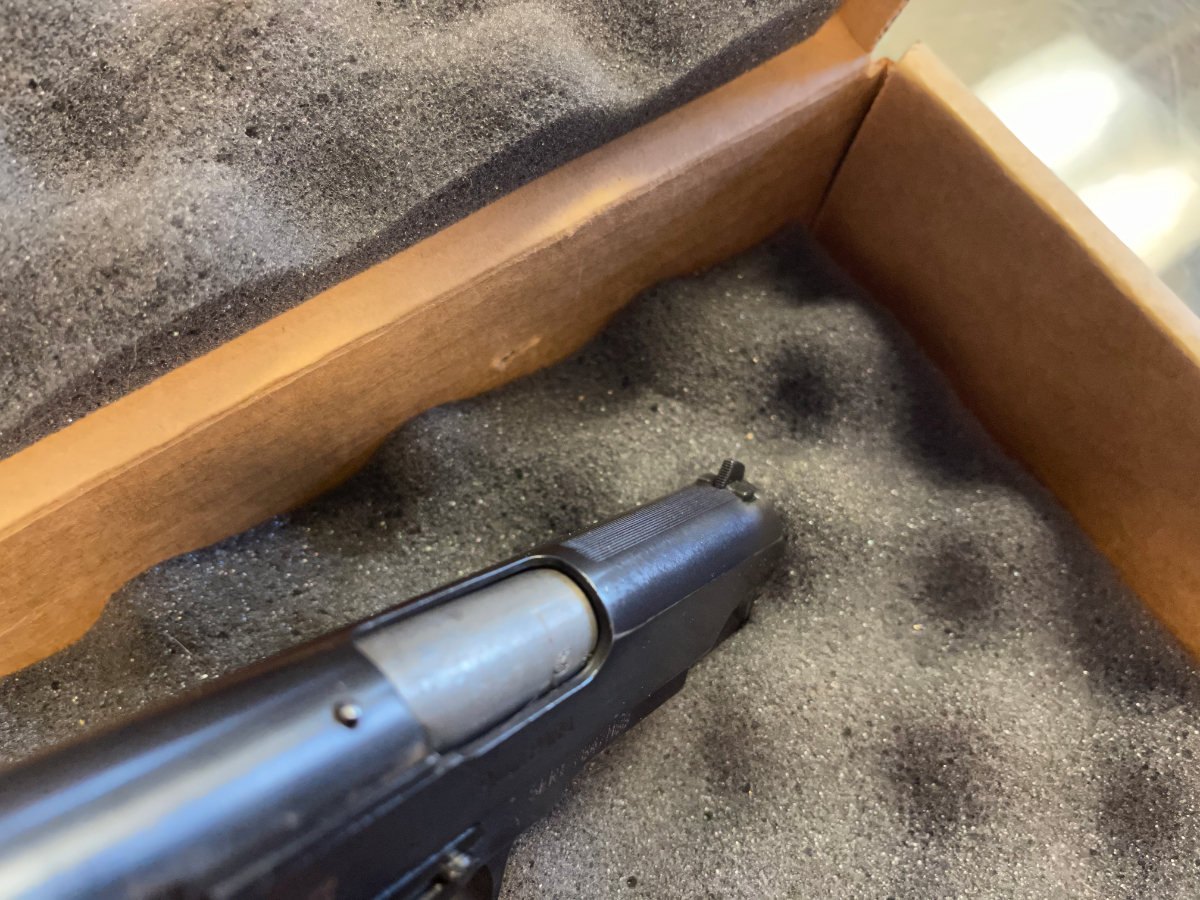
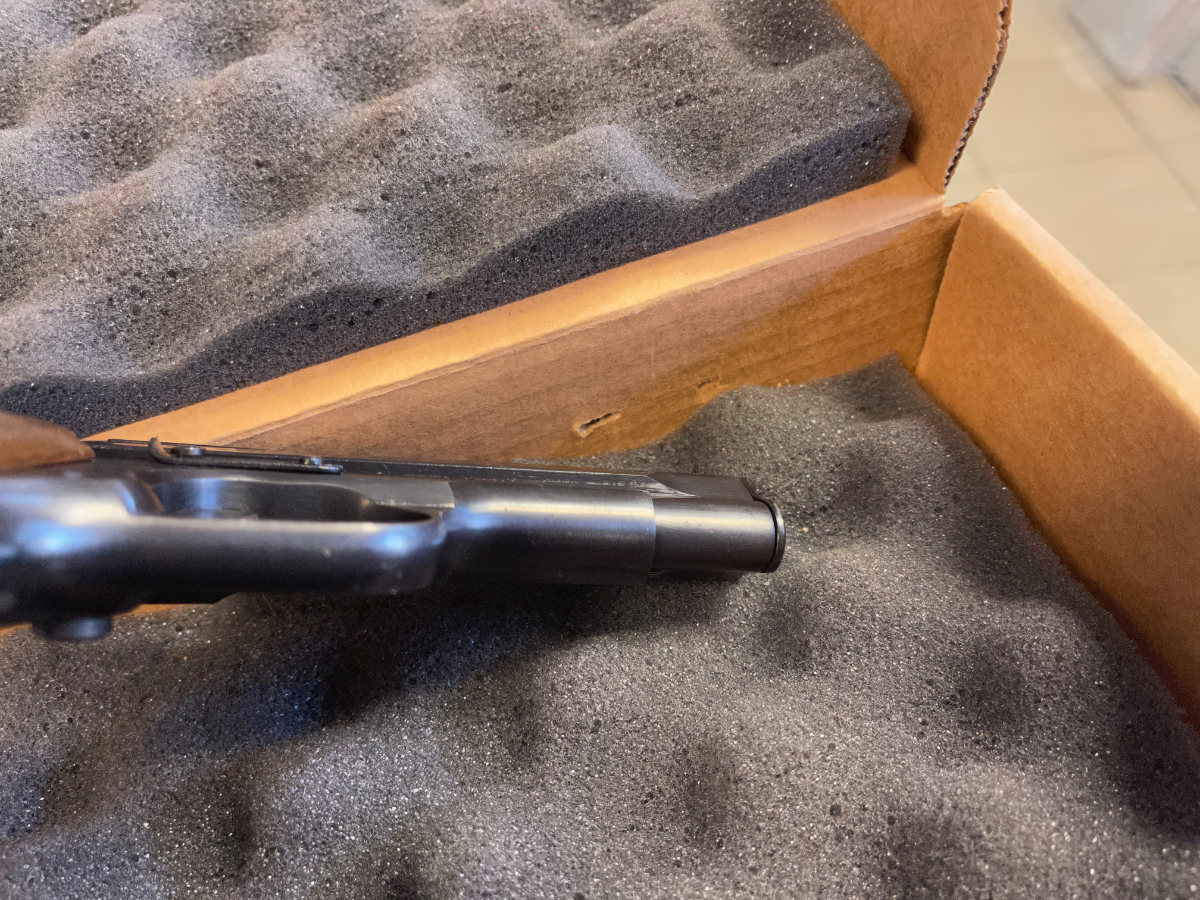


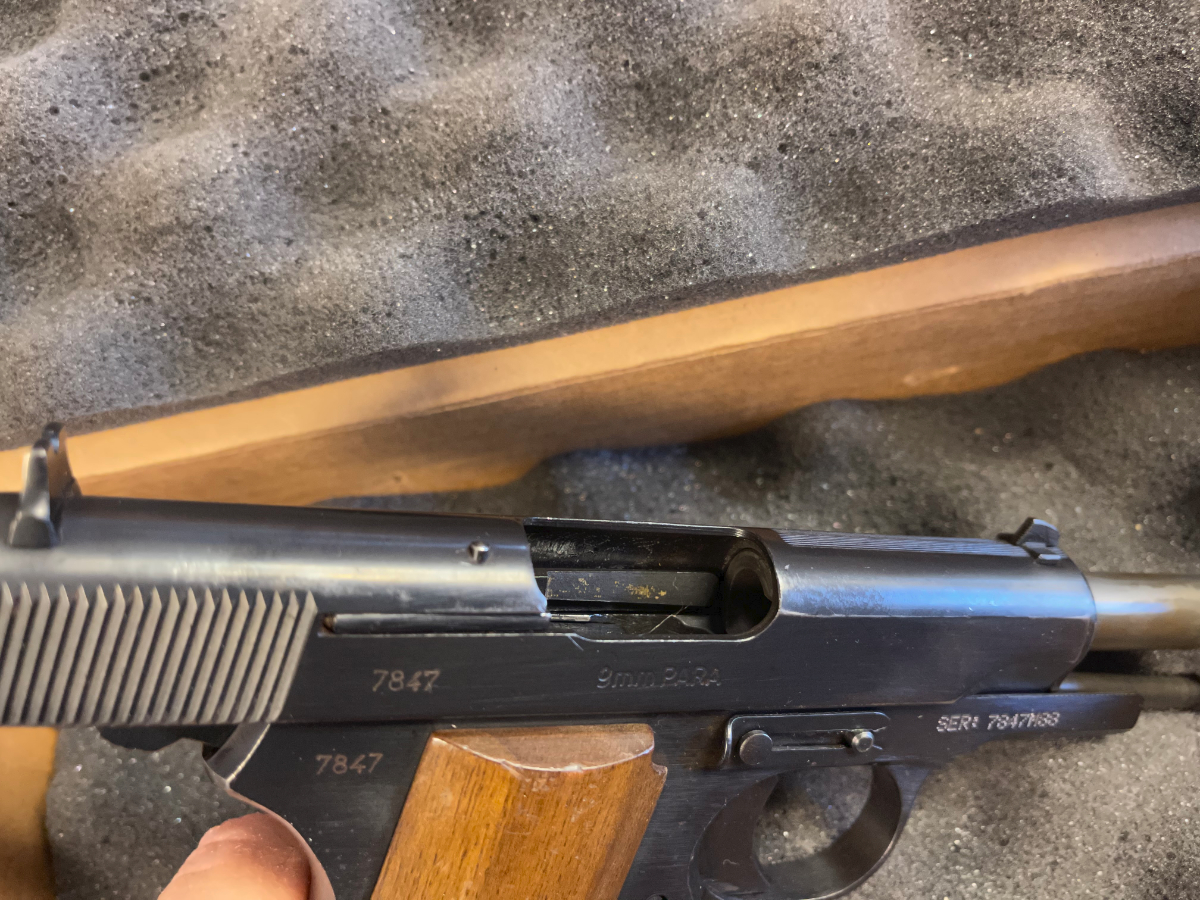

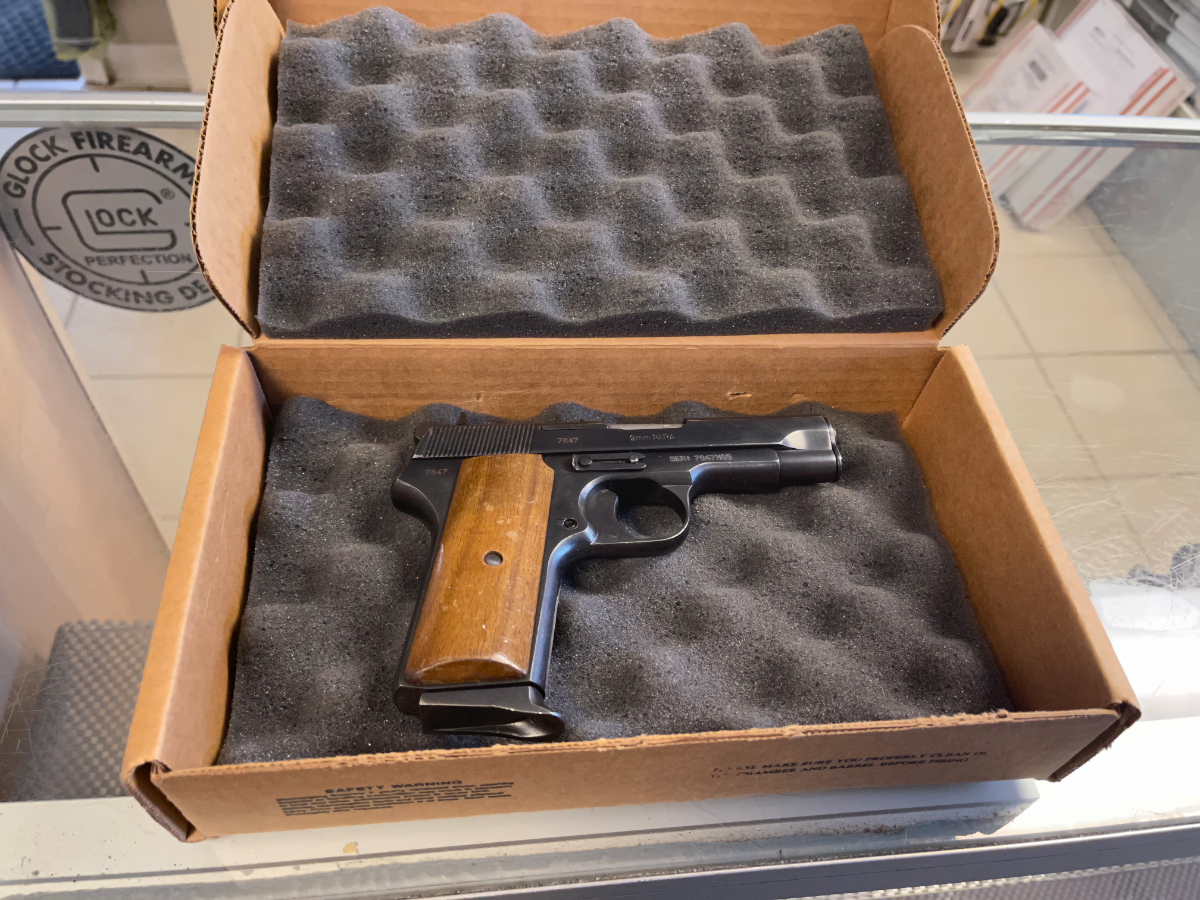

Browning began developing his .50-cal. machine gun when he was 63 years old. Shown above is an early water-cooled version. His air-cooled model armed every American aircraft in World War II and remains in use today worldwide. Image courtesy of Museums at Union Station.
Anything a person might want to learn about handling a John Moses Browning firearm can be found online. You can learn how to load, fix and shoot one, and you can study how it was used throughout history. From single-shot rifles for hunting elk back in 19th-century Utah to the M2 .50-cal. machine gun used to assault Taliban strongholds in 21st-century Afghanistan, Browning-designed firearms have been there and done that. What you couldn’t learn, until now, though, was how those firearms came to be invented—at least not in the words of the men who actually did the “inventing.”
While John Moses Browning came up with the ideas, the task of translating them into steel prototypes for manufacturers such as Winchester, Colt, and Fabrique Nationale in Belgium was a brotherly endeavor. In previously unknown early 20th century documents, Browning, his brother Matthew and half-brother Jonathan “Ed” describe that creative process in their own words. They allow a first-hand look into how Browning used his extraordinary ability to think in three dimensions to create mechanical systems ranging from tiny pocket pistols for self-defense to five-foot long aerial machine guns.
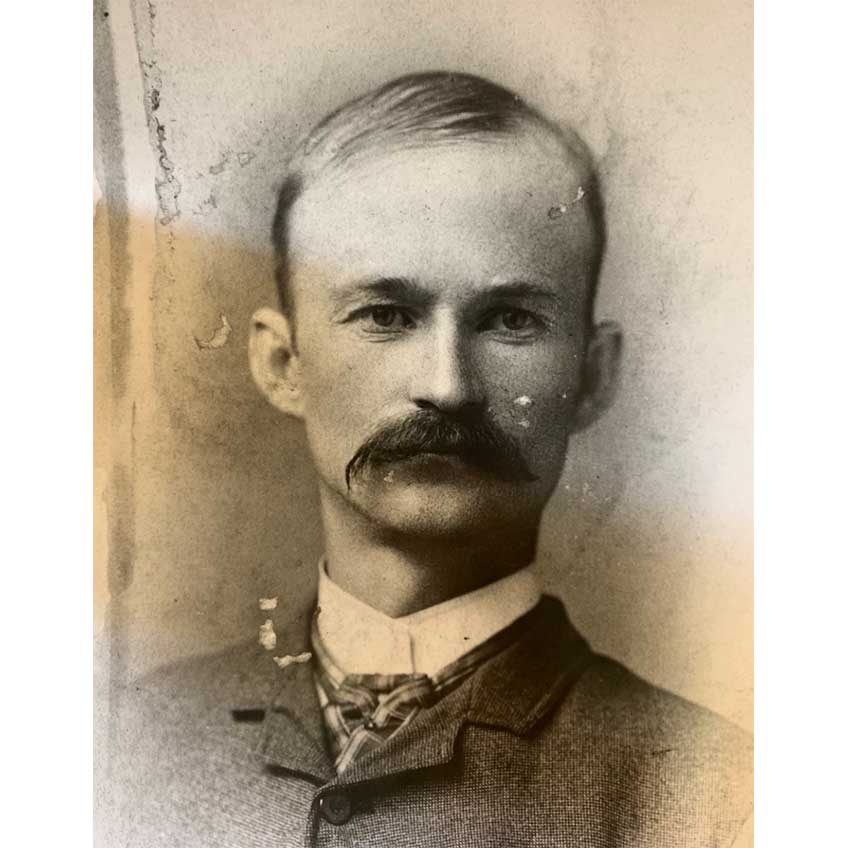
Browning’s impact on American firearm culture and world history can hardly be overstated. His light, accurate and famous Winchester “.30-30” hunting rifle and pump-action shotguns dominated the American market, while in Europe more than 1.25 million Browning pistols were sold between 1899 and 1914. In fact, a Serbian assassin used his Model 1910 to murder Archduke Franz Ferdinand and ignite World War I. Decades later, the RAF fighters that won the Battle of Britain were armed with Browning guns chosen for their remarkable reliability. Indeed, during World War II, every battle Americans fought on land or in the air was fought with Browning’s inventions: the 1911 pistol, the Browning Automatic Rifle, his tripod-mounted .30-cal. machine gun and the powerful, long-range M2. Some troops were even armed with a Browning shotgun design dating to 1893.
So how did he do it? To Browning, objects were ideas. He had the unique ability to visualize and manipulate objects in his head, enabling him to go from mind to metal. Remarkably, he never used blueprints. The modern world calls it “spatial thinking,” and we utilize a rudimentary version of that skill when packing a suitcase, as we fold shirts, pants, socks and jackets into shapes that fit the container. Advanced spatial thinking includes “mental rotation,” the ability to imagine three-dimensional objects and rotate them left and right or up or down. And then there is, “spatial realization,” involving “multi-step manipulations” of the objects in your mind.
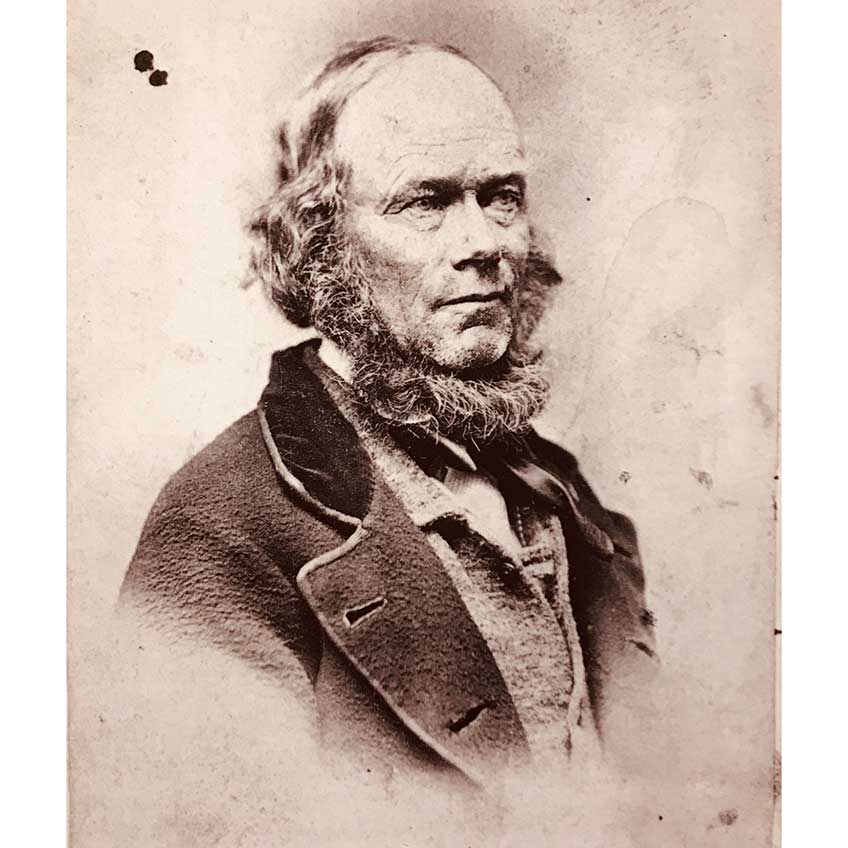
For John Browning, that native skill was amplified by years spent working in the frontier town of Ogden, Utah, under the tutelage of his father, gunsmith Jonathan Browning. In 1865, at age 10, the young inventor built a primitive shotgun out of abandoned gun parts, only to be scolded by his father—not for stealing scarce powder to shoot three wildfowl but for making such a crude weapon.
Thinking through a new firearm mechanism could be a slow process. Granddaughter Judy Jones Browning, whose father was Browning’s youngest son, Val, said that her mother, Ann, watched her father-in-law sit lost in thought during evening visits, tapping his fingers on the side of his bald head, watching mechanisms working in his mind, “until he drove my mother crazy.”
Because none of Browning’s American-made firearms carried his name, the public first encountered him in World War I, when the Army adopted his Browning Automatic Rifle and .30-cal. machine gun. The popular press labeled him the “Thomas Edison” of firearms, though unlike Edison, Browning sought no publicity. He never gave a formal interview, and he kept no diary. After his death, there was no documentation of his work for historians to pore over. Browning left no drawings or blueprints because he never used them. Exactly how a Browning idea became a working firearm had never been fully understood.
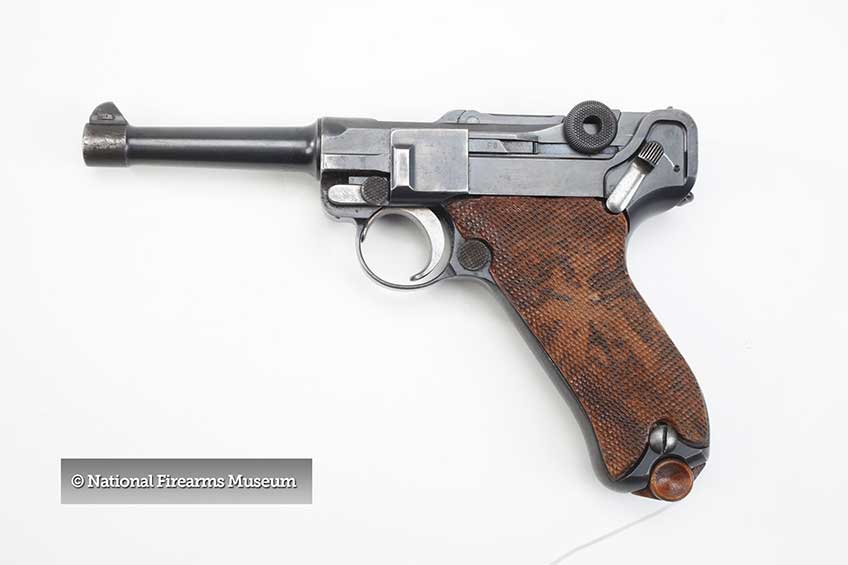
It can be now, thanks to documents from the 1900s when one of Browning’s rare design failures ensnared him a lengthy patent dispute with Georg Luger, who developed the German slant-grip pistol that became the favorite souvenir of World War I doughboys and World War II GIs. The brawl was over a small metal shape that acted like a cam and that Luger used to reduce the size of the gun’s toggle-link action and so turn it into a svelte example of early 20th century engineering. The problem was that Browning had gotten there first and used the same idea in a prototype for an autoloading shotgun—and he had already filed for a patent. Fearing a threat to his pistol sales, Luger declared that Browning stole the idea from him. It was a preposterous claim—as Luger’s attorney all but admitted and as the U.S. Patent office ruled—nevertheless, the result was an eight-year legal brawl that required the Browning brothers to testify, under oath, about how they worked.
Those depositions, combined with newly available letters Browning wrote to his patent attorney, lay out the process. His first step was to design a breech mechanism. “With me, the breech closure is the initial point, everything else is designed to conform to it,” Browning wrote in 1900. What he learned making one firearm was applied to the next, and he went back and forth between projects. While thinking through a new design, he’d make rough sketches in a sort of graphical shorthand. “He can tell what he wants from the sketches, but no one could work from them,” his brother Matt told Luger’s attorney in 1901
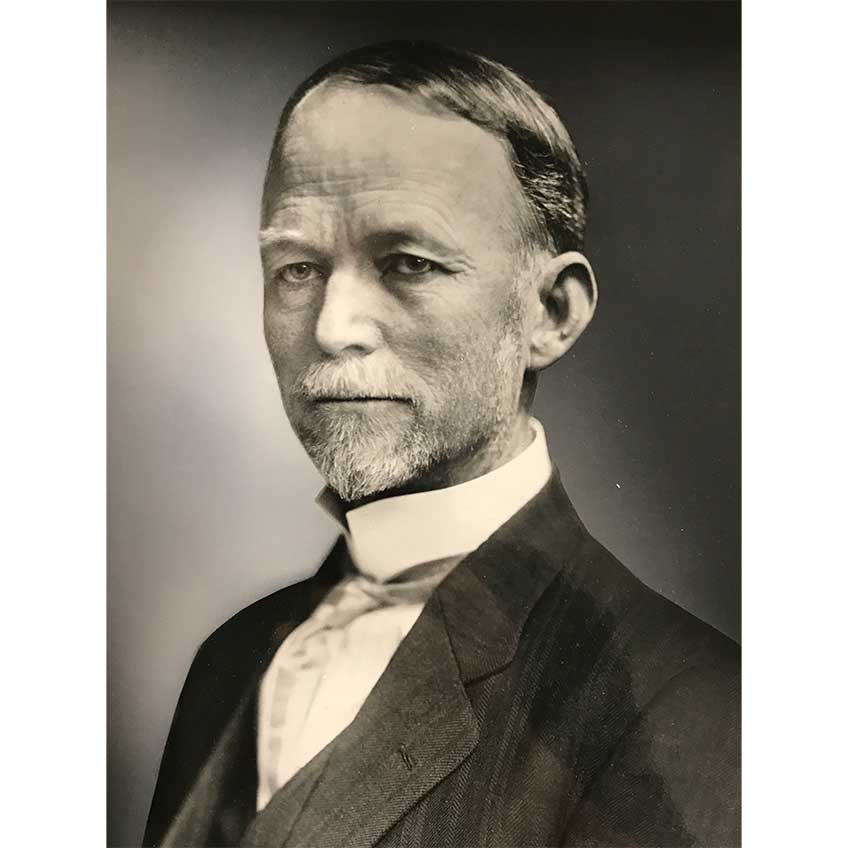
“My brother does not make working drawings,” Matt said, “After he has made sketches and has got the shape of the parts in his mind, he usually makes a templet or plate of steel, the shape of the receiver. Then he drills holes and cuts grooves and rivets pieces on this plate, then makes the breech parts in a skeleton form, so he can see how the breech parts co-act with one another … he always being present tells how wide to make the cuts and how thick to make the parts.” Note Matthew’s language: Browning “tells” someone how to cut the steel. Who did he tell? Occasionally Matt, but usually their half-brother Ed. “I have done the biggest part of the work, that is, the manual labor on all of them, and construct the models and guns,” Ed said.
Jonathan “Ed” Browning had the same father as John and Matt but a different mother. Their father, Jonathan, was a Mormon with three wives. His second wife, Elizabeth, gave birth to John and Matthew, and his third wife, Ann, was Ed’s mother. Ed left a job at Ogden’s railroad yard in 1879 to join John and Matt’s gunsmithing and sporting-goods business, where he proved himself a talented machinist. By 1887 he—not John Moses Browning—was mostly responsible for churning out the dozens of Browning’s prototypes.
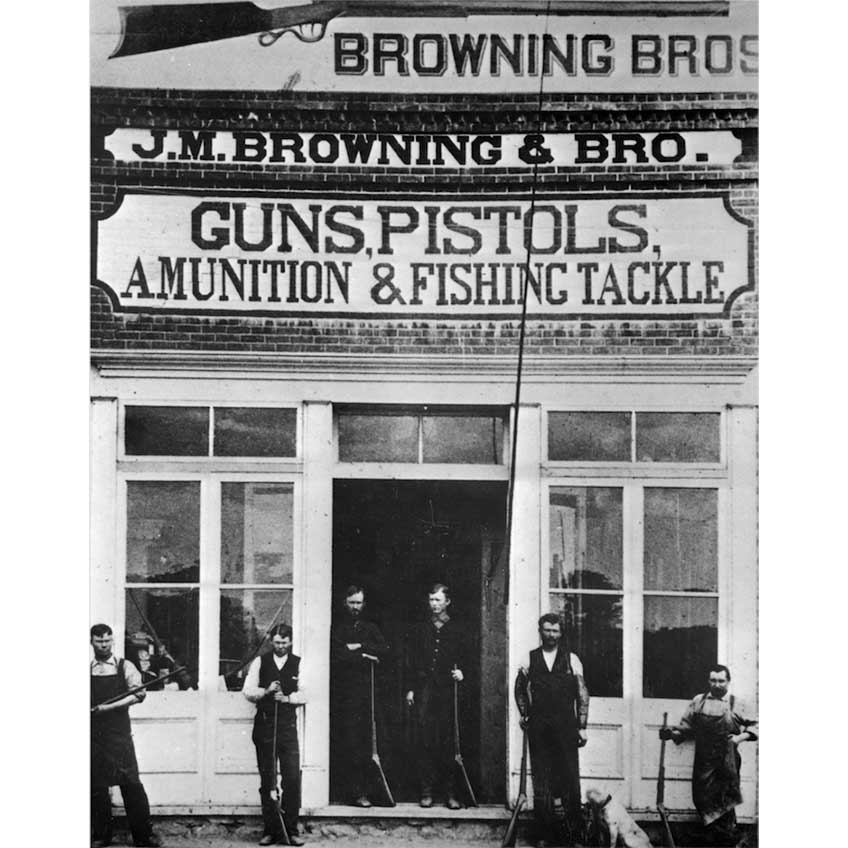
Indeed, as Browning told Luger’s attorney he only “assisted in making the model” shotgun, before adding, “Of course, I invented it.” John literally stood at Ed’s shoulder as he worked, John thinking and Ed making. While Browning had the ideas, Ed’s role likely gave him the opportunity to act as editor to John’s ideas as they were turned into steel.
Indeed, as Browning told Luger’s attorney he only “assisted in making the model” shotgun, before adding, “Of course, I invented it.” John literally stood at Ed’s shoulder as he worked, John thinking and Ed making. While Browning had the ideas, Ed’s role likely gave him the opportunity to act as editor to John’s ideas as they were turned into steel.
“Every cut that we made we discussed whether that is right or not,” Ed said, “and every part is looked at and talked over a great deal … to make it and make it over again may be as high as three times, probably—possibly more than that—before we leave it … to determine whether they are strong enough, whether they are heavy enough, or too heavy, and possibly a part won’t do and we have to throw it away. And once in a while my brother John M. would get stuck, and would have to take some time to get it straightened out.” Ed said he never worked on a John Browning design when the inventor was on one of his lengthy trips to the Colt and Winchester factories or the FN complex in Belgium, but when they bent over a work bench, their minds synced together. An American army officer who worked with John and Ed at the Colt plant in Connecticut confirmed as much in a letter, writing, “Both had told me how the one got an idea and the other put into metal the thoughts of the other.”
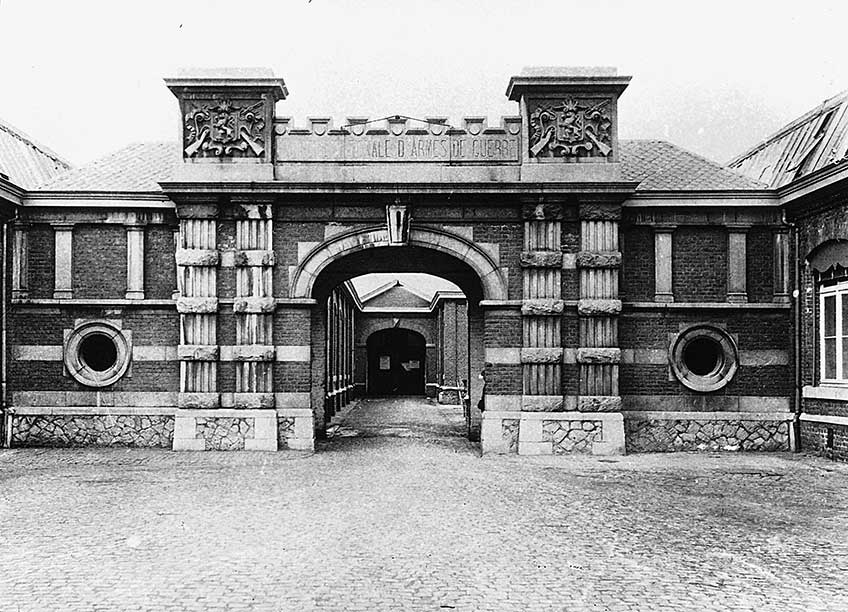
Browning’s own testimony was largely spent refuting Luger’s claims of theft. He dismissed Luger as a one-gun wonder. “In fact, Mr. Luger has not made many inventions, to my knowledge … the pistol is all that I know of Mr. Luger ever having done in the way of inventions and firearms.” In a later court document Browning said the German may have stolen the toggle-link innovation from him. Of course another possibility is that both men, one in America, one in Germany, hit on the idea independently.
Once completed in the fall of 1898, Browning’s five-round, toggle-link shotgun prototype did not sit idle. Financial success allowed Browning to test each step of a design by firing hundreds or thousands of shells while watching and listening for a hiccup or a pause that signaled a faulty part or dimensional error. Friends and shooting partners took the shotgun trap shooting and hunting and remarked on the toggle-link action. On one day, Browning recruited 32-year-old soda pop bottling manager James H. Emmett to help test. “Browning was shooting it, and I was throwing objects for him to shoot at, and I was shooting it and he throwed up for me while I shot it.” Emmett was fascinated. “One of the most forcible (sic) things about it, I know when I got through shooting it the last shot, these here things,” and he pointed to the toggle links, “would stick up in front of your eyes.”
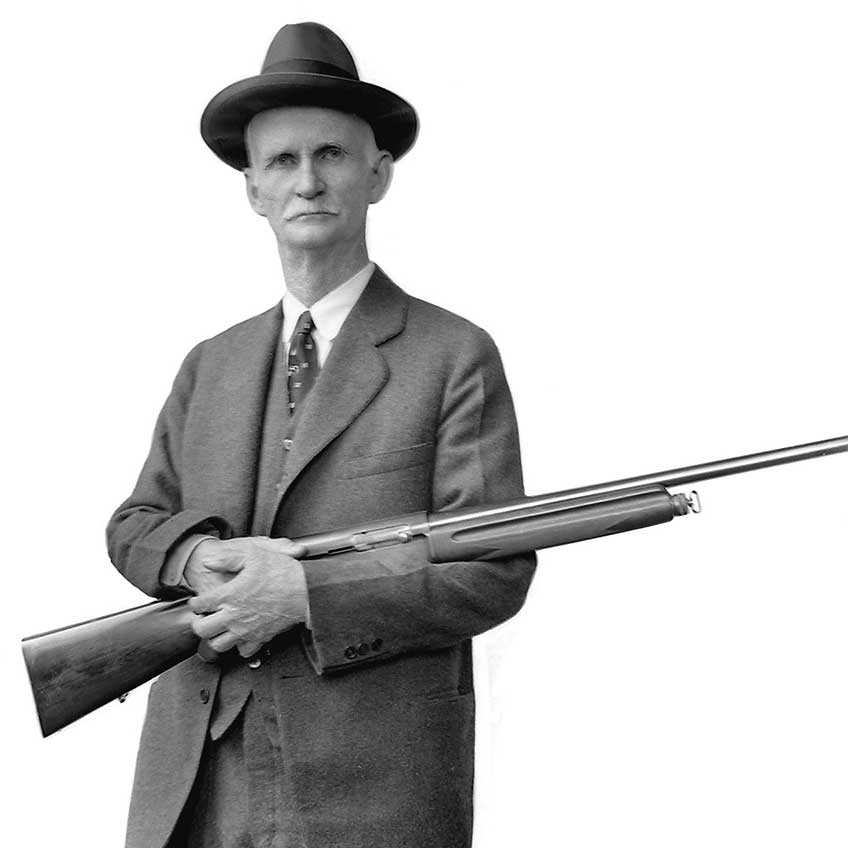
History has shown that the toggle link action was a developmental dead-end. Browning sent his prototype off to Winchester, which found his gun unworkable, and no modern firearm uses the action. Never at a loss for ideas, Browning had, in fact, abandoned the concept while he and Luger were still in court. By 1901, he was completing work on a totally different mechanism for what became known as the Auto-5, the long-recoil autoloading shotgun with the notable “hump.” Browning licensed the patent to FN in Belgium after Winchester declined Browning’s financial demands. That rejection has been called the worst decision in Winchester’s history, but exactly why and how that happened has long been misunderstood. Recently uncovered archival documents and letters correct the details of that and other significant events in Browning’s life, including his discovery by Winchester in 1883 and his later association with FN, which began years before the commonly accepted date of 1902. Of what there is no doubt is the success of the Auto-5. It became one of the best-selling hunting and sport shotguns ever produced. Indeed, so many have been made—4 million at least—that a production estimate is guess. As his grandson Bruce W. Browning once wrote, “Production figures on this gun cannot even be estimated … it has been copied by manufacturers in so many countries.”
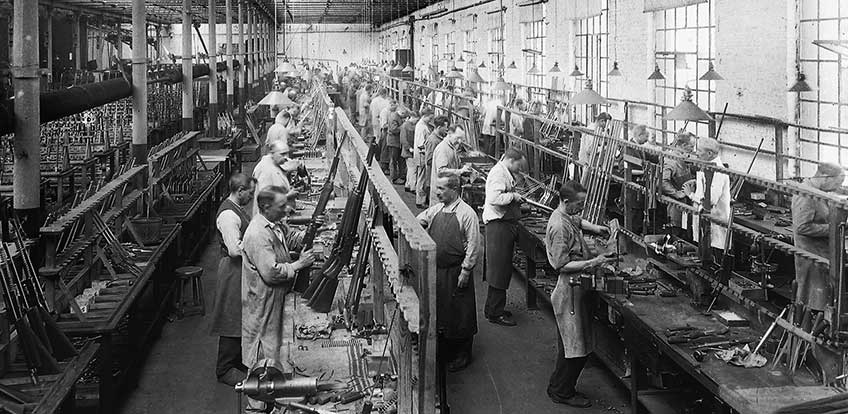
As for the patent dispute, the case produced a mixed result. Browning was initially declared to be the first inventor, and so in 1903, he and Colt sought to halt Luger’s American sales. That case dragged out until in 1908 when a federal appeals court ruled that neither Browning—nor, by extension, Luger—could claim to be idea’s originator, so Luger was free to continue selling his popular gun. Adding insult to injury, Browning and Colt were ordered to reimburse Luger’s legal fees. Browning was right about Luger in one respect, however. The German inventor only produced one successful firearm (and that built on the work of Hugo Borchardt.) Browning in the meantime went on to create the Colt 1911, his two famous machine guns, the Woodsman target pistol and the automatic rifle, among other arms.
John Browning went on inventing until his death at the FN plant in 1926. On that final trip to Belgium, he was accompanied for the first time by his wife, Rachel. The day after celebrating Thanksgiving in a Liege apartment with his son Val and daughter-in-law Ann, the inventor walked up the short flight of stairs to the FN offices and soon thereafter suffered a heart attack and died. He laid in state in company’s boardroom, where a plaque honoring the inventor can still be seen.
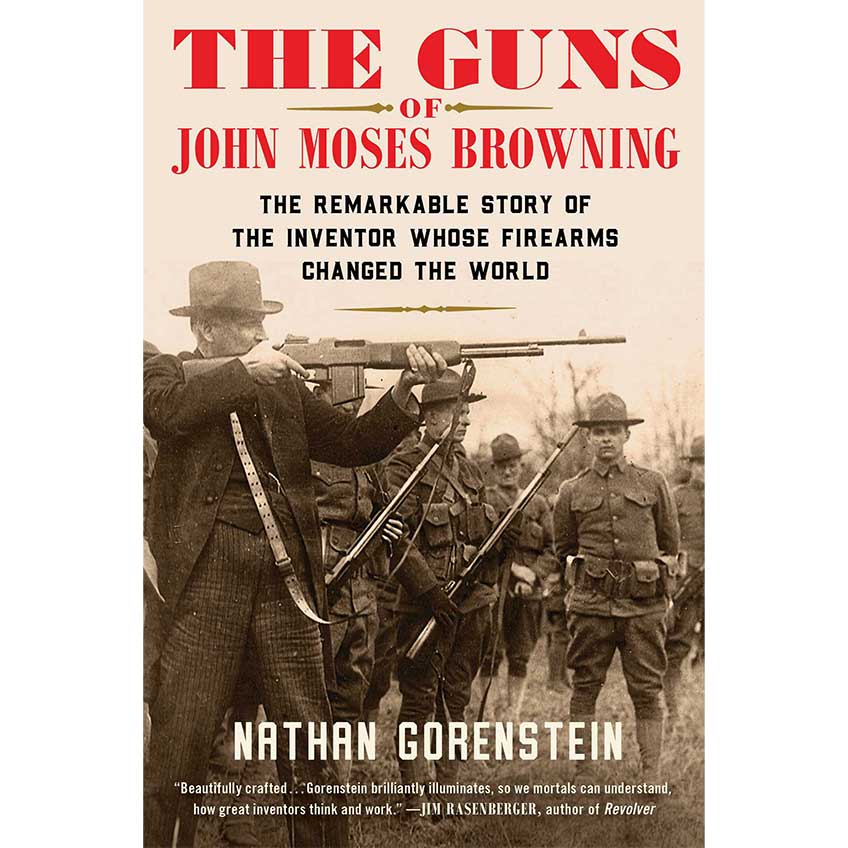
The Guns of John Moses Browning
Scribner Books’ latest offering, “The Guns of John Moses Browning” by Nathan Gorenstein, highlights the story of one of the most influential firearm inventors in history. The new book dives into the background of Browning’s incredible genius, highlighting his self-taught background and his ability to “think in three dimensions” that allowed him to create revolutionary firearm designs without relying on blueprints.
In its 320 pages, the book covers the life of John Moses Browning, from his birth and early years on the American frontier in Ogden, Utah, to his death in November 1926 at his Fabrique Nationale office in Belgium. Along the way, readers are treated to an in-depth look at Browning’s development process, as well as historical anecdotes where Browning’s guns played a role in many of the momentous events of the 20th century.
Gorenstein’s work strikes a balance between accessibility and lavish detail, and the end result is a book that informs those unfamiliar with firearm mechanisms while providing tantalizing details not known to even the most serious firearm enthusiast. The prologue opens with a 19-year-old Gavrilo Princip and accurately describes the operation of his FN 1910 pistol, a Browning design, as he fires the fateful shots that kill Archduke Franz Ferdinand and his wife, Sophie. Another chapter takes readers behind the scenes as Gorenstein reconstructs the development process of Browning’s gas-operated machine gun. You’ll learn about how a single sprig of sweet clover inspired Browning to head back to his shop and start experimenting with his .44-cal. Winchester lever-action rifle. The results of his experimentation would change warfare and the world forever. Toward the end, readers are treated with tantalizing details of the items Browning left following his death, including a .22-cal. target pistol, two semi-automatic shotguns of his own design and a single .22-cal. rifle.
